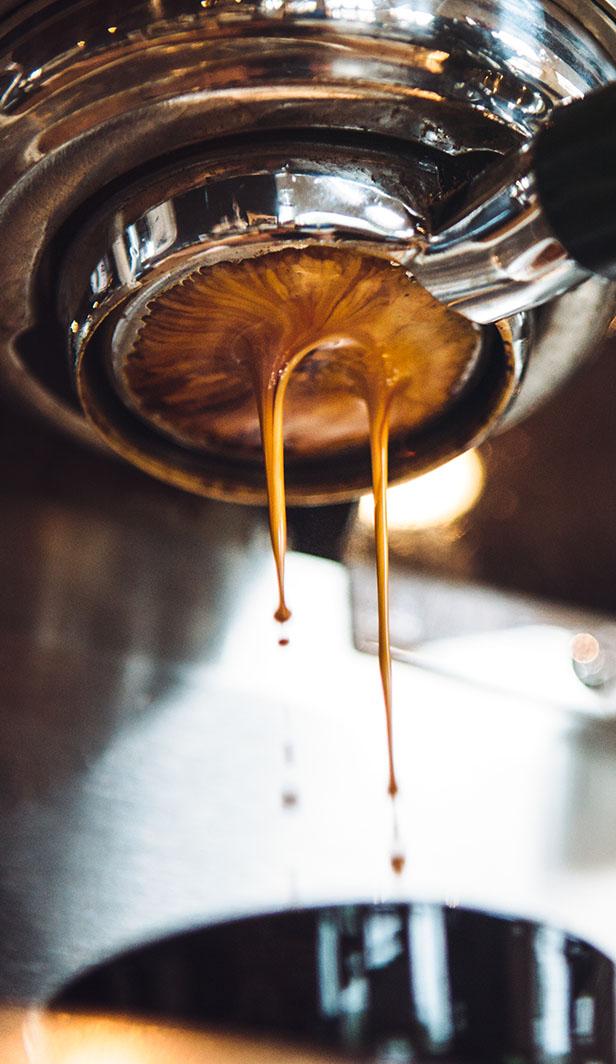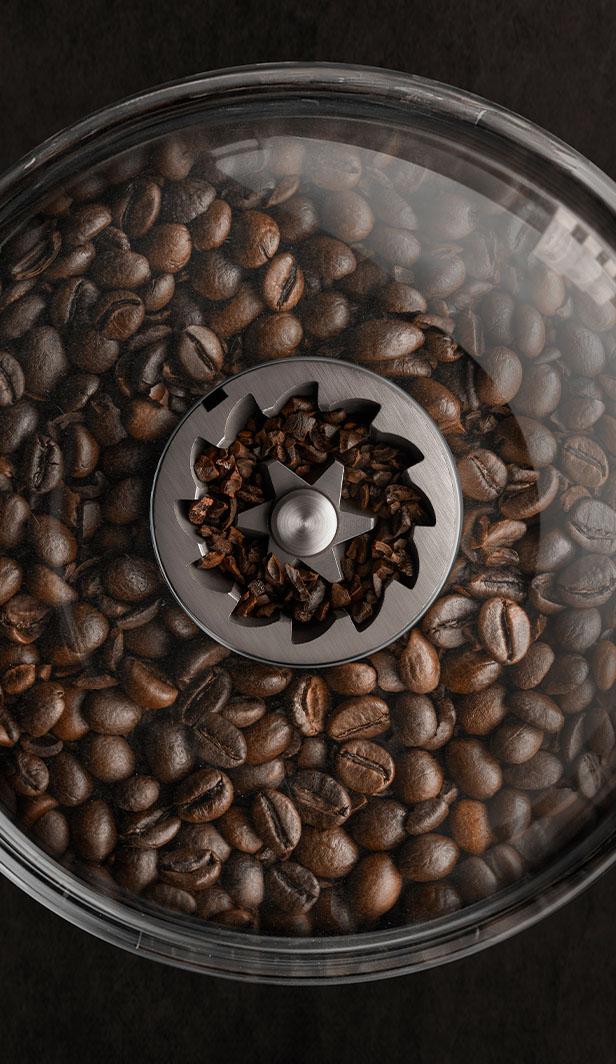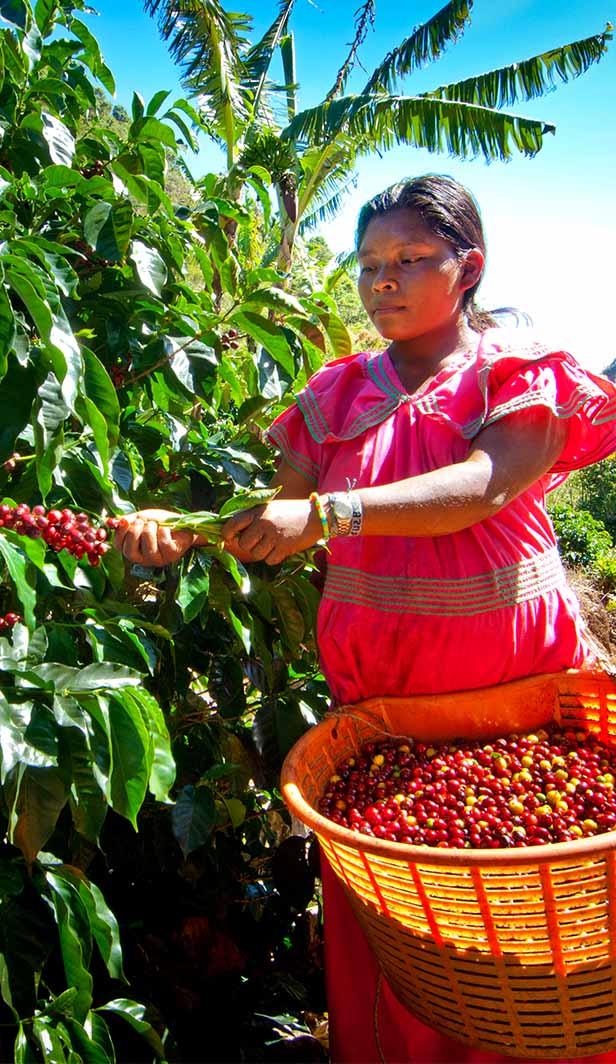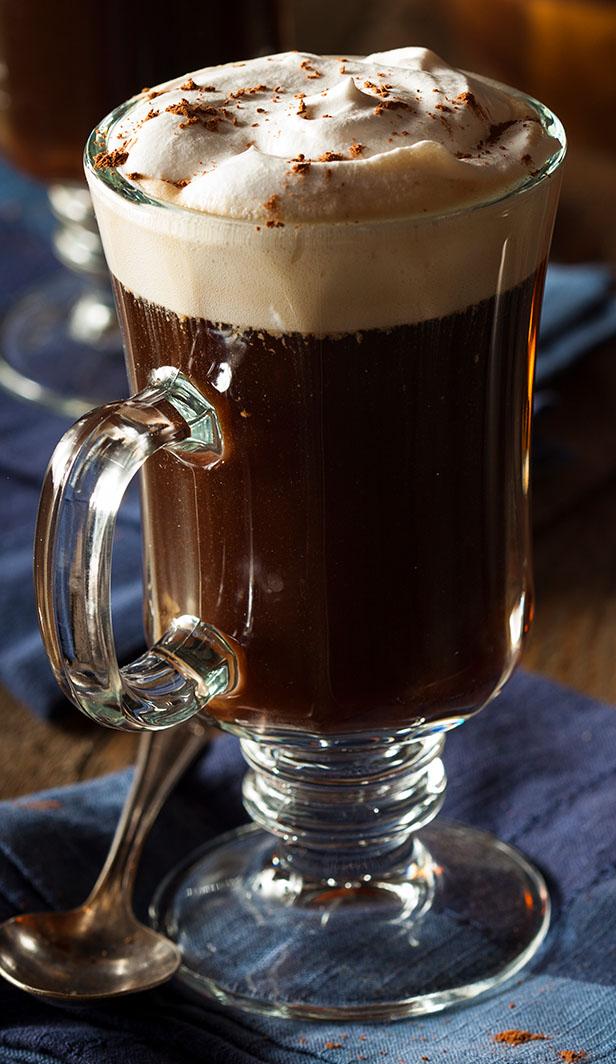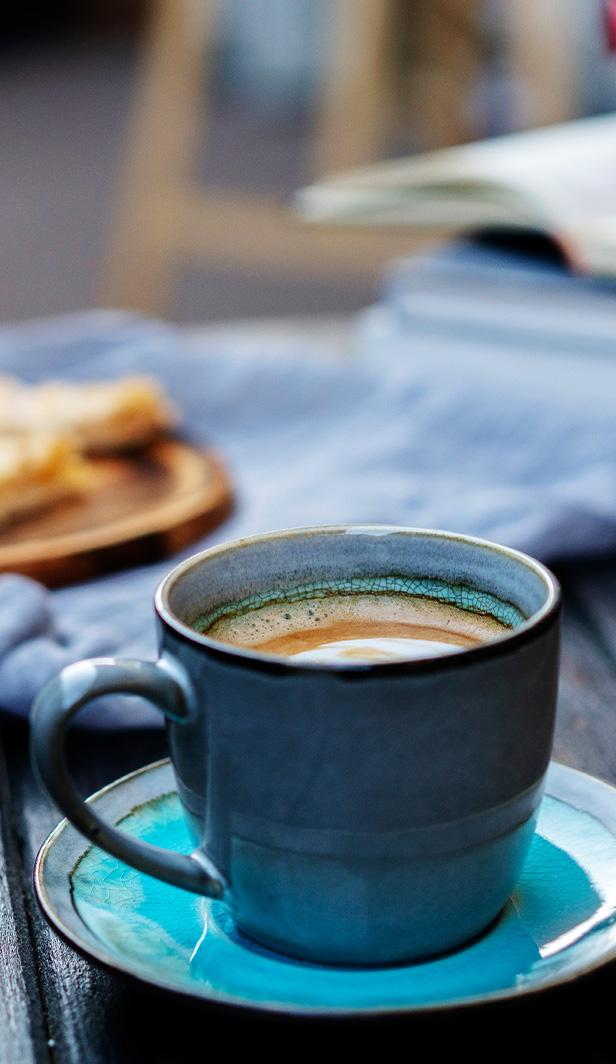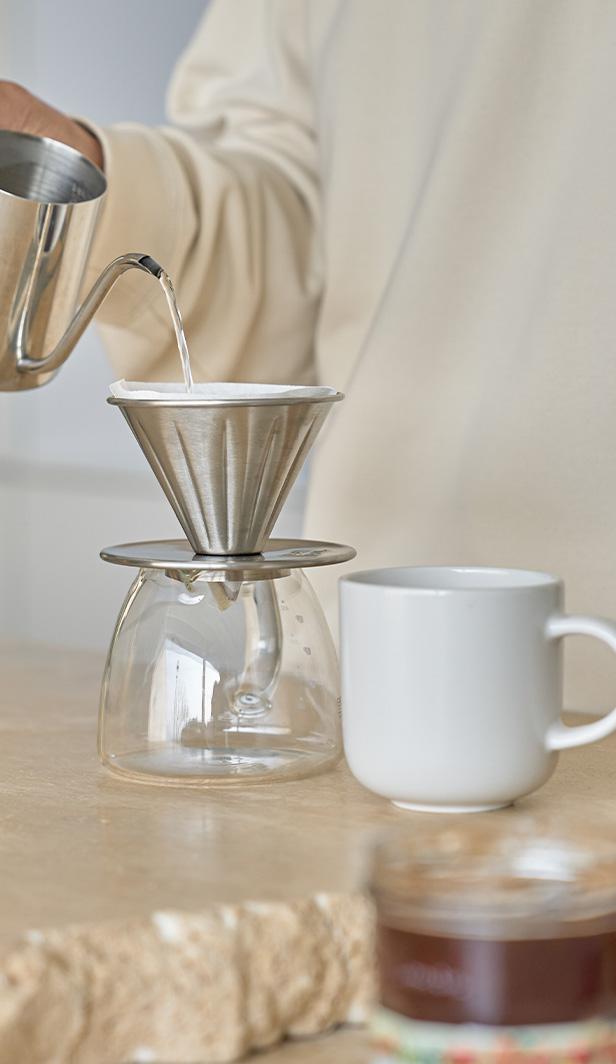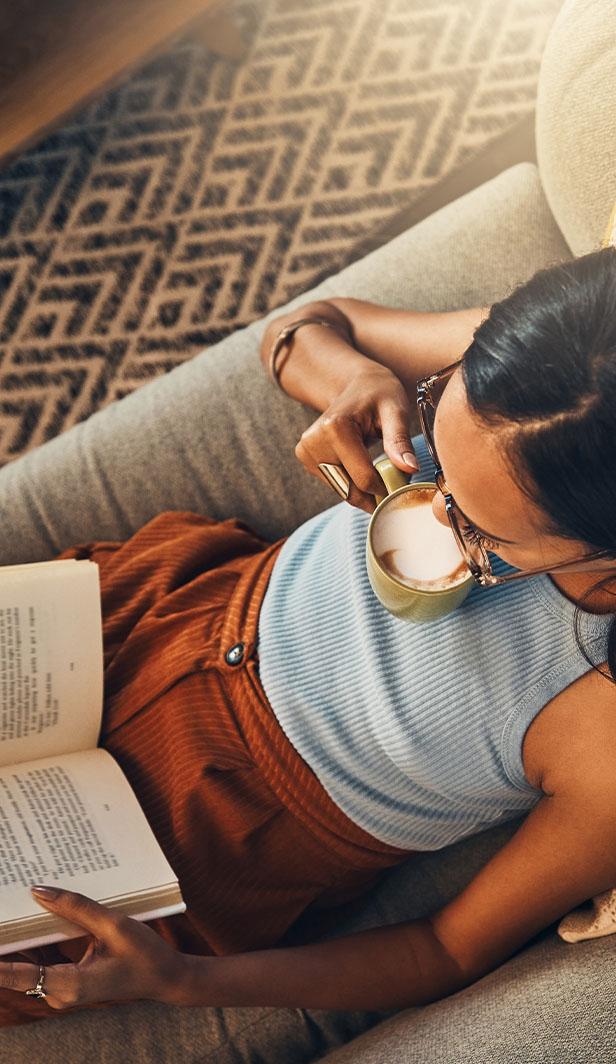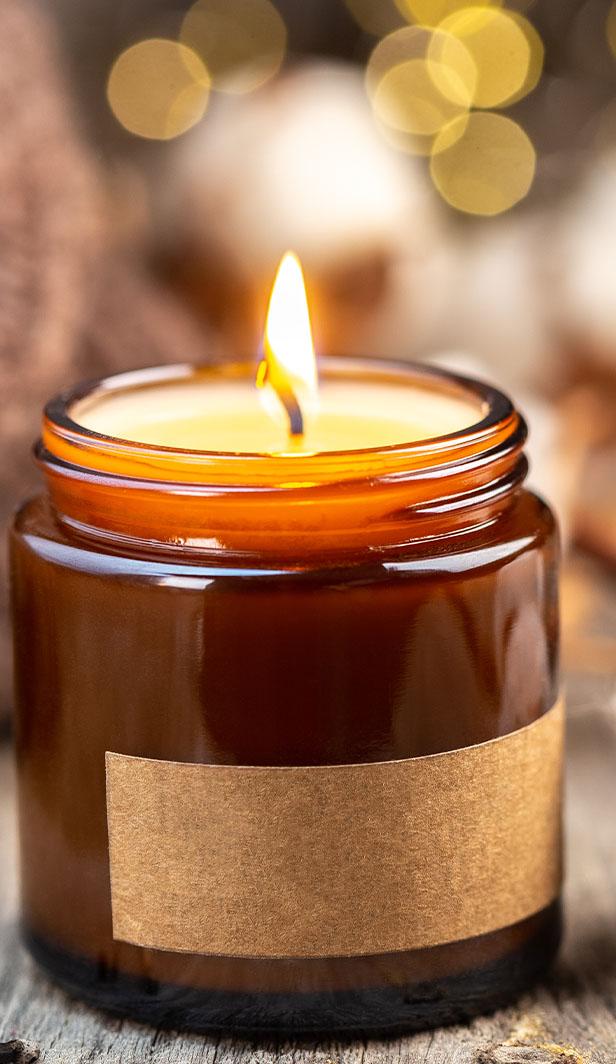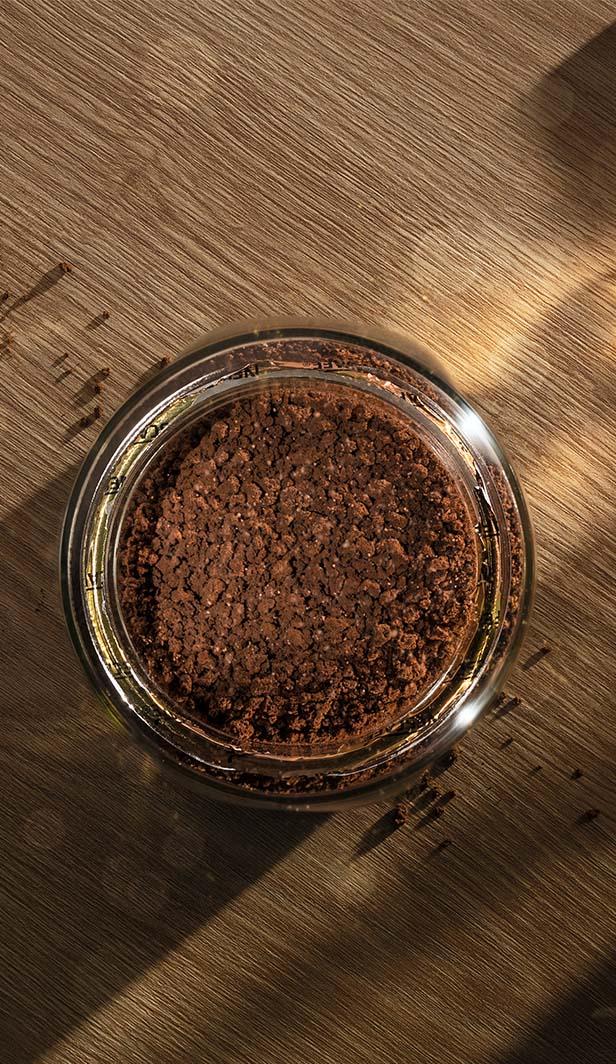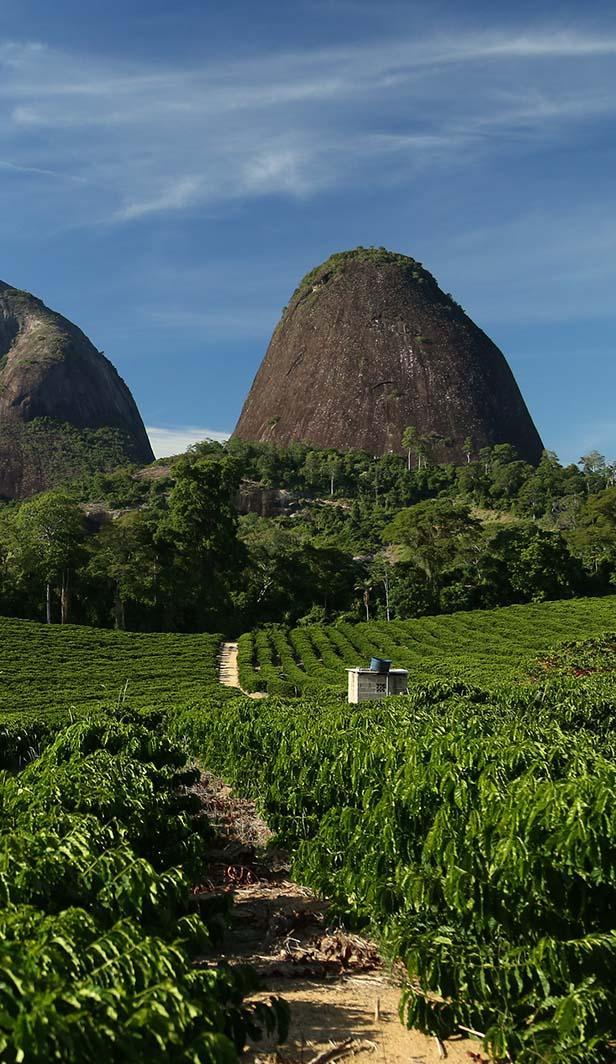Top 10 Coffee Flavours And Syrups
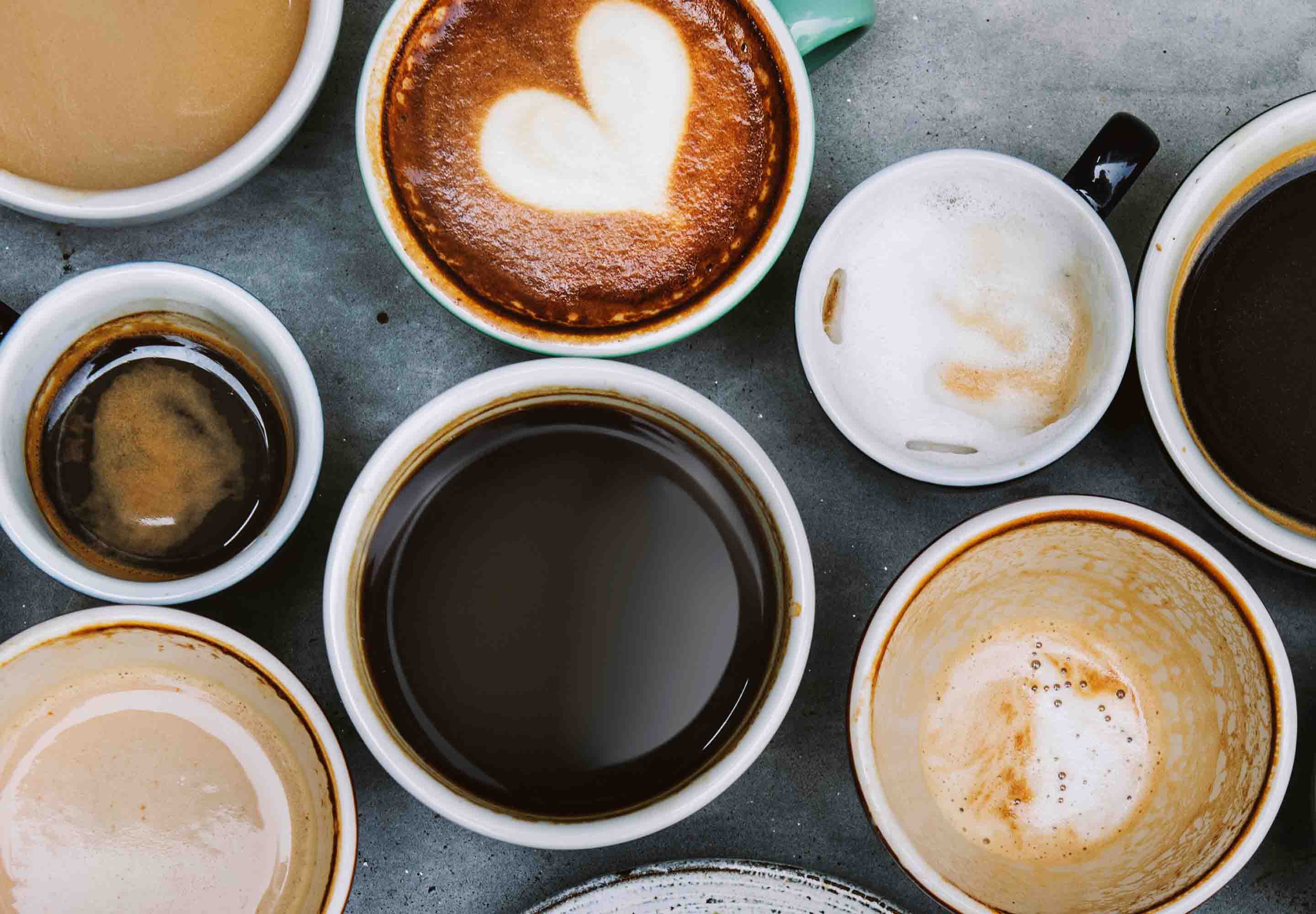
1. Coffee with caramel syrup
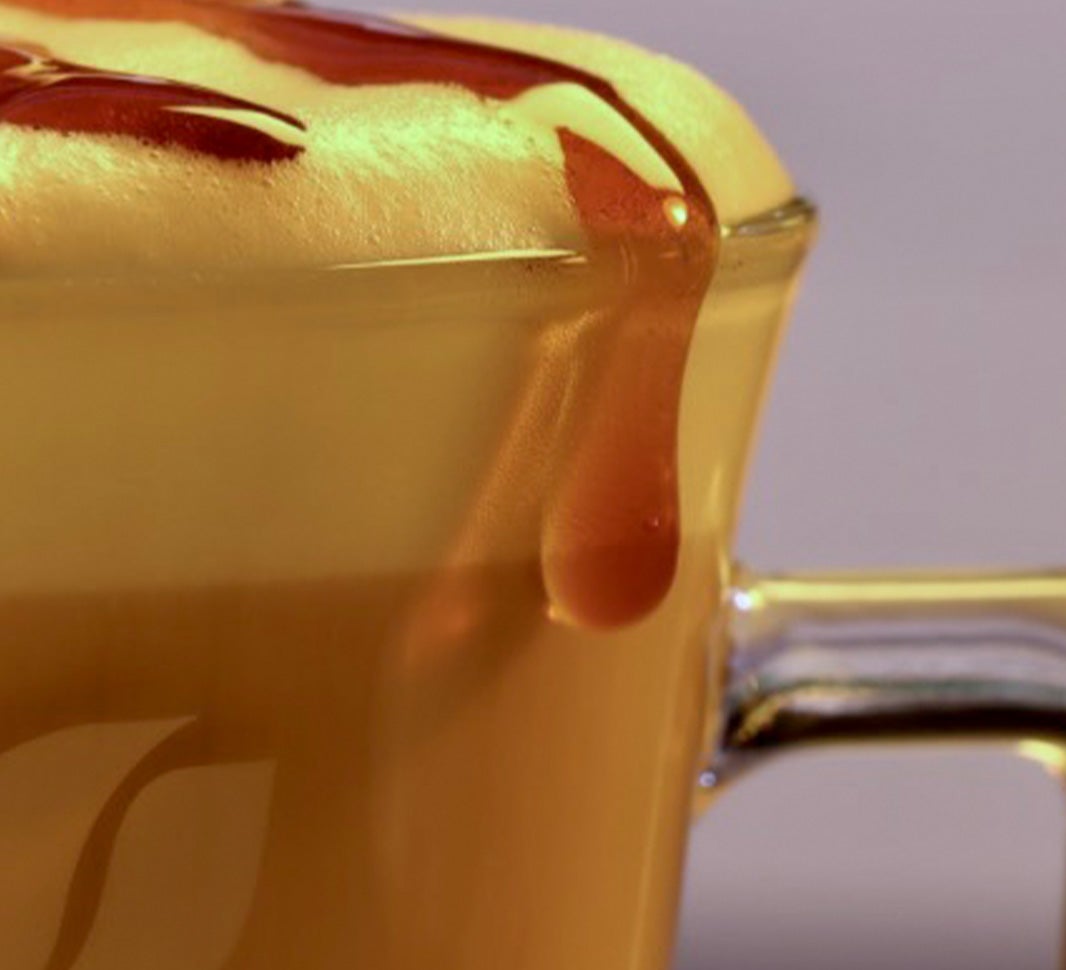
2. Coffee with vanilla syrup
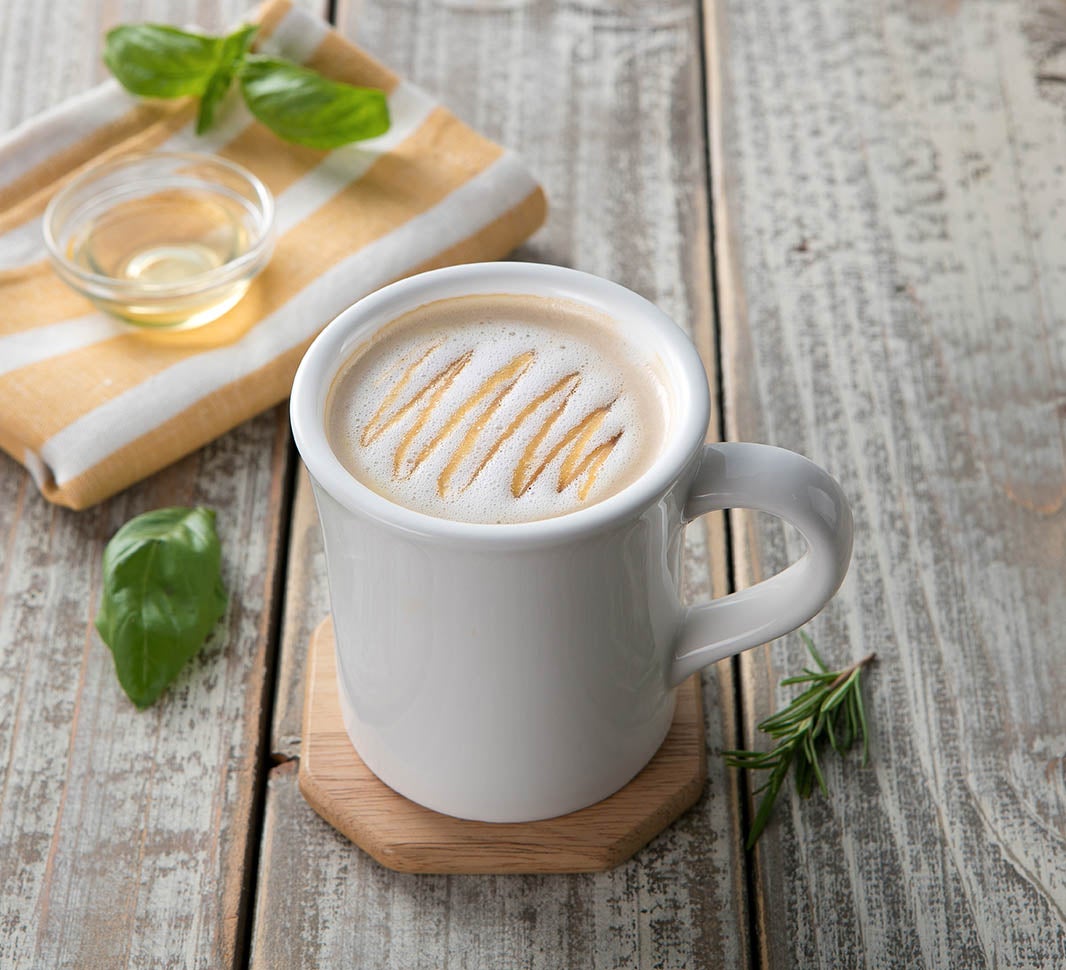
3. Coffee with chocolate syrup
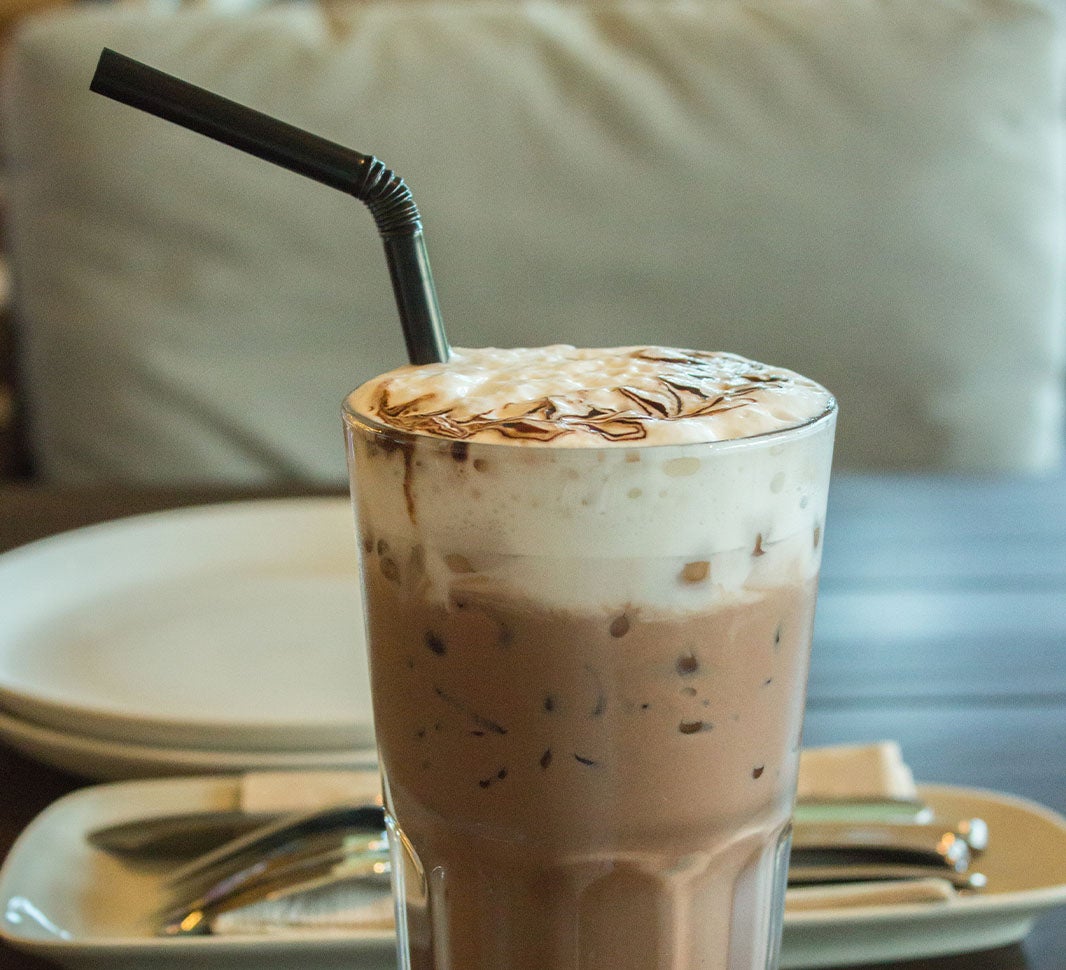
4. Coffee with hazelnut syrup
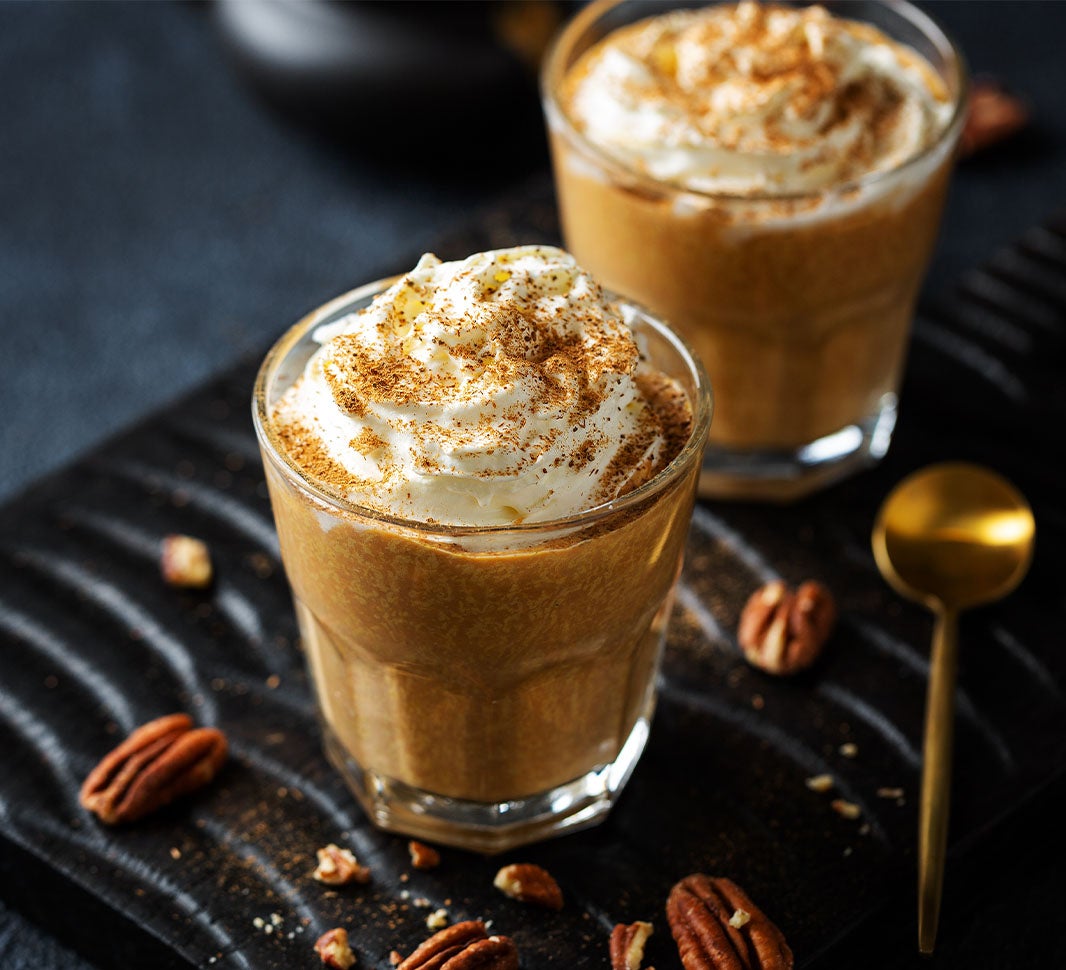
5. Coffee with toffee syrup
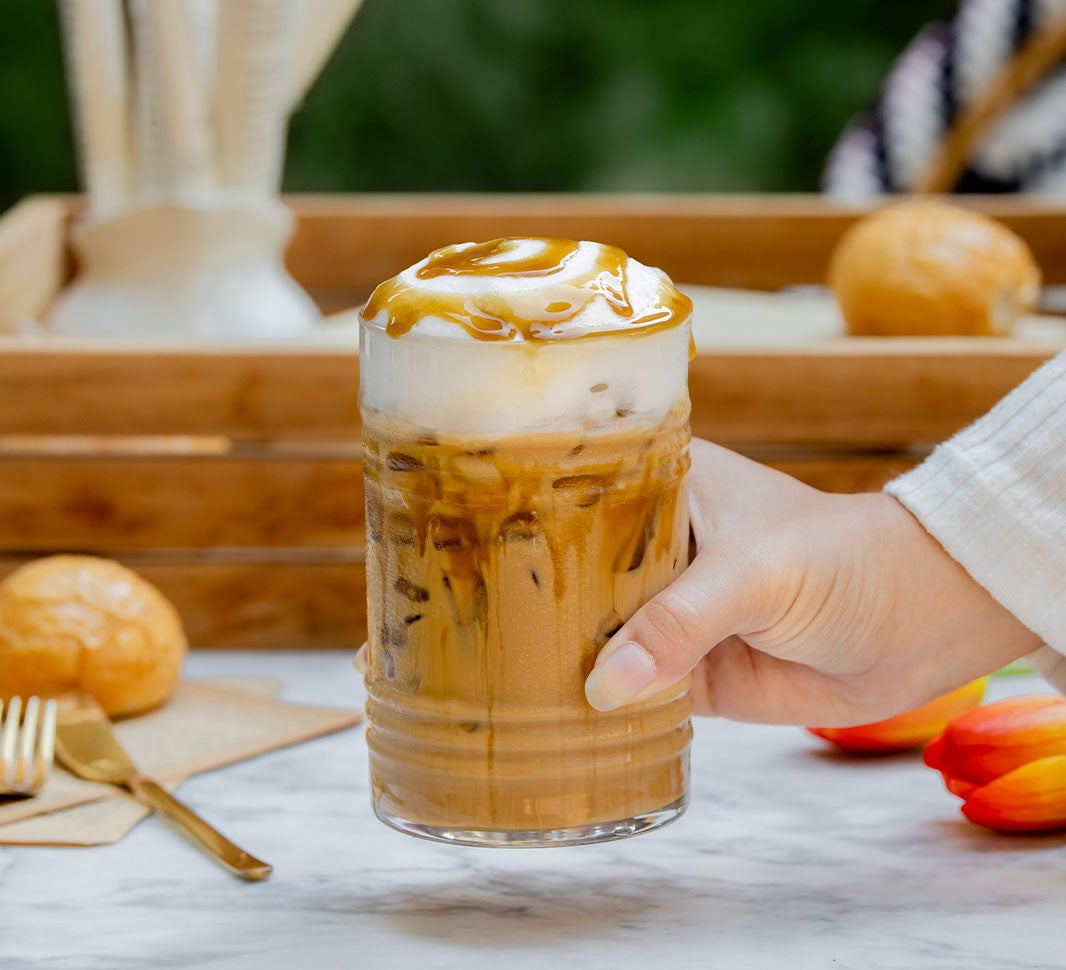
6. Coffee with cinnamon syrup
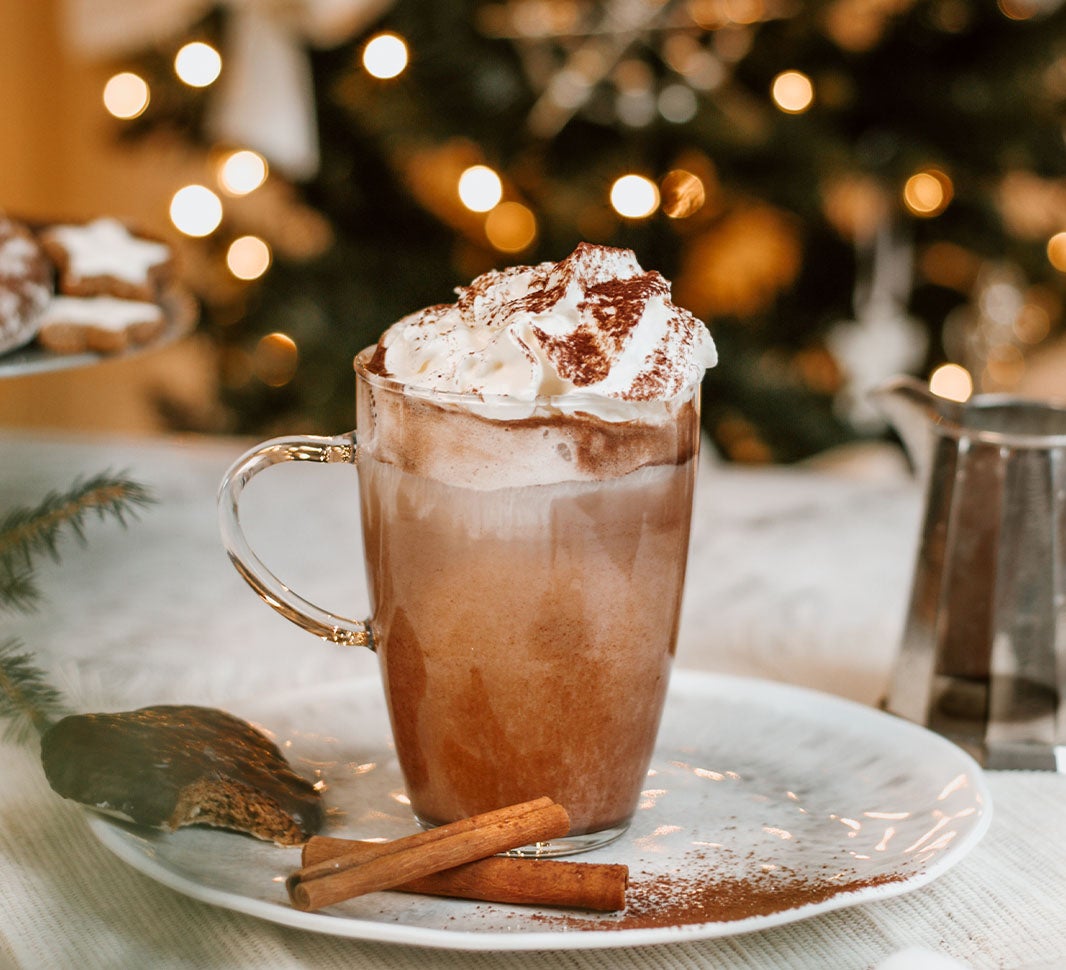
7. Coffee with mint syrup
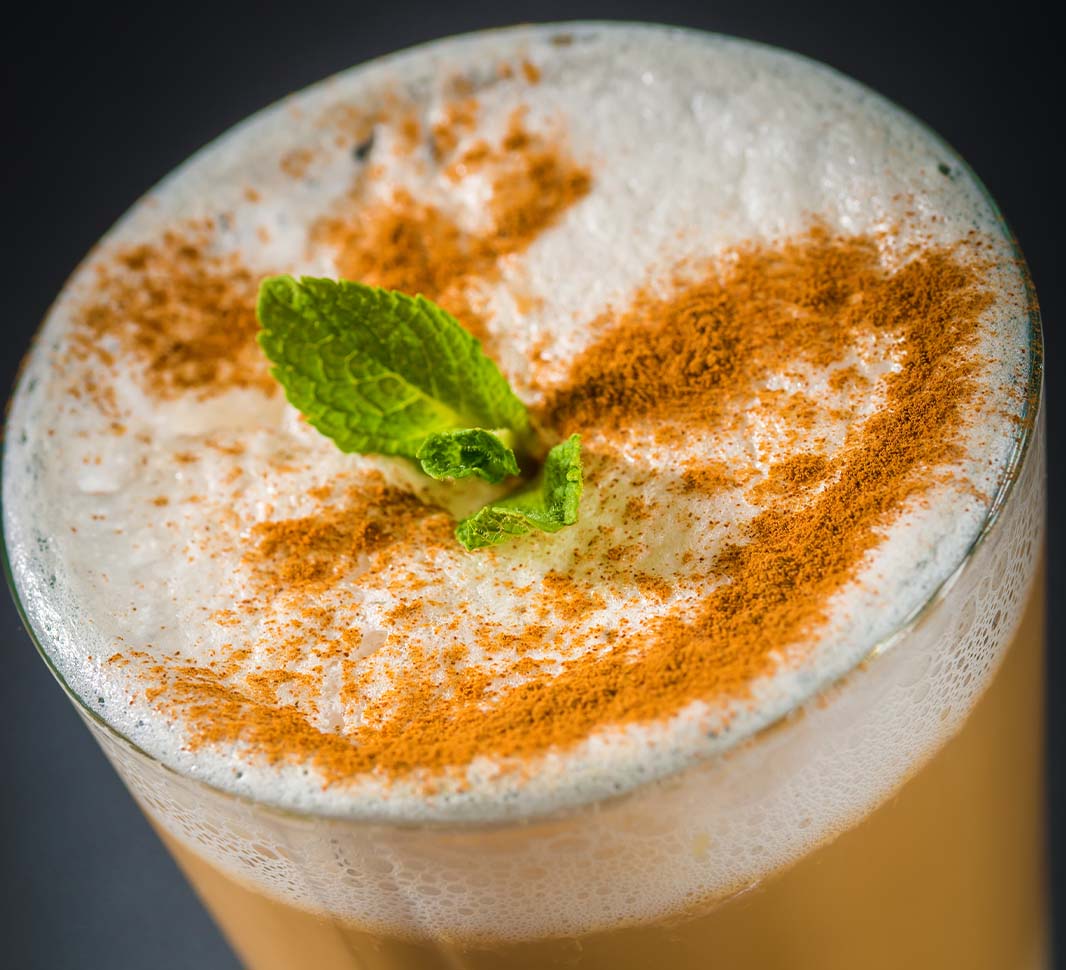
8. Coffee with raspberry syrup
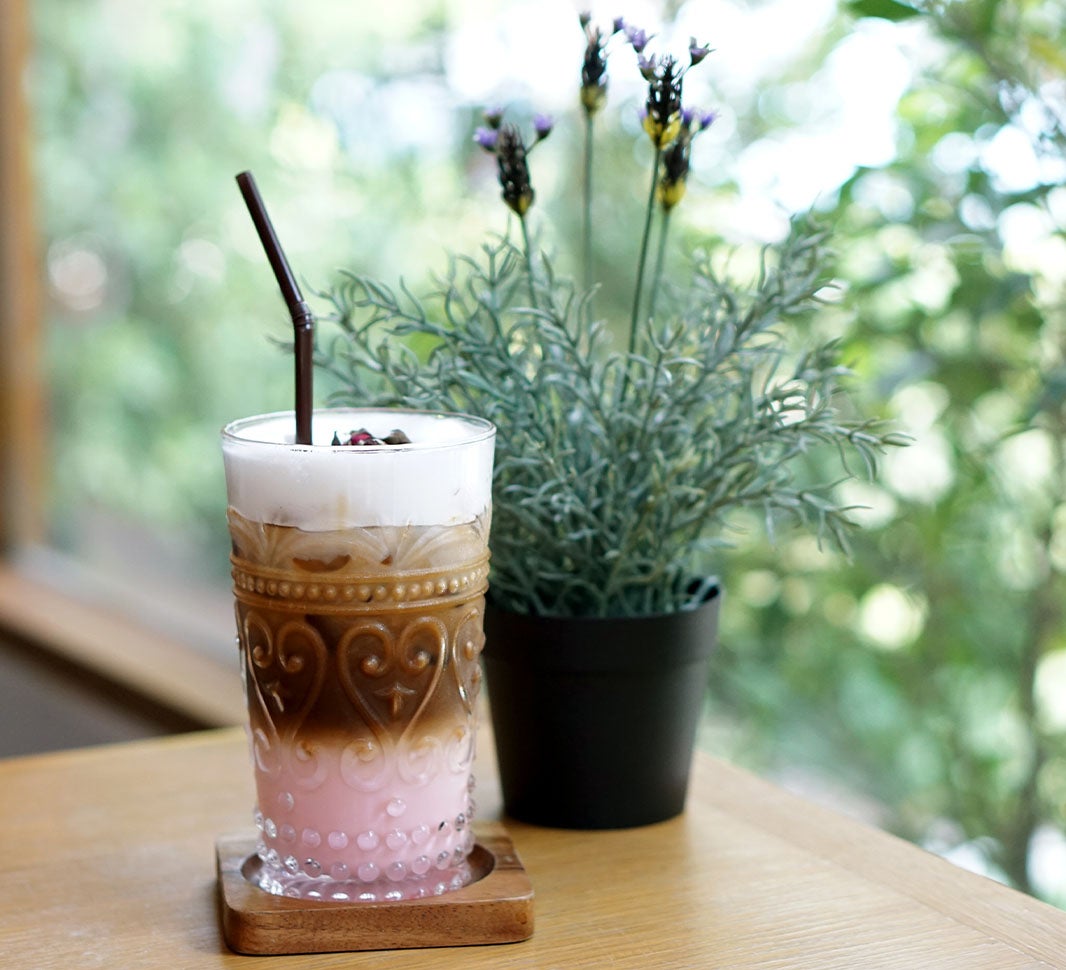
9. Coffee with gingerbread syrup
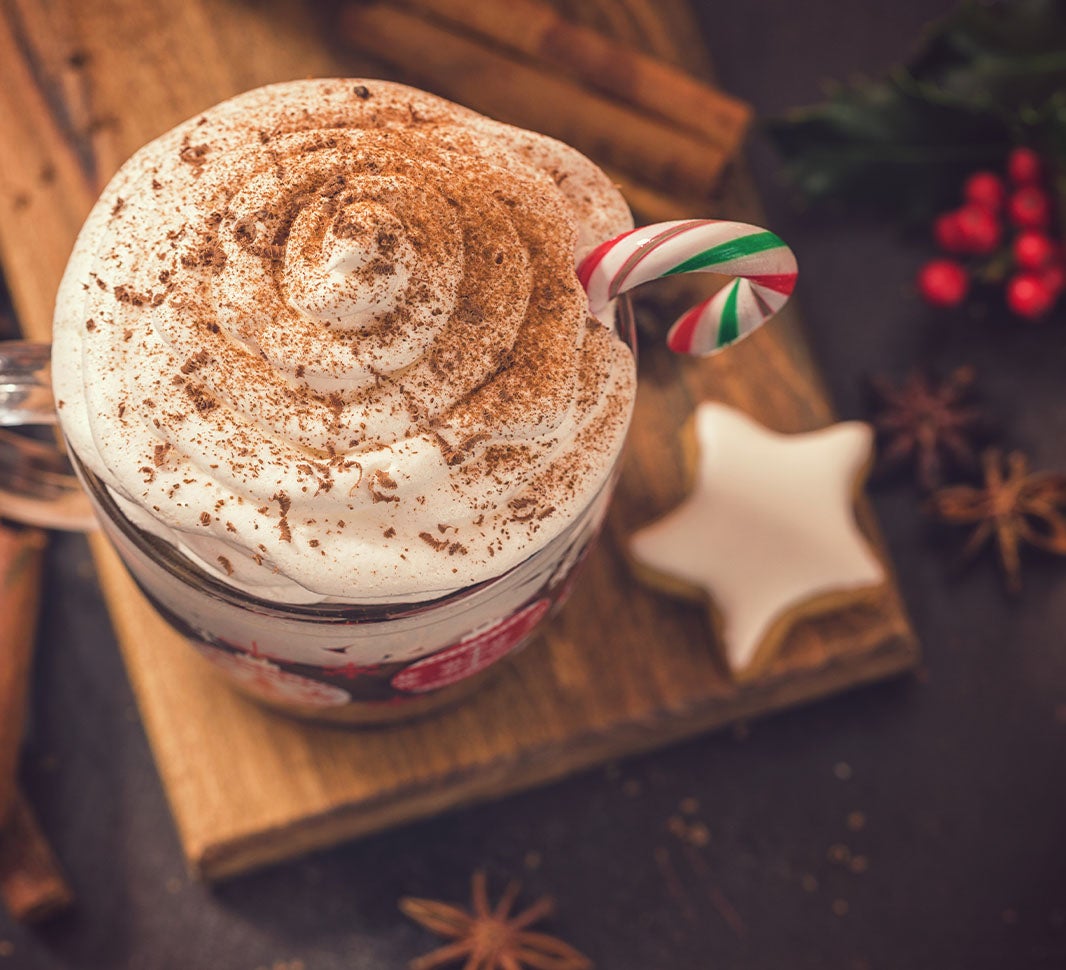
10. Coffee with coconut syrup
For those who love tang of this tropical treat, a coconut coffee flavour will make your coffee taste mild, sweet, creamy, with a subtly nutty note. Coconut lattes and cappuccinos are becoming increasingly popular as more people look for plant-based alternatives to pair with their coffee.
Now, let’s take a look at the different types of coffee cups.
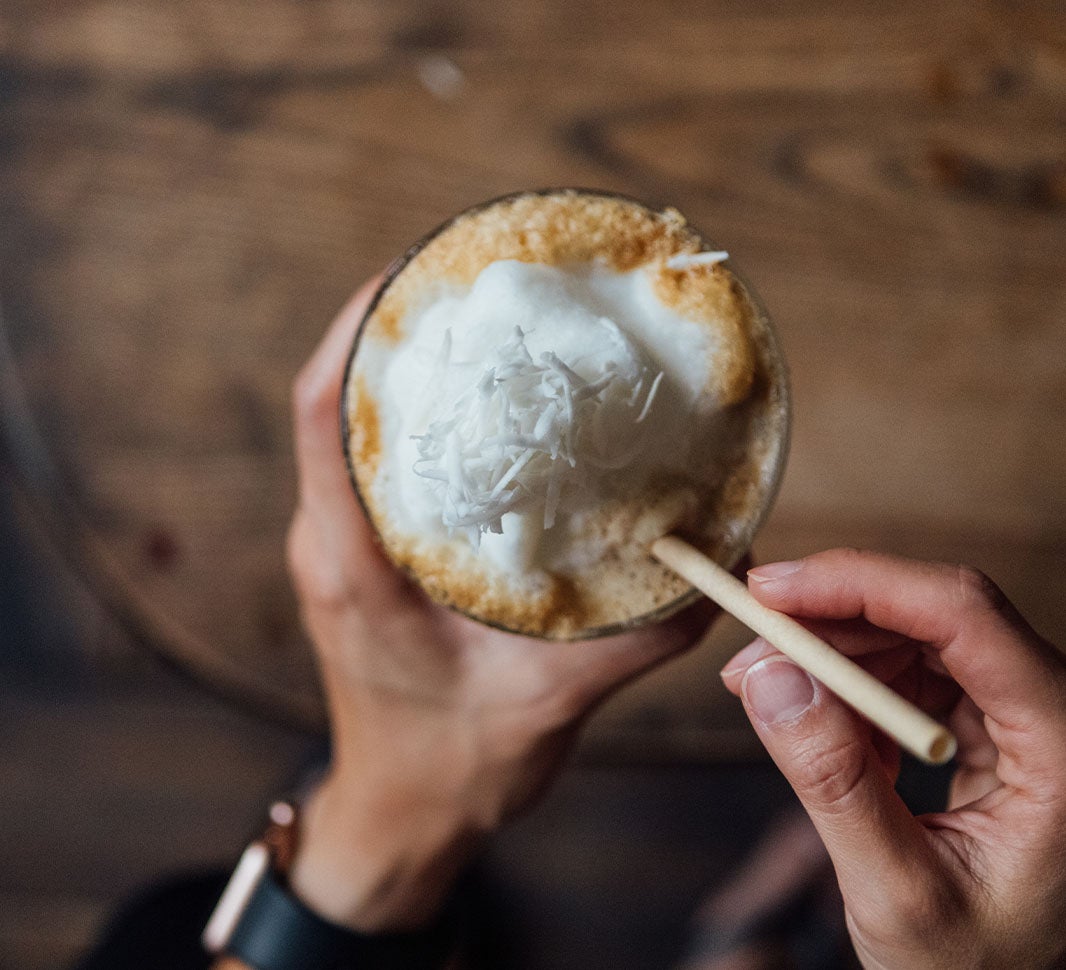
Today’s community favourites

10 Interesting Coffee Facts And Statistics
1. Coffee is one of the most popular drinks worldwide

2. The average person in the US drinks 3 cups of coffee a day
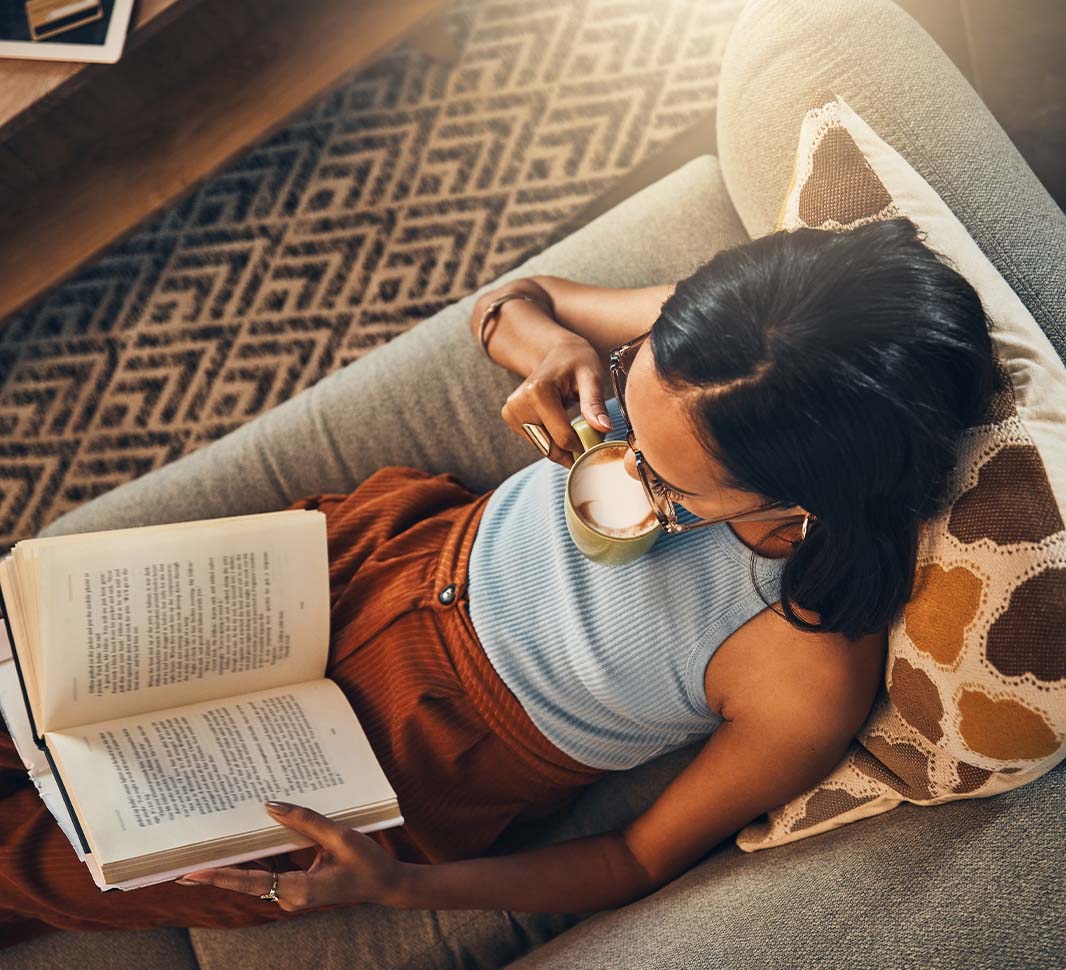
3. 80% of coffee shop goers visit once a week or more

4. The human body can only absorb 300mg of caffeine at a time
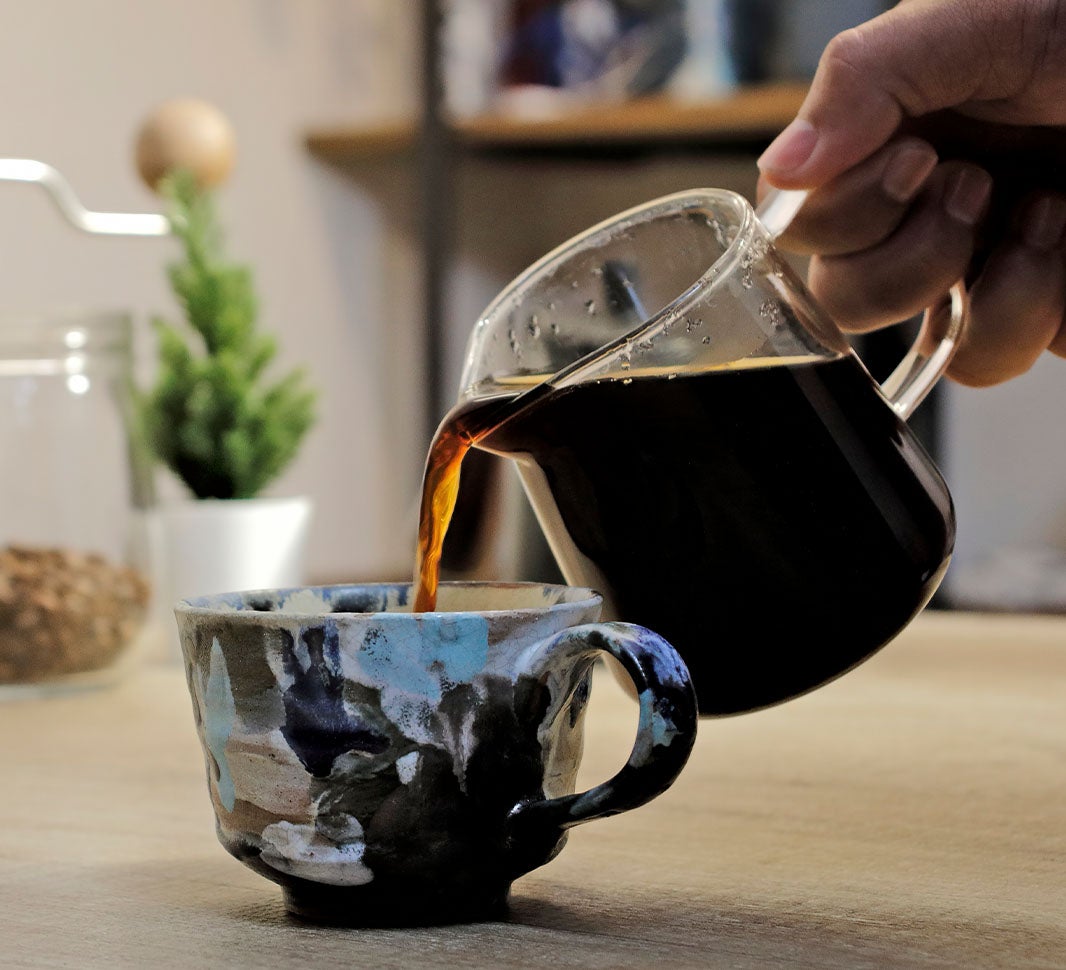
5. 1/3 of people don’t drink coffee at all
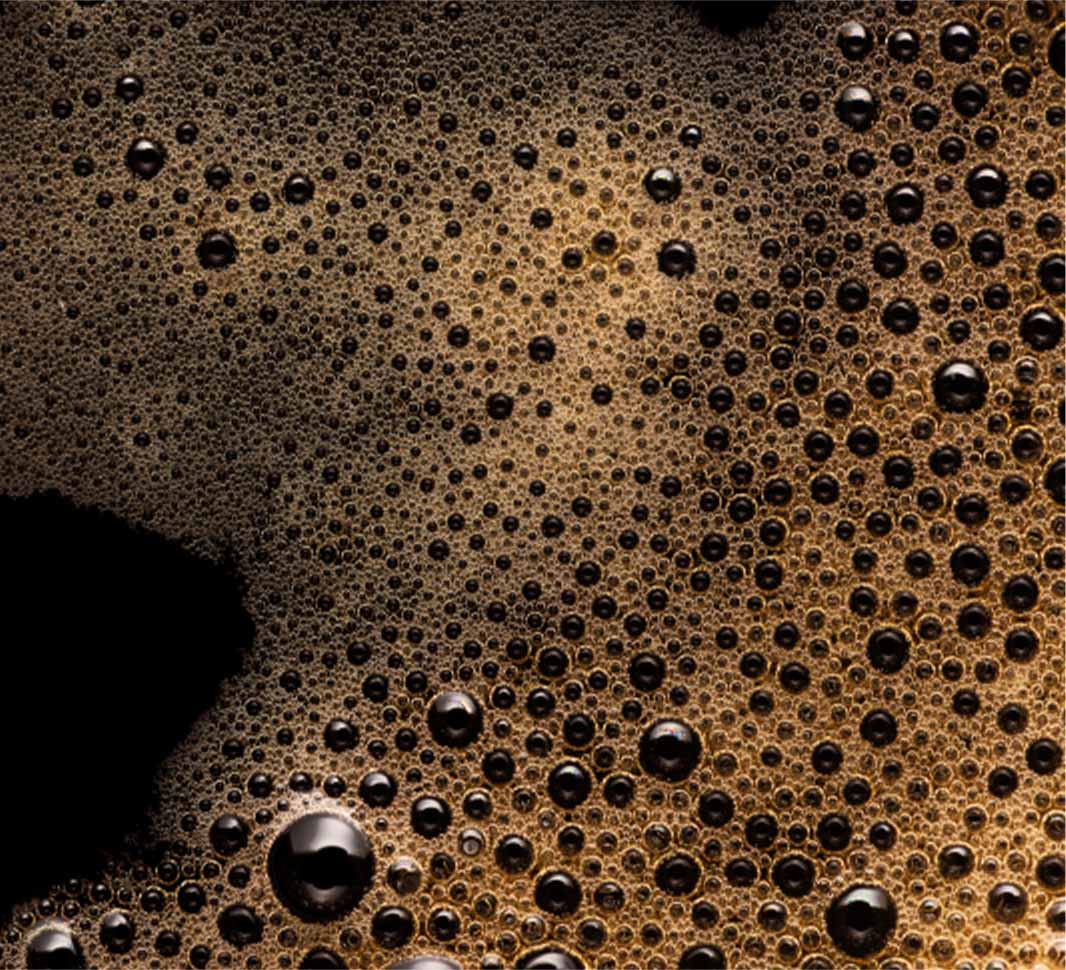
6. 90% of the world’s coffee is grown in developing countries
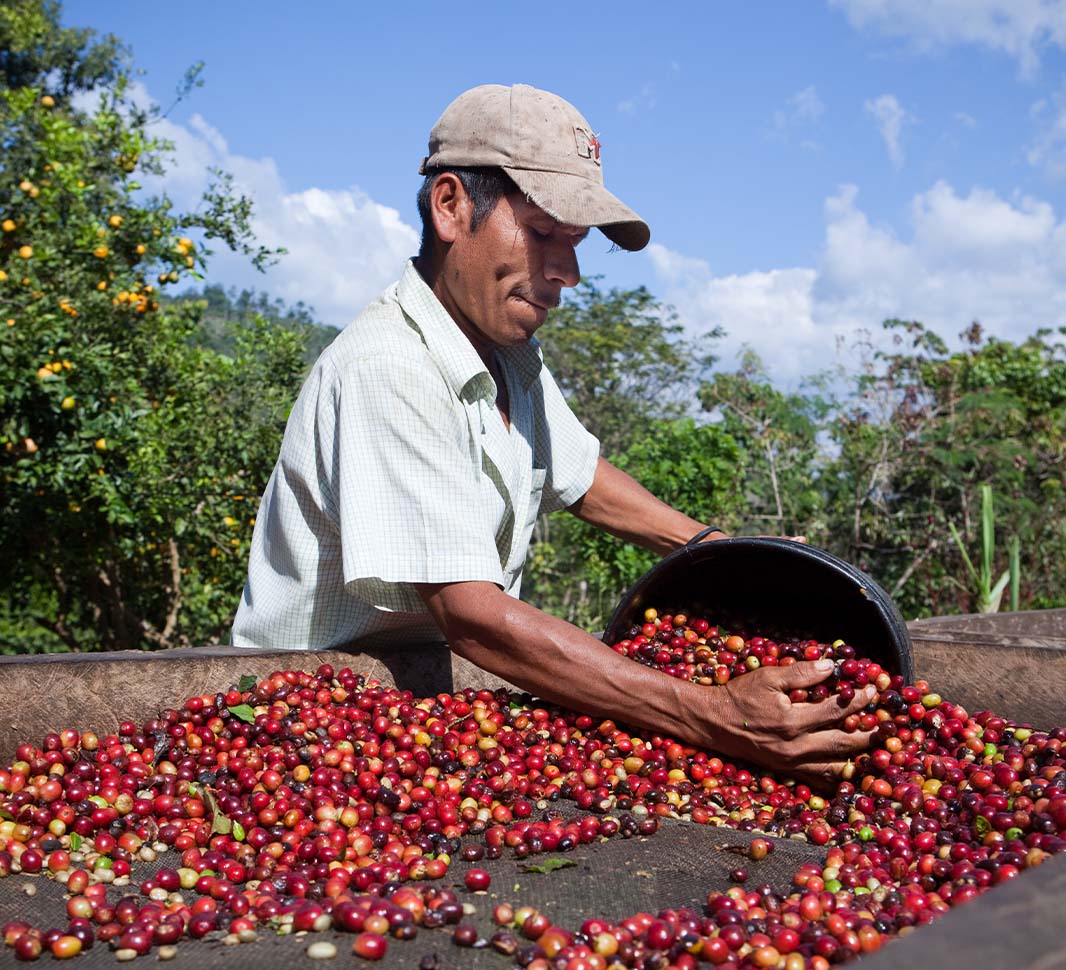
7. Mature coffee plants yield 5 pounds of green coffee beans a year
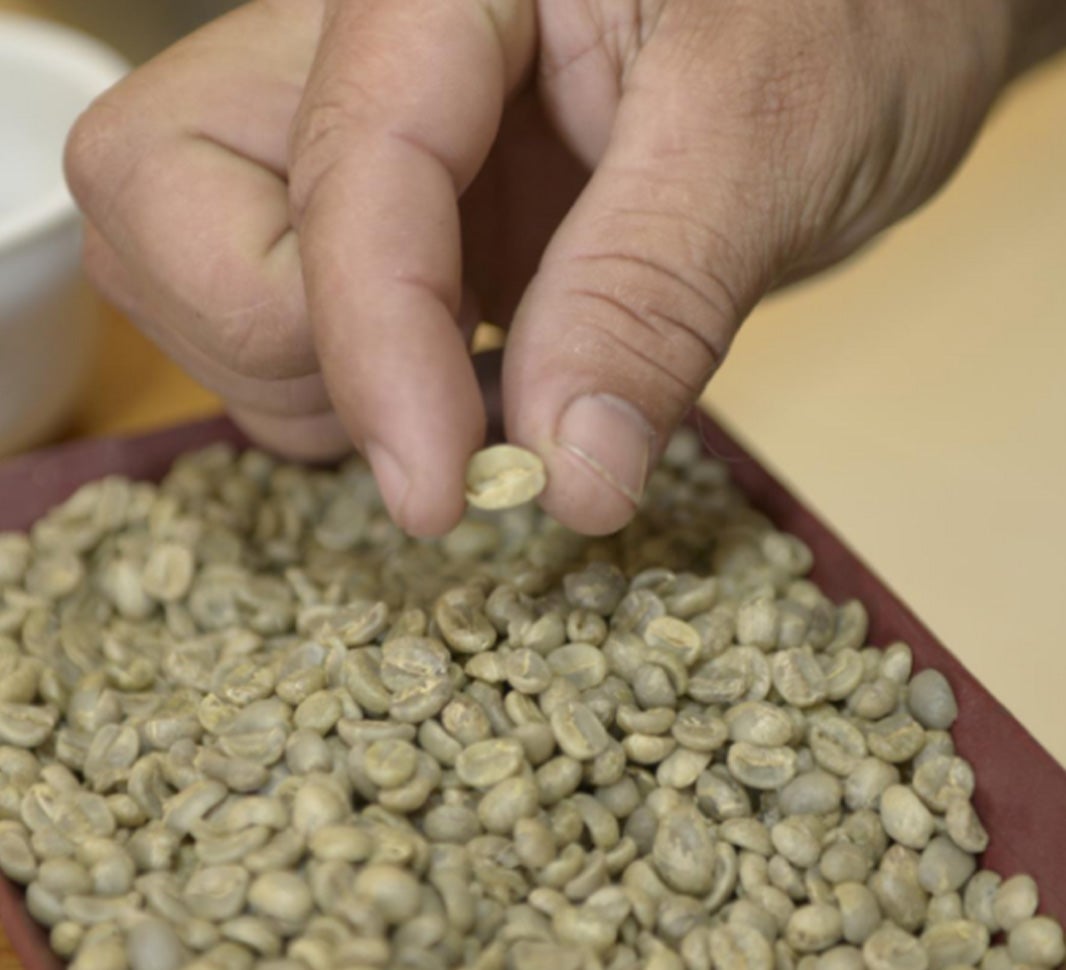
8. Coffee plants can live to be 100 years old
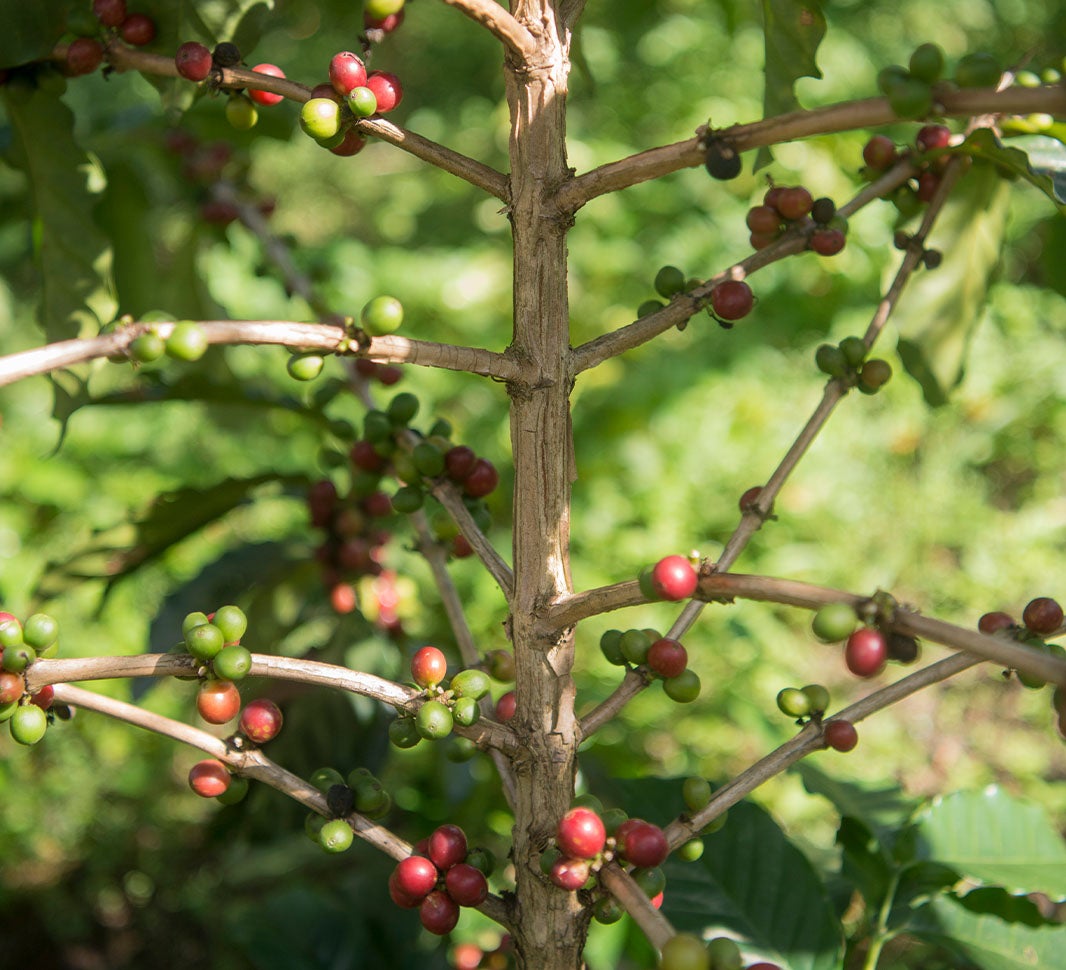
9. Brazil exports 5.7 billion pounds of coffee each year
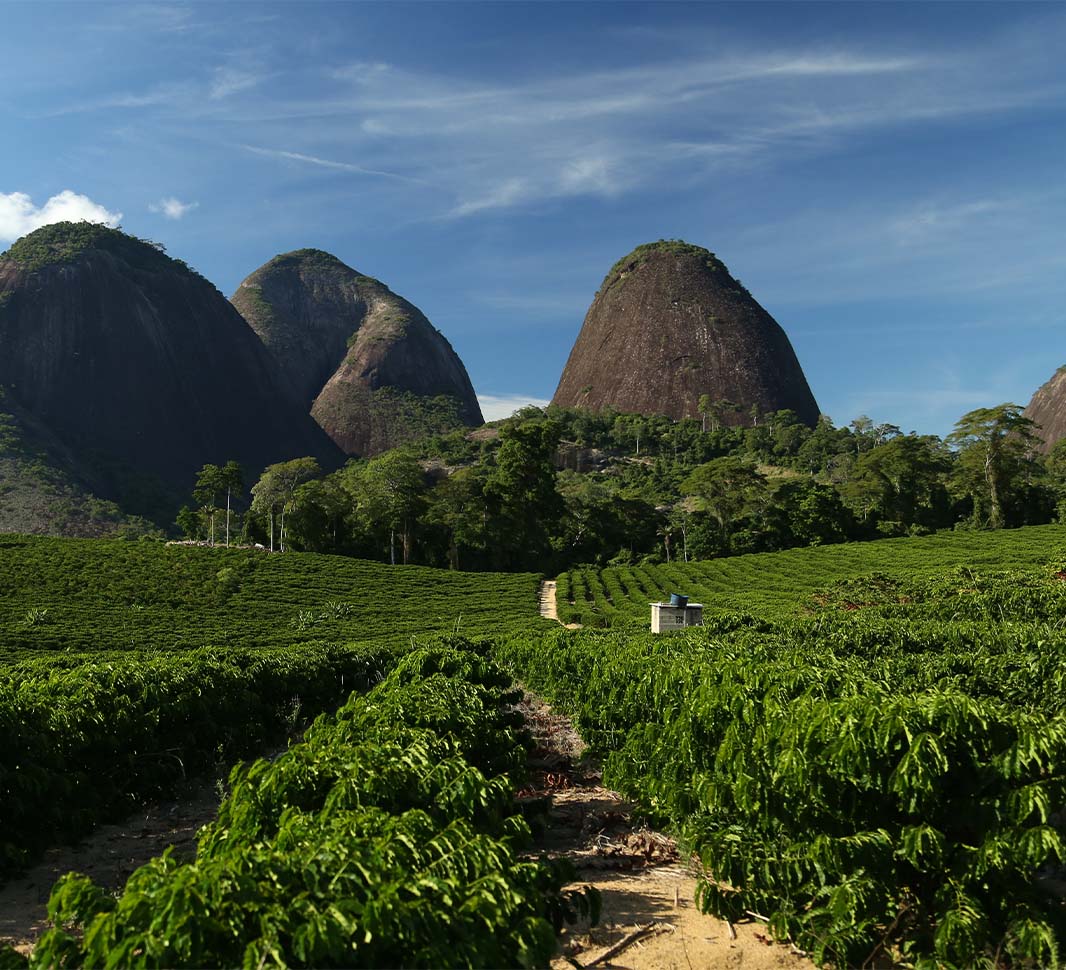
10. Finland drinks the most coffee per capita
Finland has by far the highest coffee consumption per capita. Here’s the top 10 list of coffee consumption around the world.
Consumption Per Capita
- 1. Finland 12kg
- 2. Norway 9.9kg
- 3. Iceland 9.0kg
- 4. Denmark 8.7kg
- 5. Netherlands 8.4kg
- 6. Sweden 8.2kg
- 7. Switzerland 7.9kg
- 8. Belgium 6.8kg
- 9. Luxembourg 6.5kg
- 10. Canada 6.5kg
We hope you enjoyed our top 10 statistics about coffee! Whether you're simply curious or looking for titbits to make your next conversation over coffee that much more memorable, learn about the coffee roasting process or discover 16 coffee facts to liven up your day.
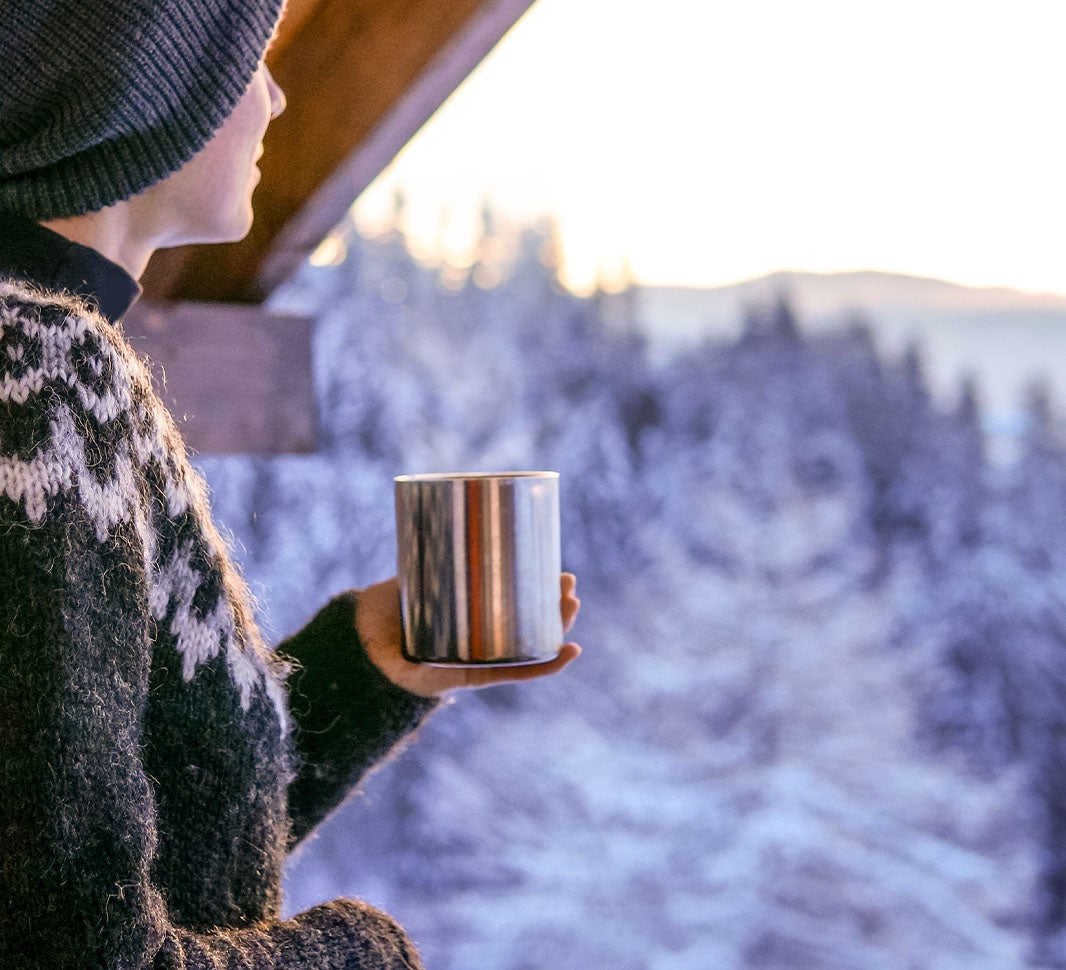
Today’s community favourites

Types Of Coffee Explained
What is a latte?
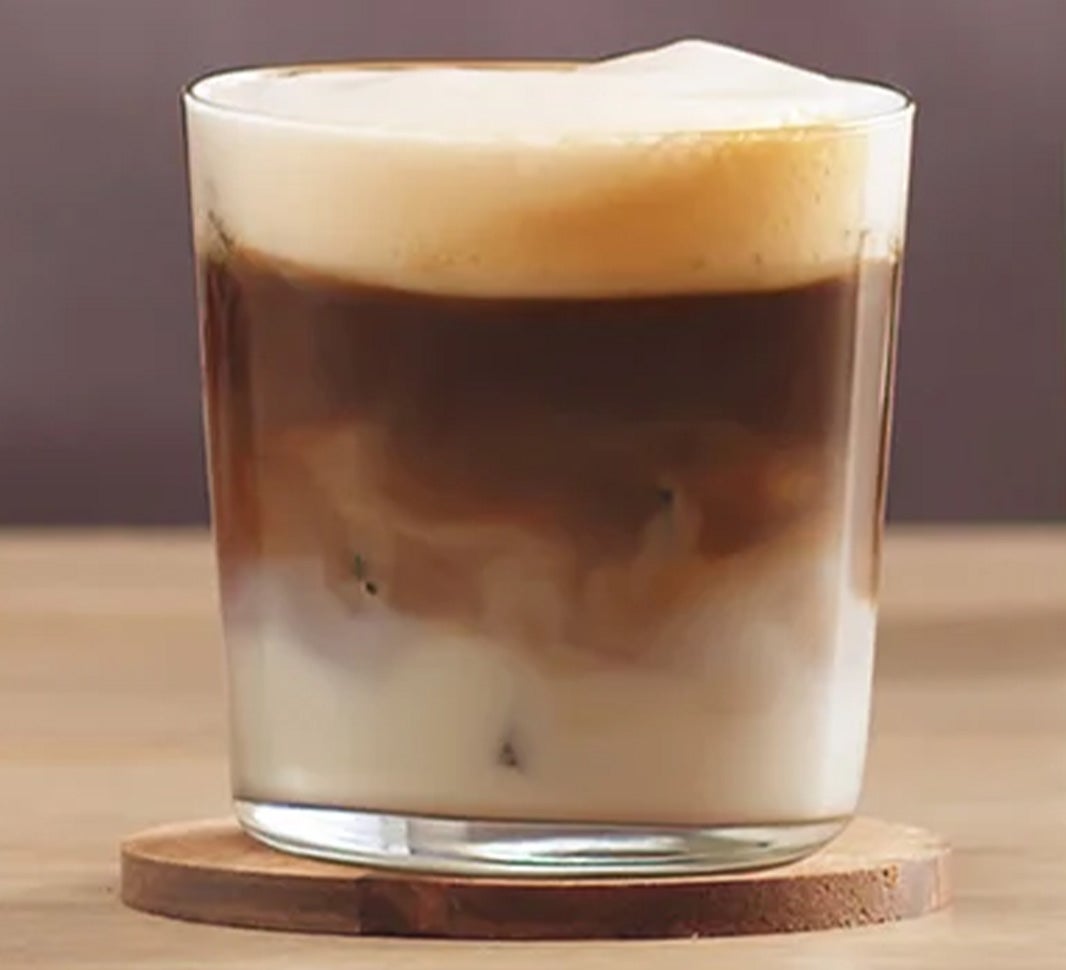
What is a cappuccino?
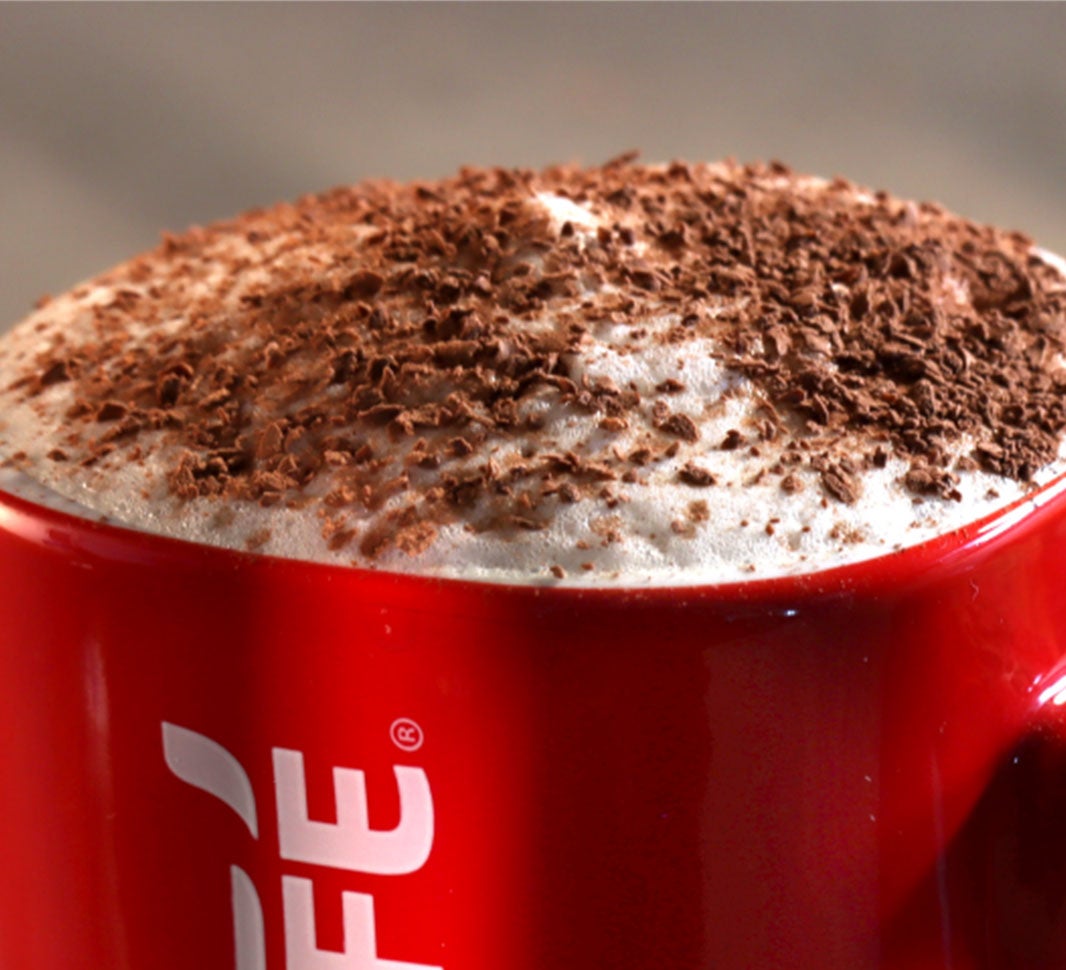
What is an Americano?

What is an espresso?
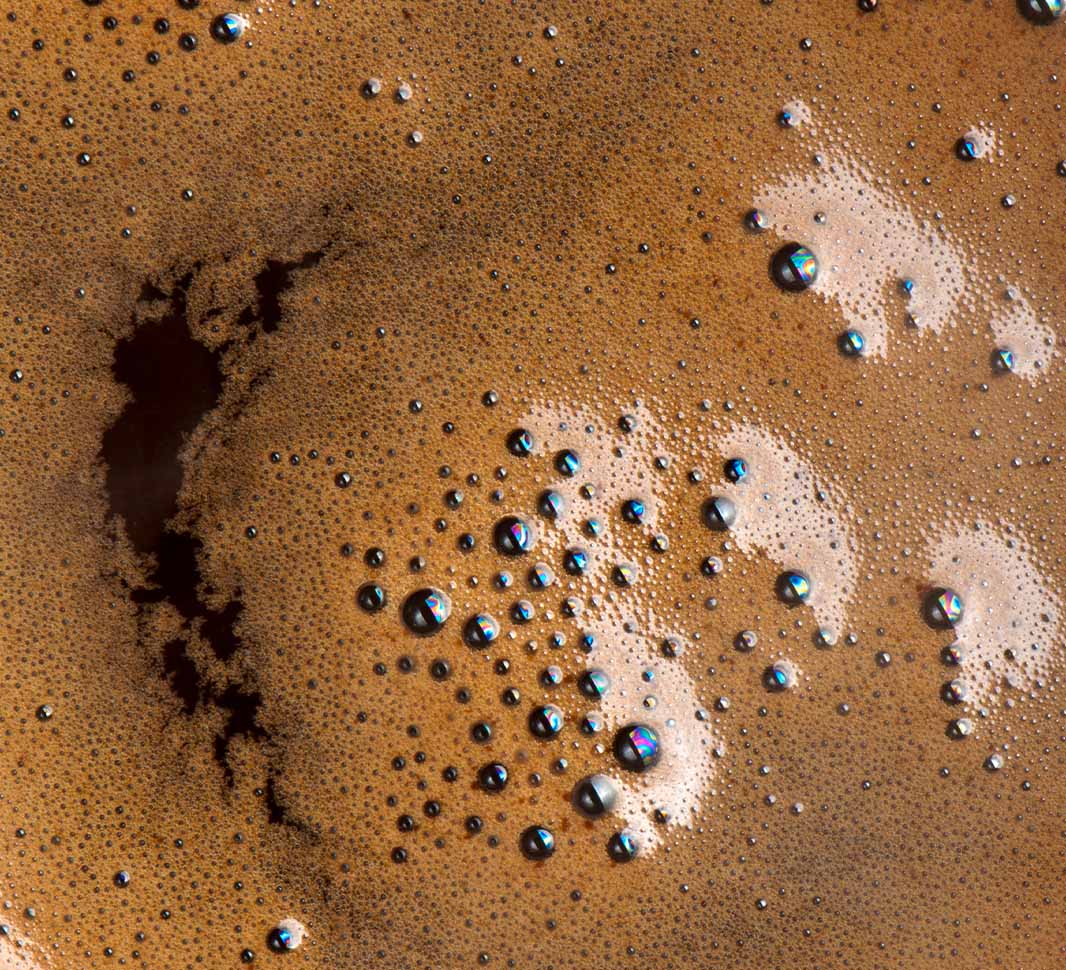
What is a cortado?

What is a mocha?
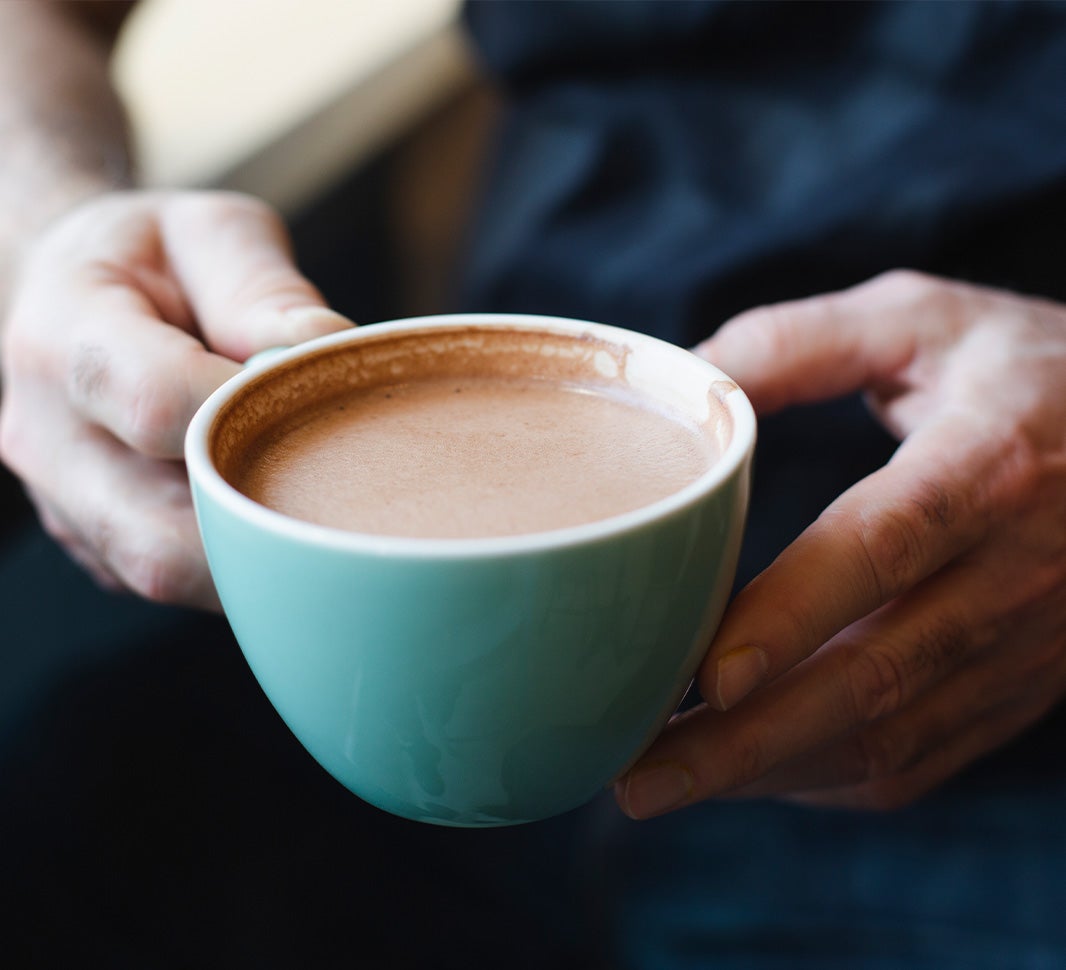
What is a macchiato?

What is a flat white?
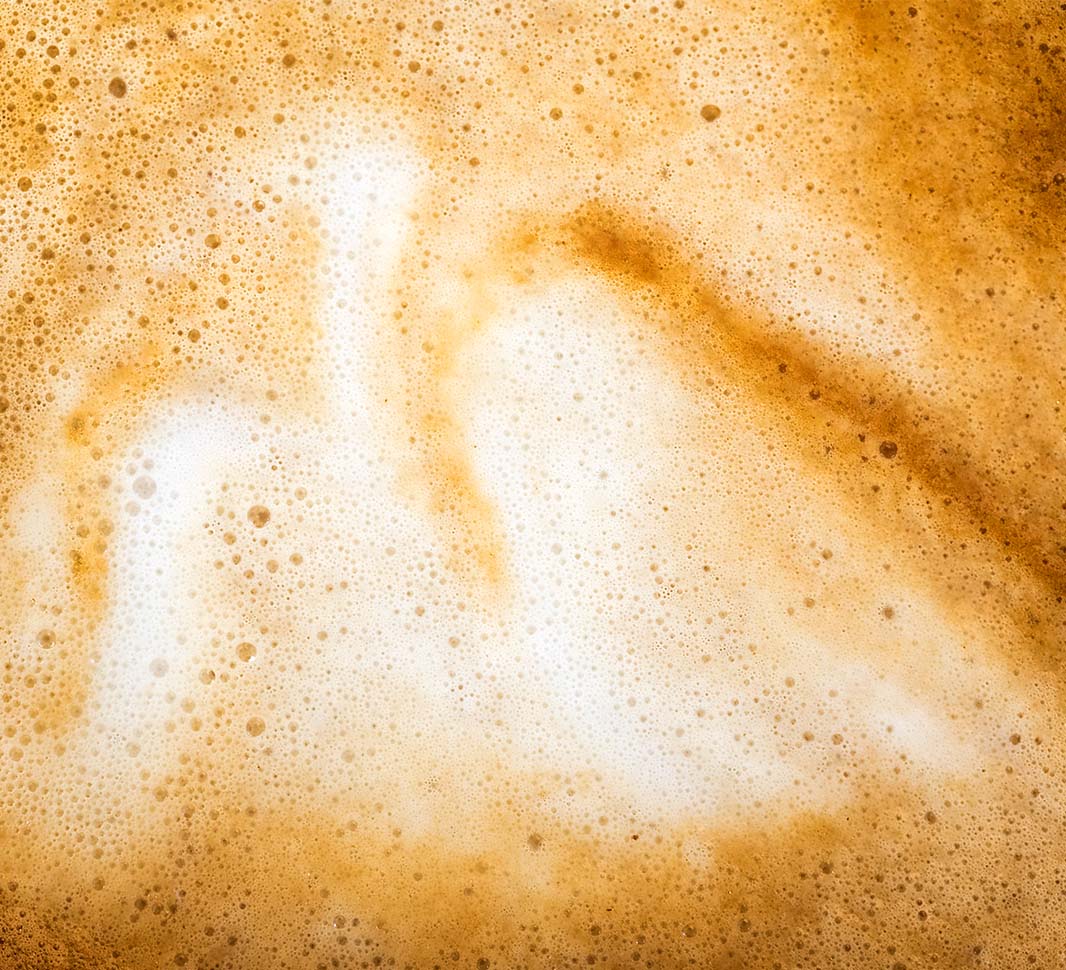
What is a decaf?
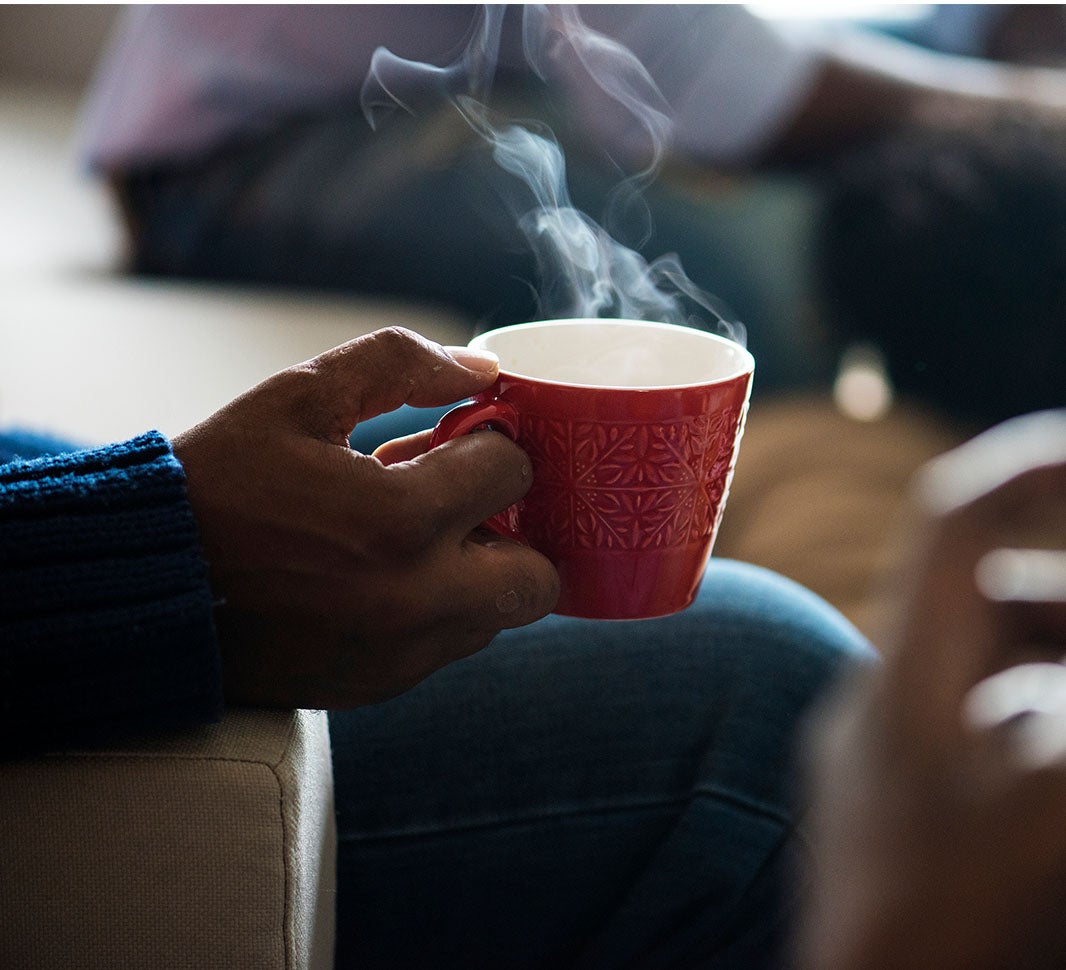
What is an Irish coffee?
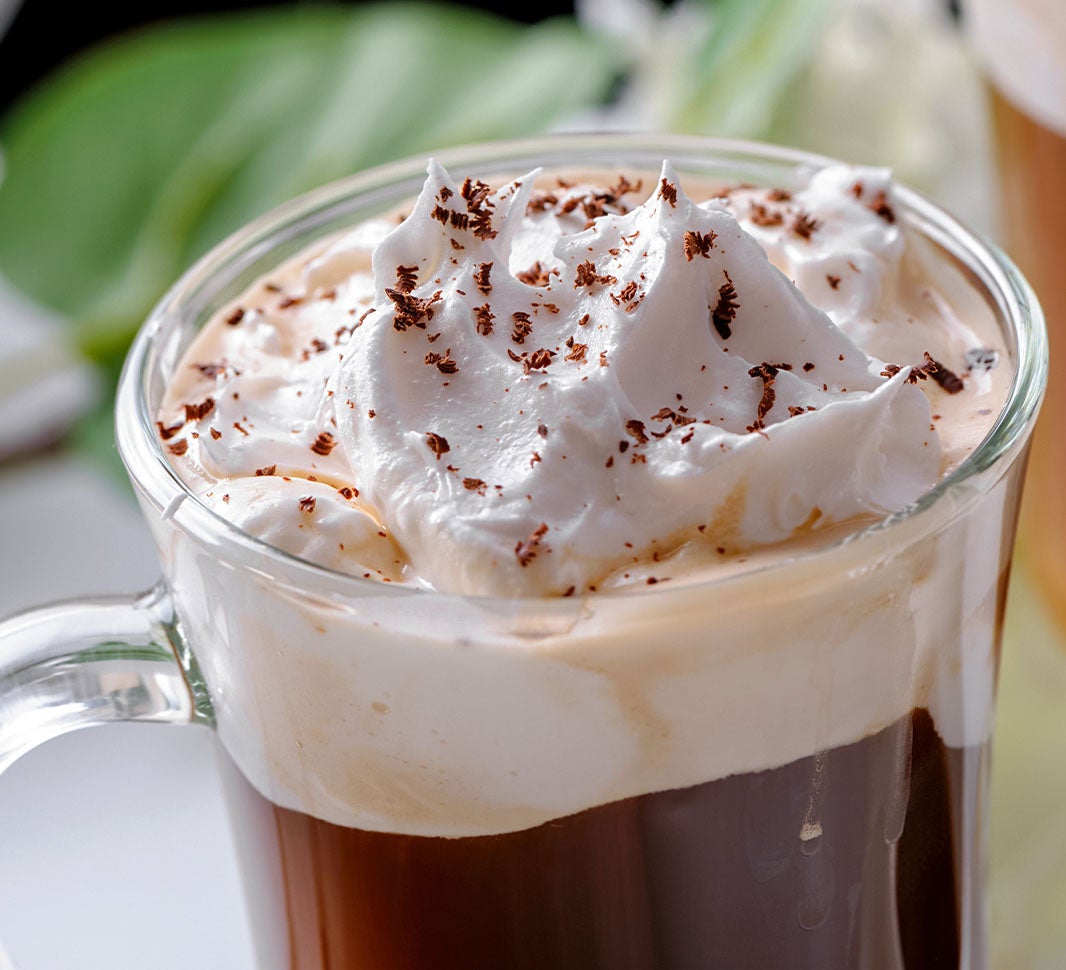
What is an iced coffee?
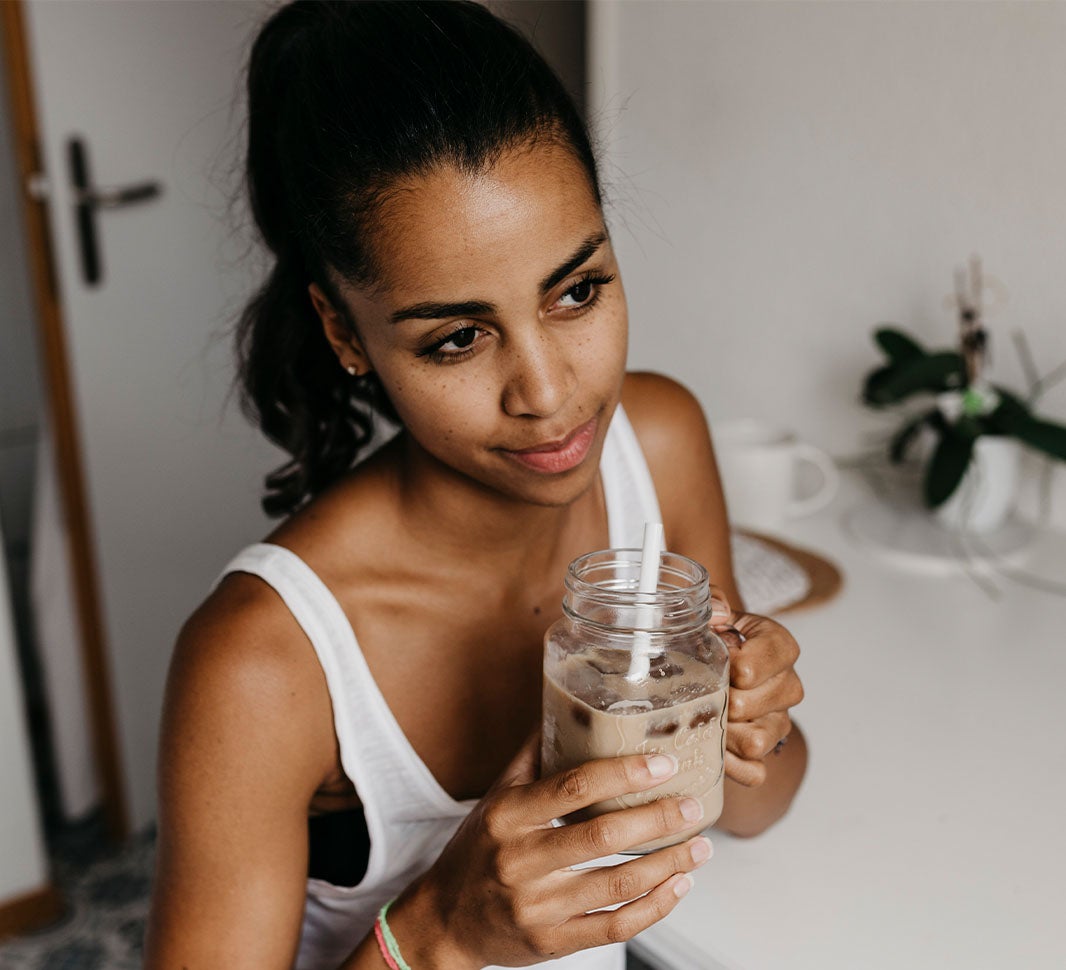
What is a Café au Lait?
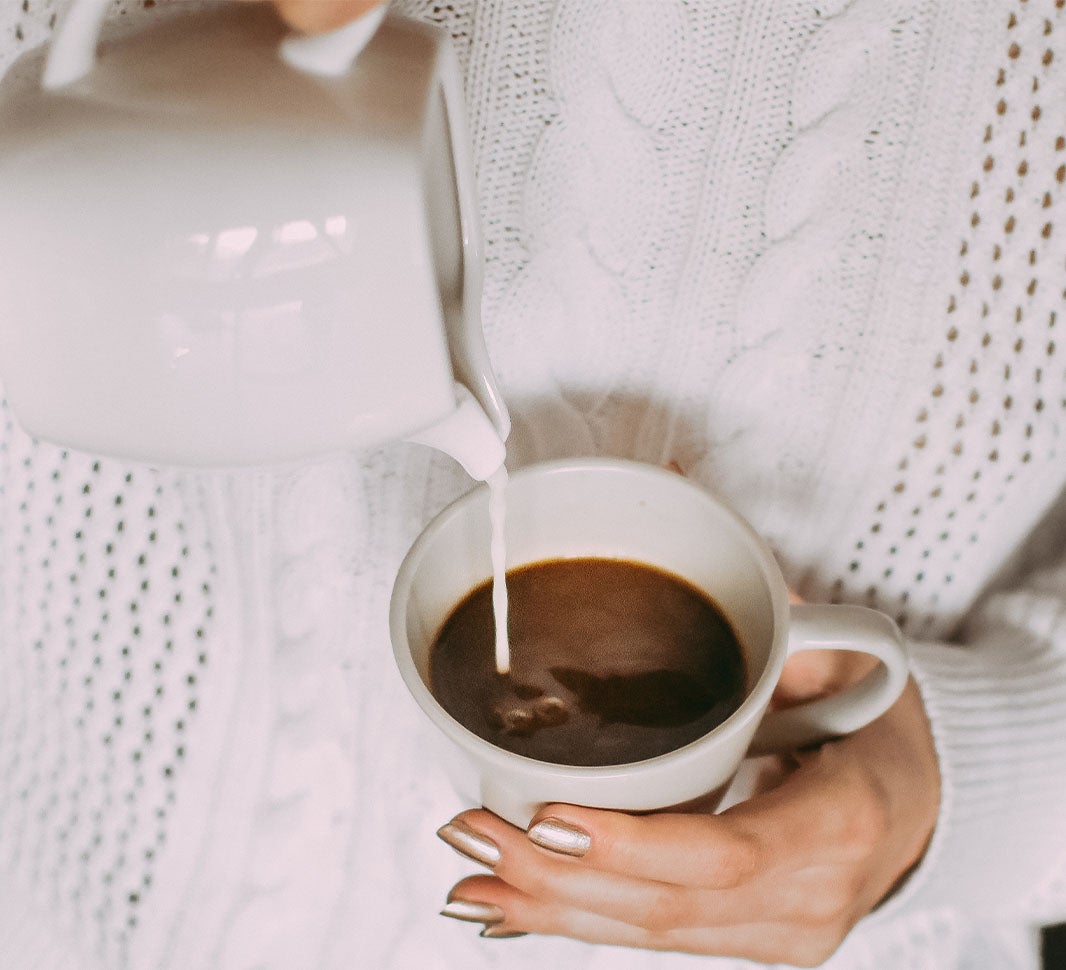
What is cold brew?
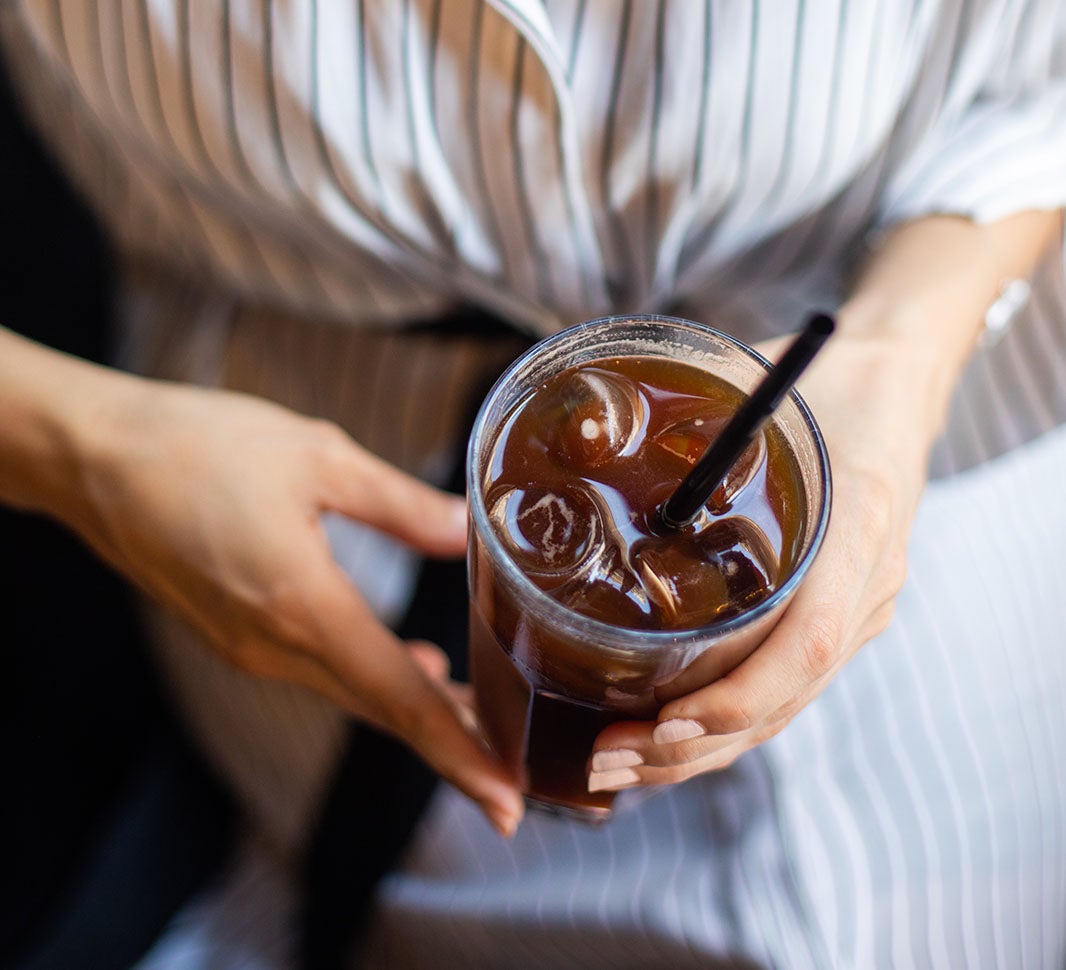
What is a frappé?

What is drip coffee?
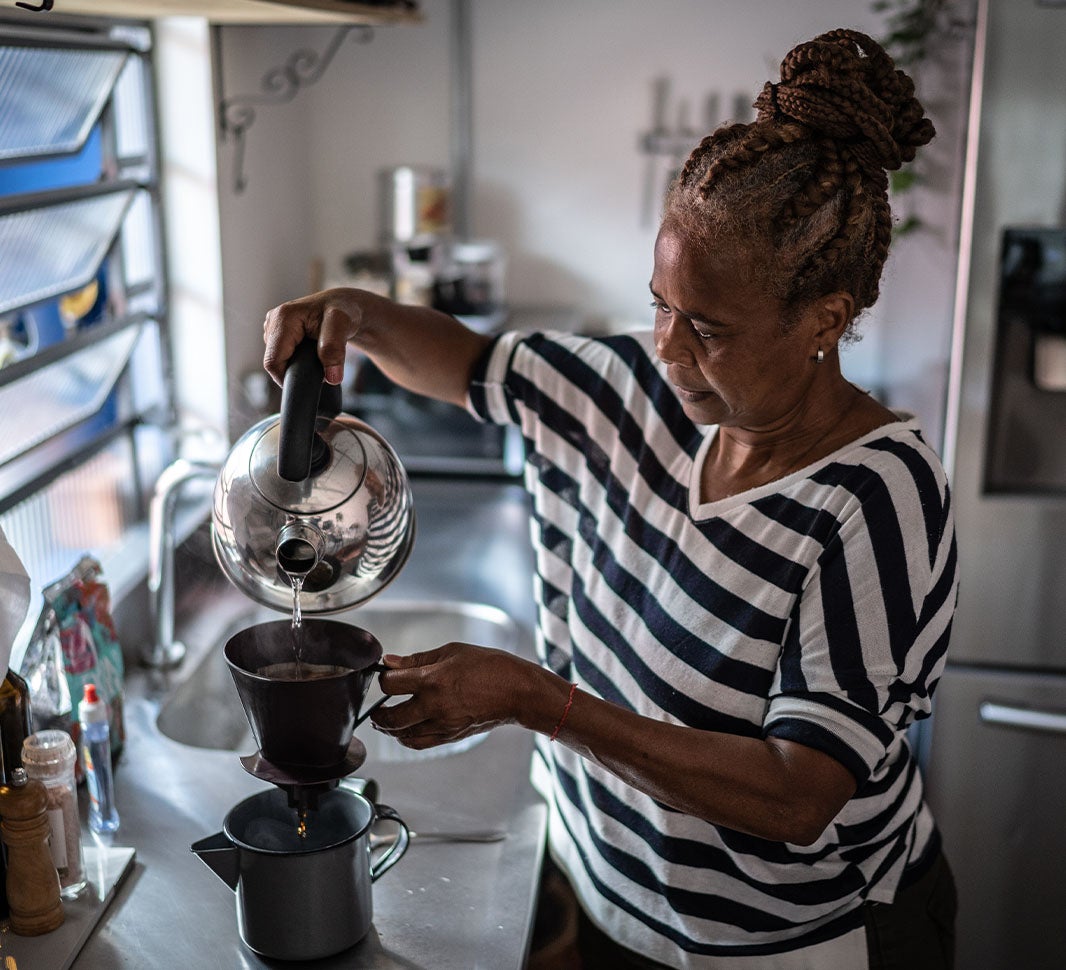
What is instant coffee?
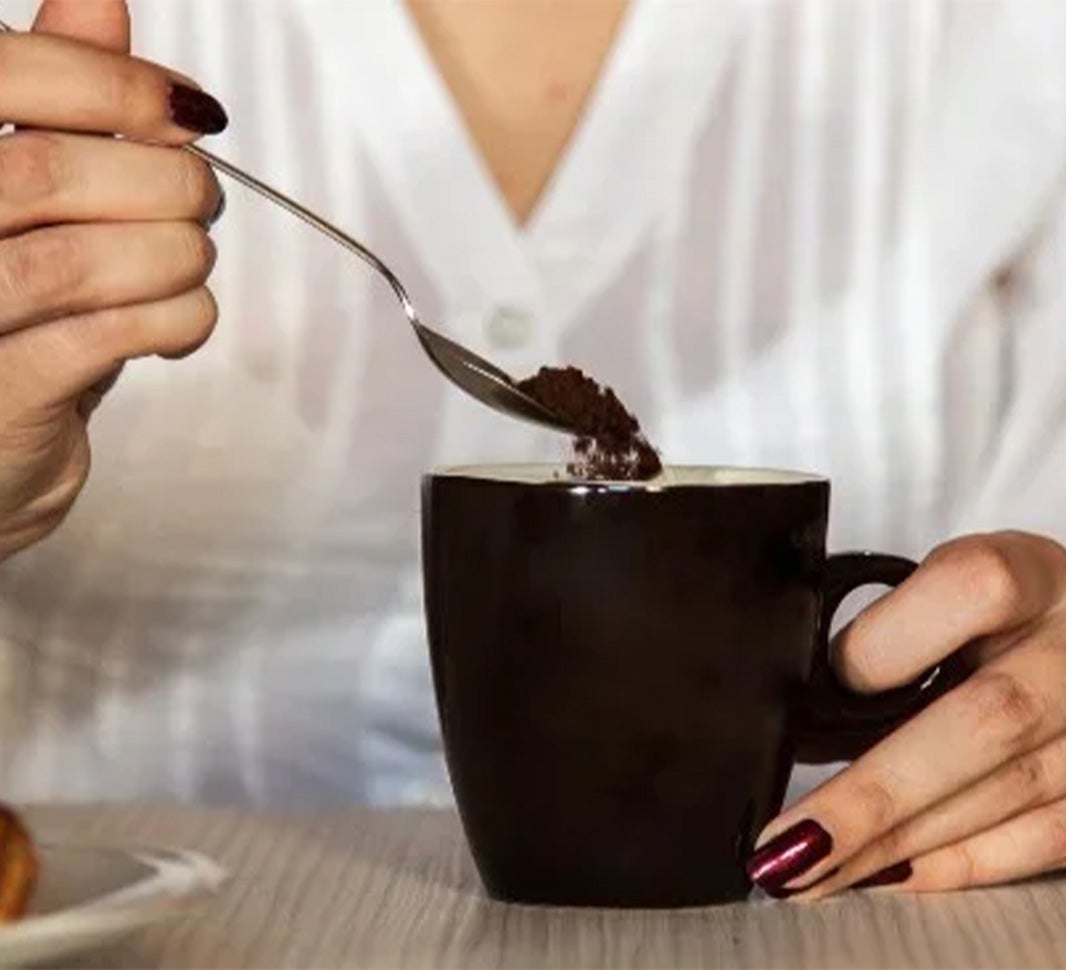
Wet Vs dry cappuccino
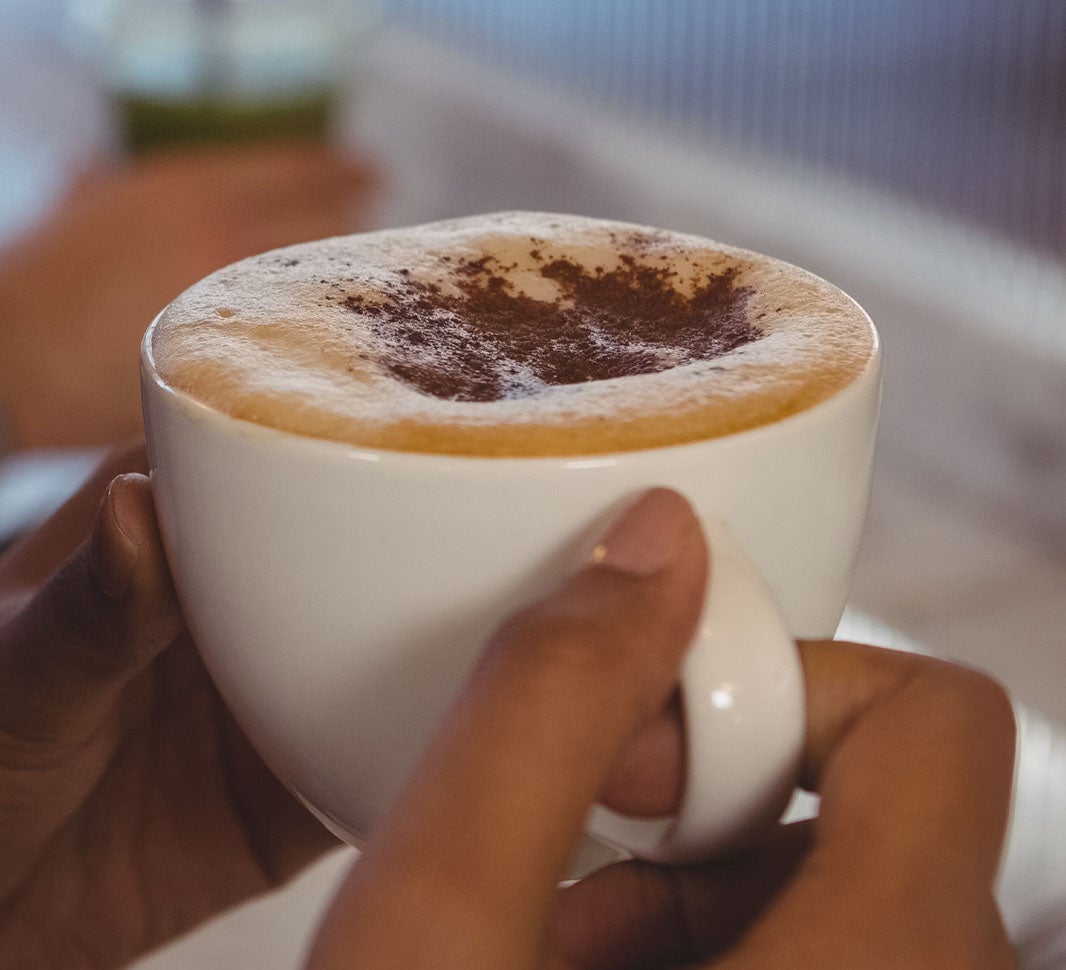
Long black coffee
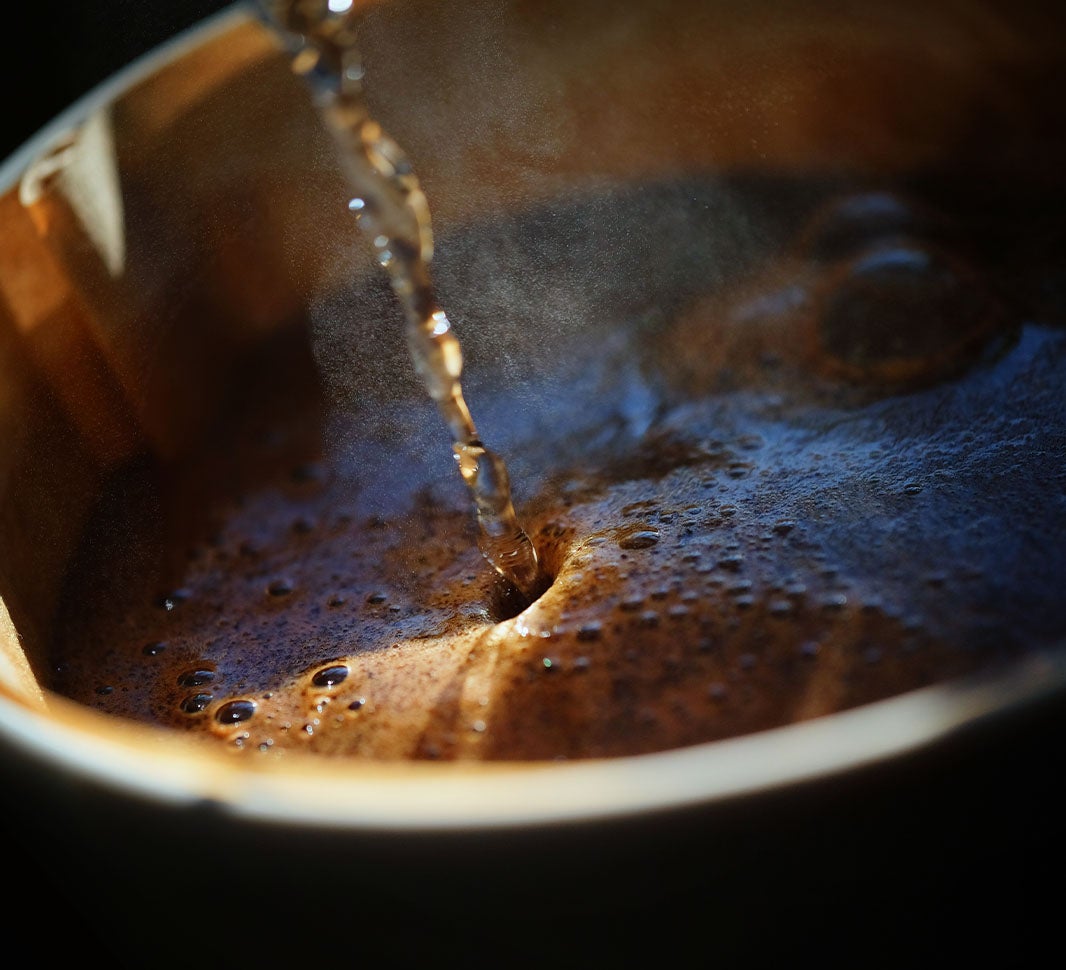
Cortado vs flat white
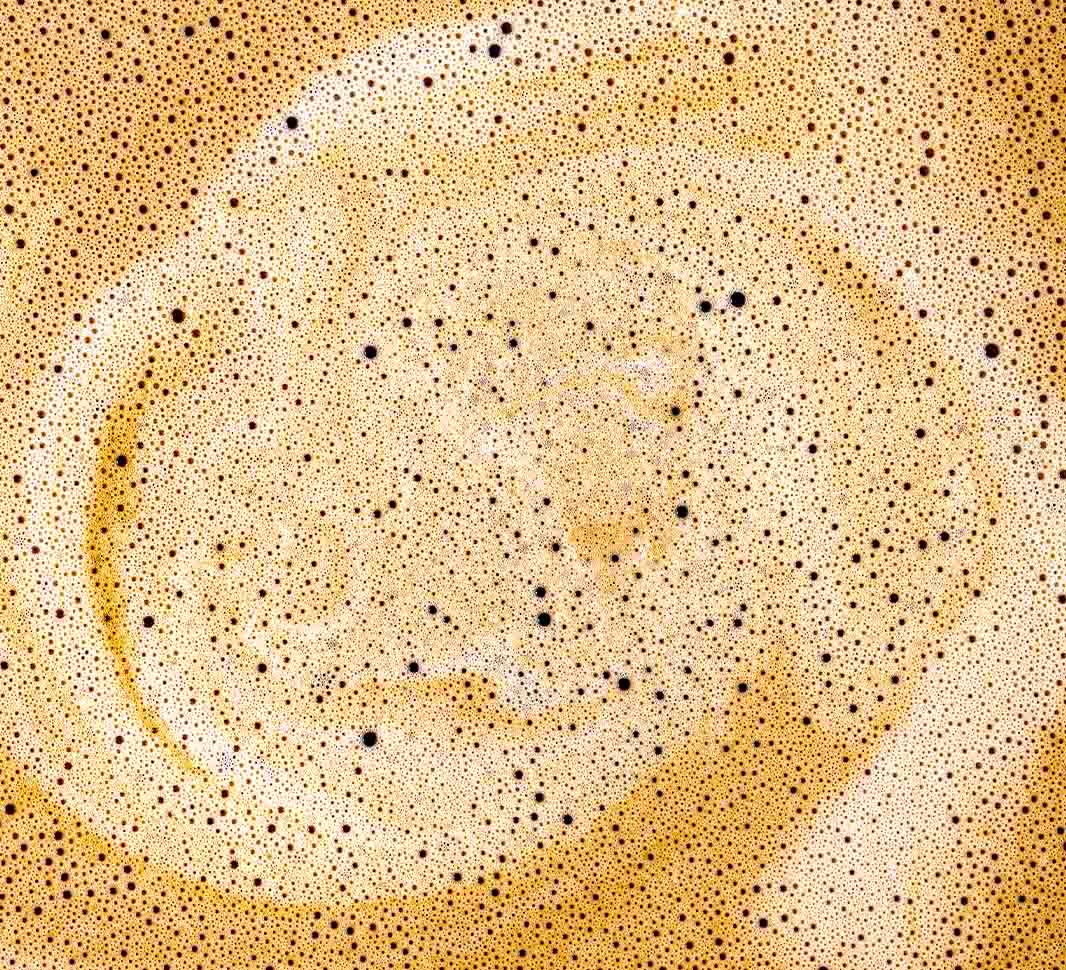
Latte vs flat white

Latte vs cappuccino

What is a latte macchiato?

Latte vs macchiato

Flat White vs cappuccino

Frequently Asked Questions
How many coffee types exist?
There are over 30 combinations of coffee types in the world. We've put together some of our favourite coffee types for you to try at home - easy recipes with NESCAFÉ instant coffee as the starting point. From the well-known cappuccino, espresso, and latte, to the lungo, ristretto, café au lait and cold brew, there are so many types of coffee to enjoy. Which is your favourite?
Which coffee has the strongest taste?
The strongest type of coffee is freshly brewed espresso. It forms the base for most coffee drinks, and is easily enjoyed with added milk, but can be enjoyed by itself if you prefer bold, intense coffee flavours.
Which coffee has the mildest taste?
A latte is generally considered the least intense coffee. Made with freshly brewed espresso, the taste is then made less intense because of the volume of milk added. This also makes it sweeter with a more mellow taste.
Which coffee has the most milk?
A café latte has the biggest milk-to-coffee ratio, with a third being espresso and the remaining two thirds consisting of milk. The cappuccino is close behind which contains equal parts of espresso, steamed milk and milk foam (in a ratio of 1:1:1).
What are the most popular coffee drinks?
The cappuccino, the latte, and the espresso shot are probably the most popular types – or at least, the most well-known!
Different coffee types summarised
Looking for a quick read? Here’s a summary of the different types of coffee.
- Latte - One or two shots of espresso, lots of steamed milk and a final, thin layer of frothed milk on top
- Cappuccino – Espresso, steamed milk and milk foam equally split into thirds
- Americano - It can either be served 1/2 and 1/2 or 1/3 espresso to 2/3 water
- Espresso - Concentrated form of coffee, served in shots and it’s often the coffee base of many other beverages
- Cortado - Made with lightly steamed milk without froth or foam
- Mocha - It is often 1/3 espresso and 2/3 steamed milk, with chocolate flavouring
- Macchiato - Espresso coffee drink, topped with a small amount of foamed or steamed milk
- Flat White - A blend of micro-foamed milk poured over a single or double shot of espresso
- Decaf - Made from regular coffee beans that go through the decaffeination process.
- Irish Coffee - Made from coffee, Irish whiskey, sugar and cream
- Iced Coffee - A cold version of your favourite coffee, with ice added
- Café au Lait - brewed coffee and steamed milk. One part coffee to one part steamed milk with no froth or foam on top
A world of taste awaits! Enjoy discovering the incredible variety of coffees with NESCAFÉ.
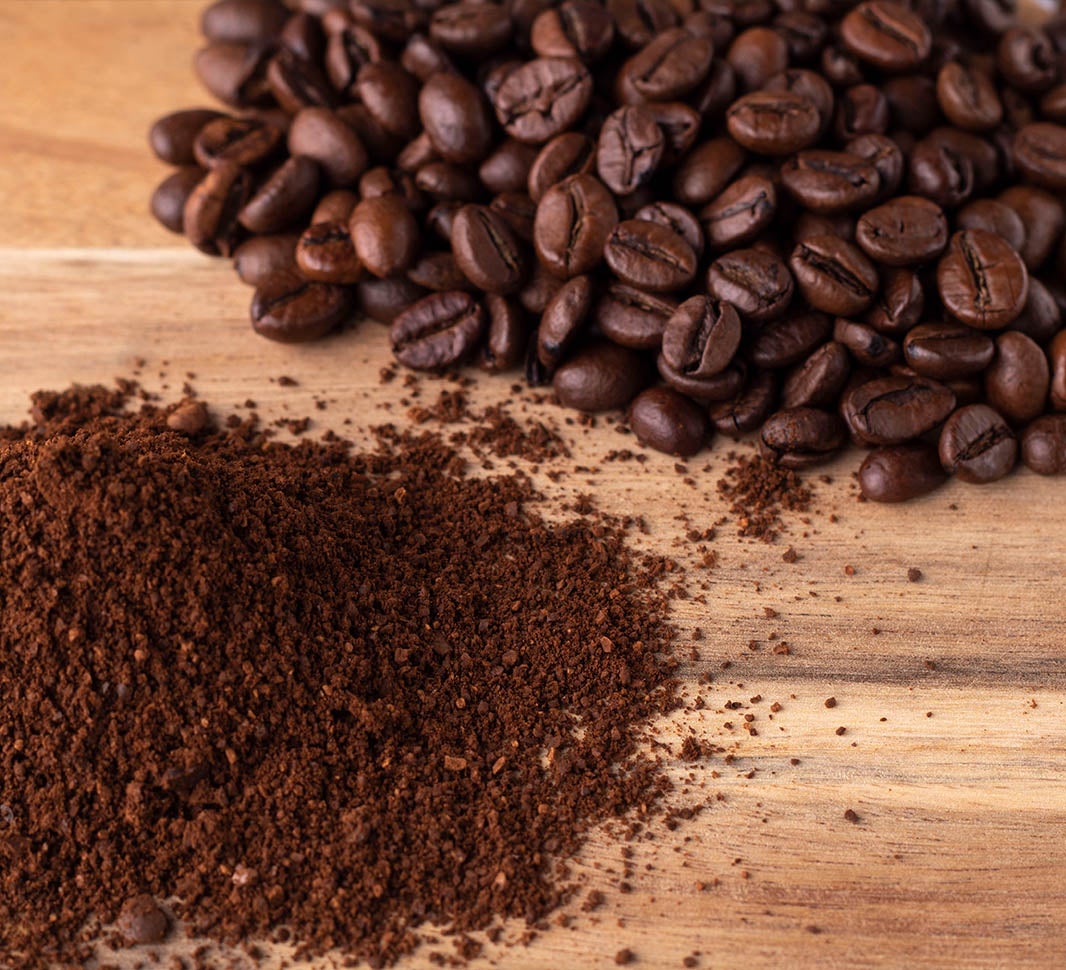
Today’s community favourites

What Is Cold Brew Coffee?
Deliciously chilled
Cold brew coffee is made by slowly steeping coarsely ground coffee beans in room temperature water for at least six hours. It can be as long as 24 hours with many choosing to do it overnight, but it depends on how strong you want your cold brew it to be. When the beans are steeped like this it creates a strong coffee concentrate that just needs to be mixed with water and milk to taste.
As the grounds aren’t exposed to hot temperatures, cold brew coffee has a more flavourful, sweeter, less bitter and acidic taste. In a recent study, cold brew coffee was found to be between 50 – 67% less acidic than the average cup of coffee. It’s a common misconception that cold brew has to be cold. It can in fact be served piping hot too! If you want it cold, simply add cold water, ice and milk to taste. If you prefer it hot, you just need to add hot water or hot milk (some will even pop it in the microwave if they’re in a rush).
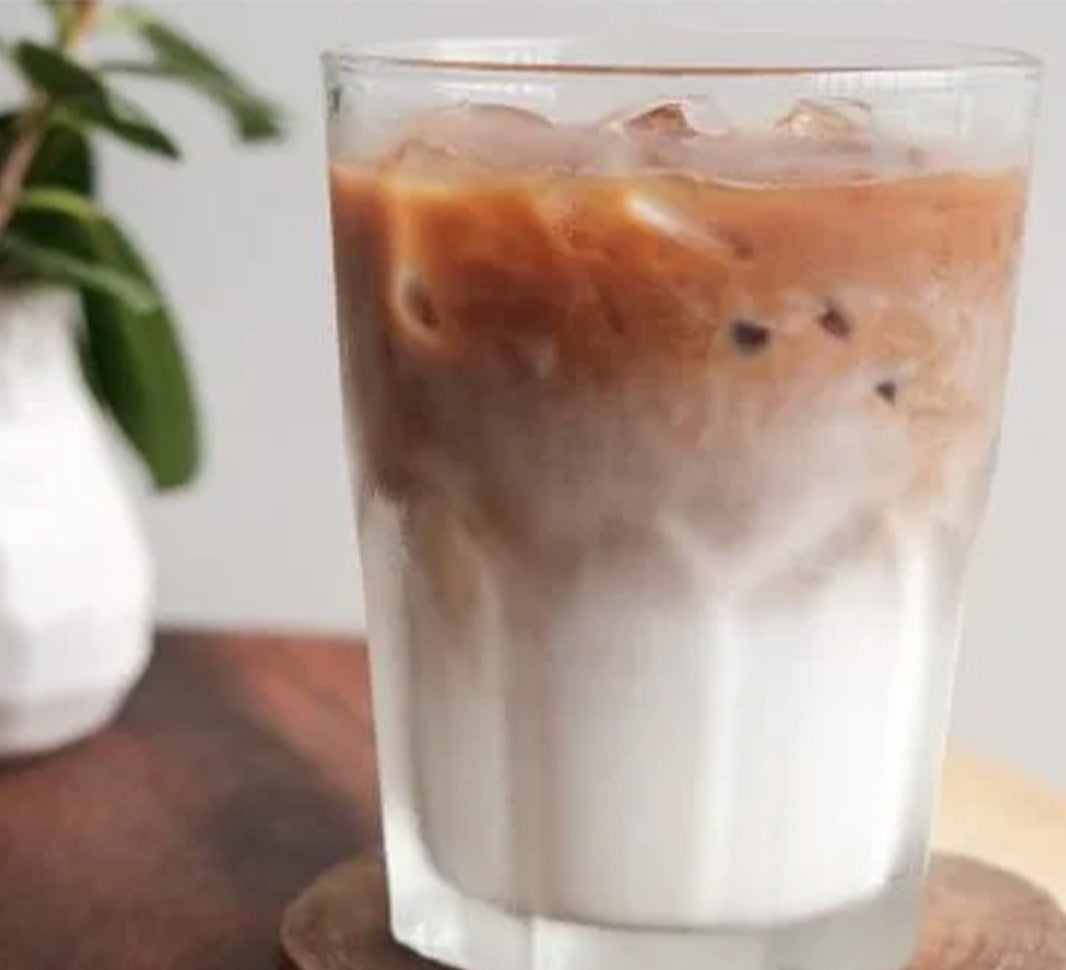
Cold brew coffee origins
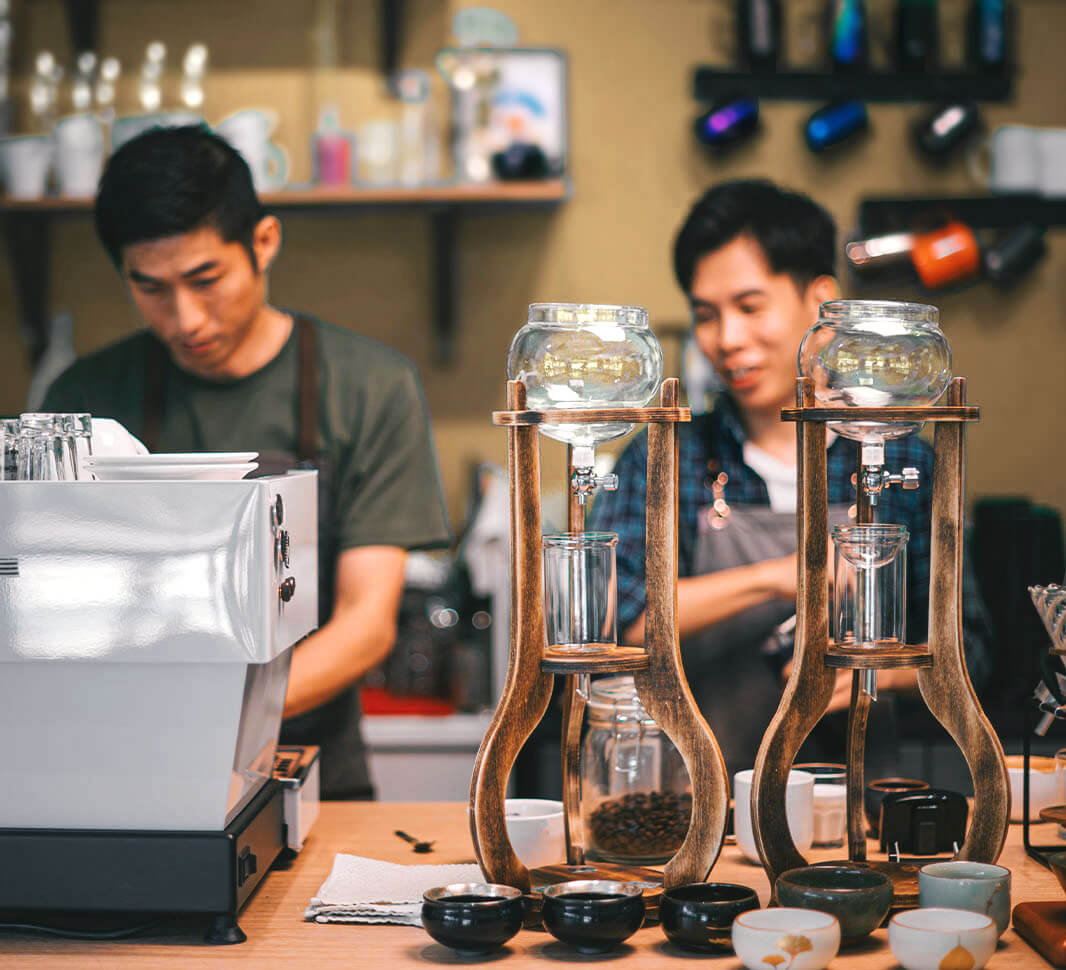
Does cold brew have more caffeine?
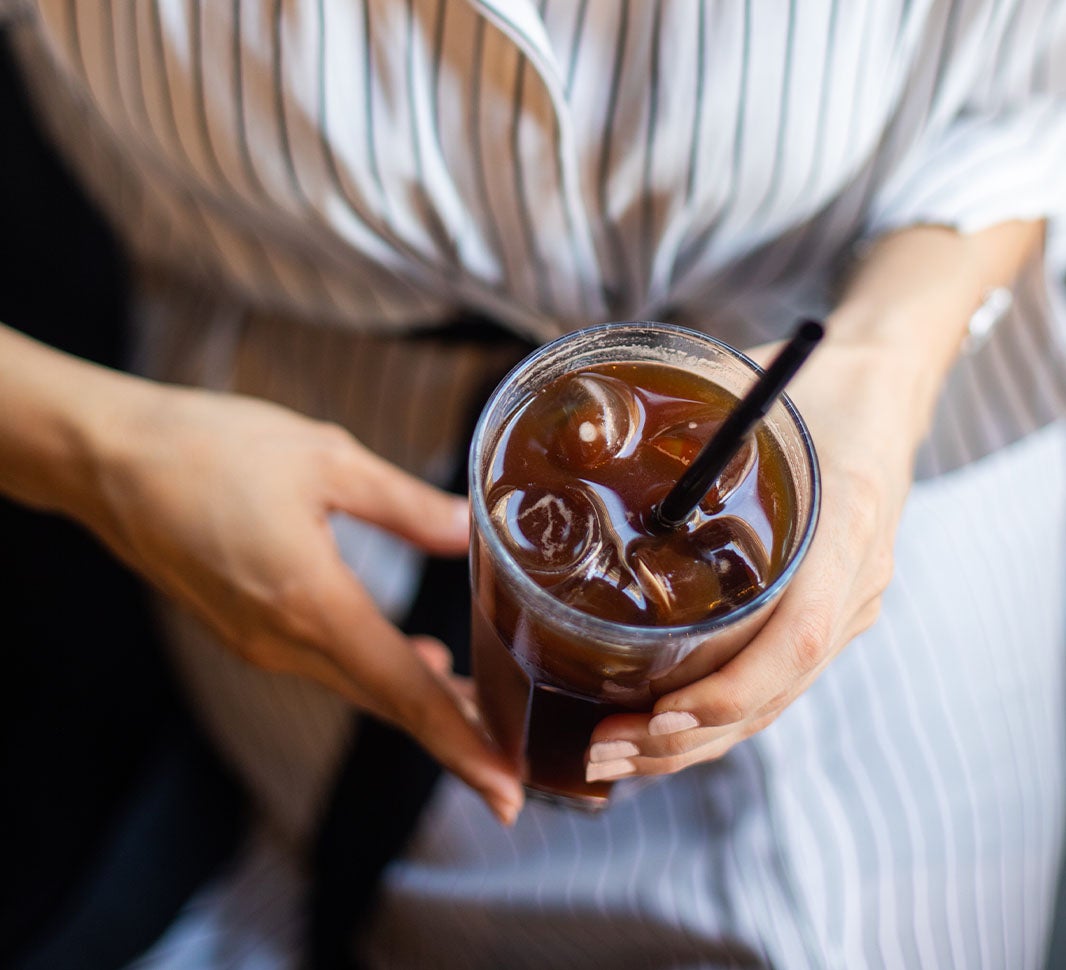
What’s the difference between a cold brew and an iced coffee?
Cold brew isn’t just another name for iced coffee! The key difference between a cold brew and an iced coffee is the latter is brewed hot, then chilled by pouring it over ice, resulting in a diluted coffee which many strong brew lovers don’t like. This is very different to cold brew coffee which involves creating a concentrate by slowly steeping the coffee grounds at room temperature which can then be served hot or cold.
Now you know what cold brew coffee is, and how it’s different to iced coffee, find out what a macchiato is next.
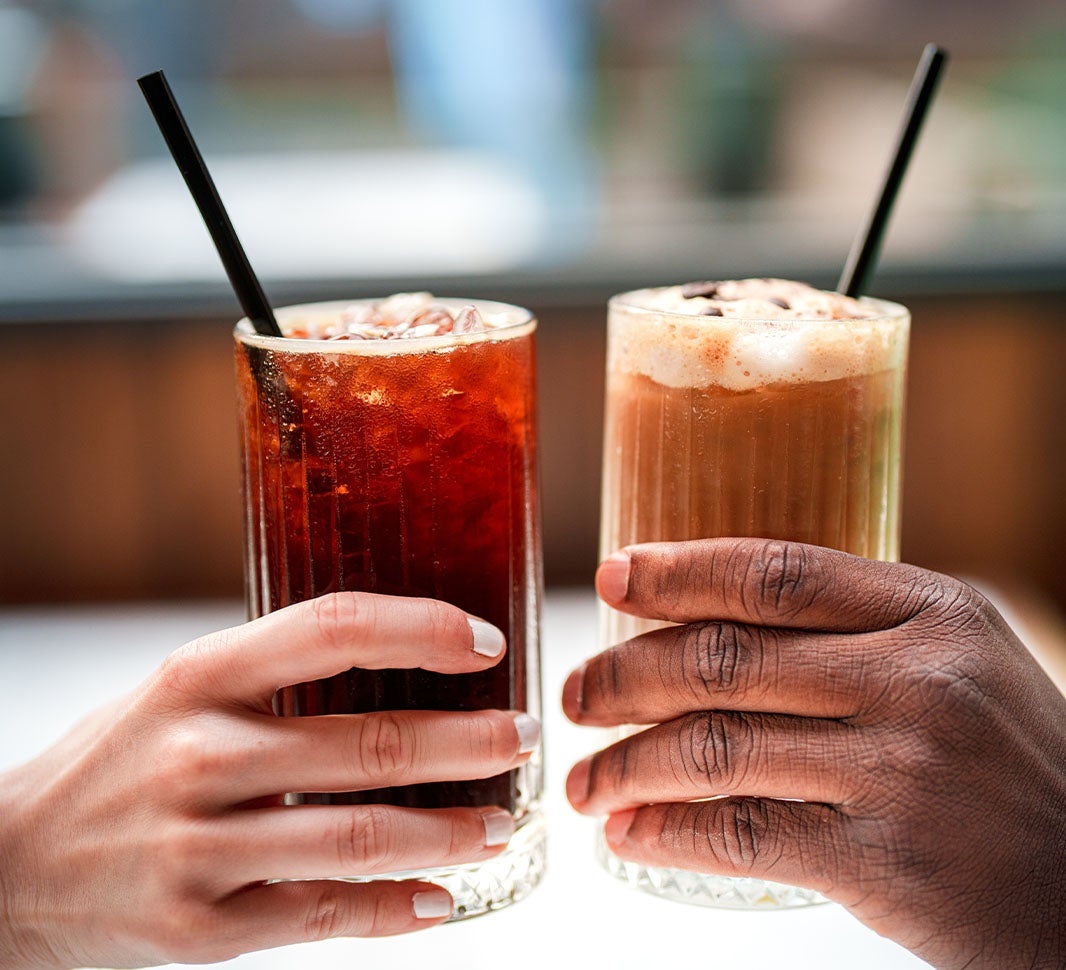
Today’s community favourites

What Is Craft Coffee?
The pursuit of quality
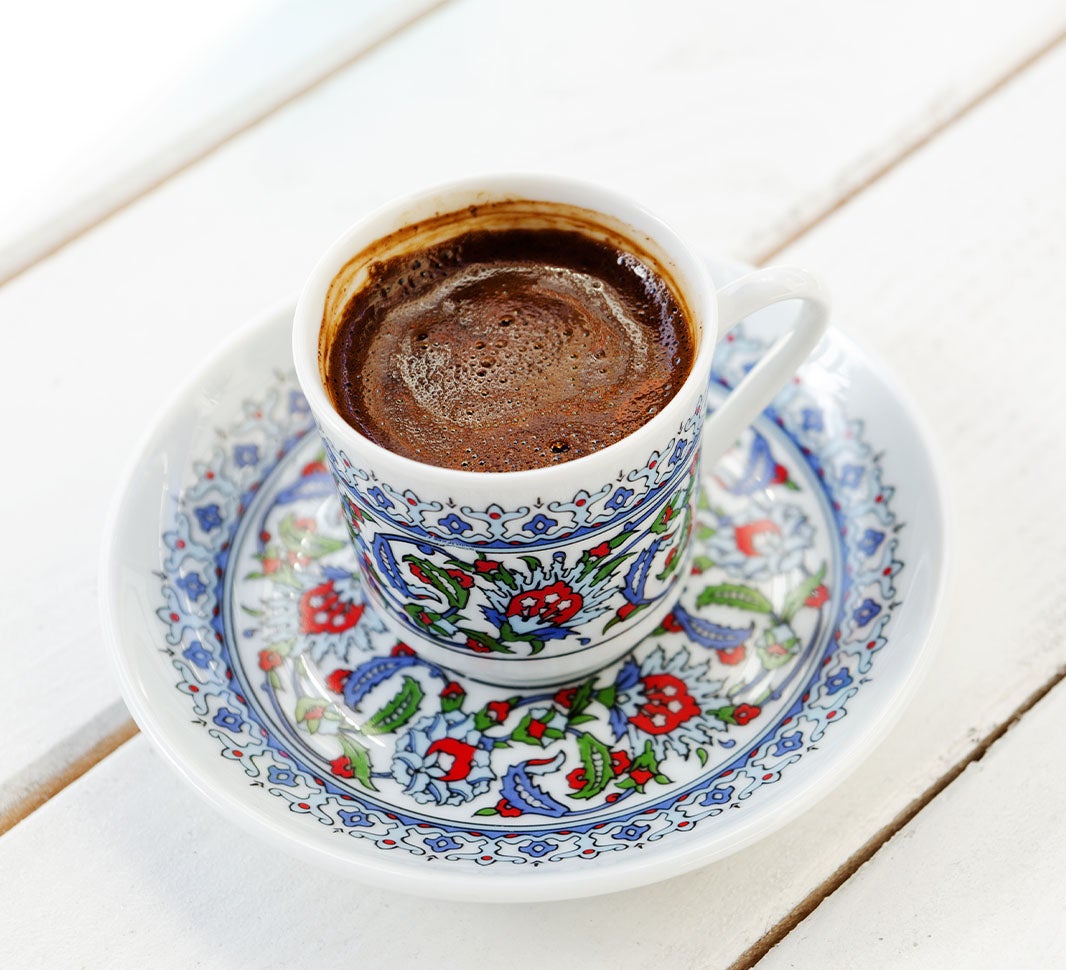
Craft coffee origins
The origins of craft coffee began with independent coffee roasteries roasting their own beans and experimenting with different flavour profiles. The craft coffee industry took off from there and according to Feast Magazine, craft coffee shop sales grew by an impressive 24% over the last five years. Its success is hardly surprising, given how much the craft beer industry is booming, with consumers becoming more conscious about the products they consume, actively seeking the highest quality available.
Only the best beans are selected
Craft coffee begins with the picking process. Because it’s all about creating the perfect cup of coffee, only the best beans make it through.
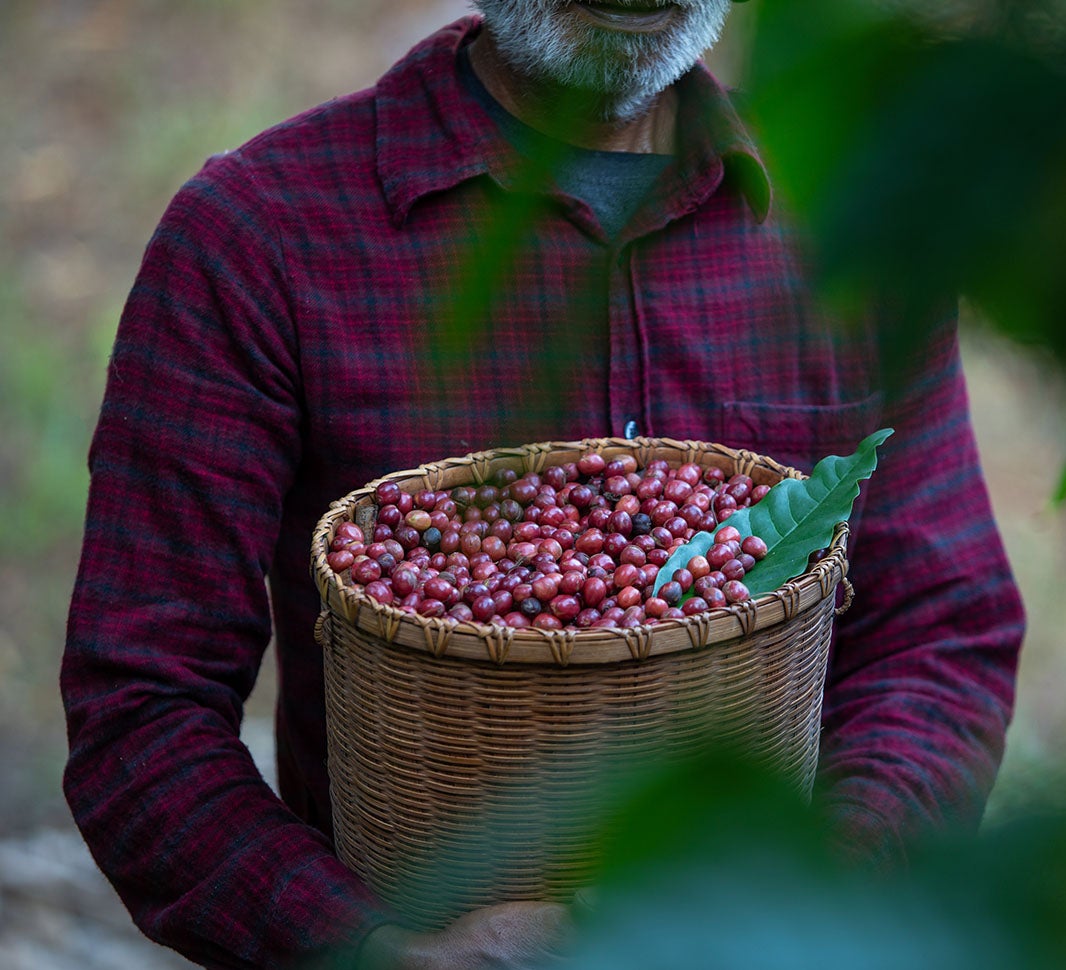
Roasted to perfection
One of the key things that sets craft coffee apart from the rest is the roasting process. Coffee beans are only roasted in small batches, giving roasters more control over how the beans turn out, as roasting on a larger scale can over or under roast the beans, possibly resulting in less consistent flavour.
Single sourced
One of the reasons craft coffee is considered so popular is because most beans used in this process are single origin and can be traced back to a single farm or location. This traceability allows consumers to understand exactly where their coffee is coming from and also ensures higher quality beans with more consistent flavour profiles, as the beans possess characteristics which are unique to that particular region.
What is NESCAFÉ Craft coffee?
At NESCAFÉ, we partnered with Grindsmith, a speciality coffee roaster based in Manchester, to create the UK and Ireland’s first craft coffee in an instant format. Our NESCAFÉ AZERA Grindsmith Craft Coffee is a one-of-a-kind coffee experience that’s been created with carefully selected 100% Arabica coffee beans and the rare Quindio bean from Colombia. What’s more, this blend scored 82/100 on the Specialty Coffee Association Scale, making it the only known instant coffee able to claim the craft accolade.
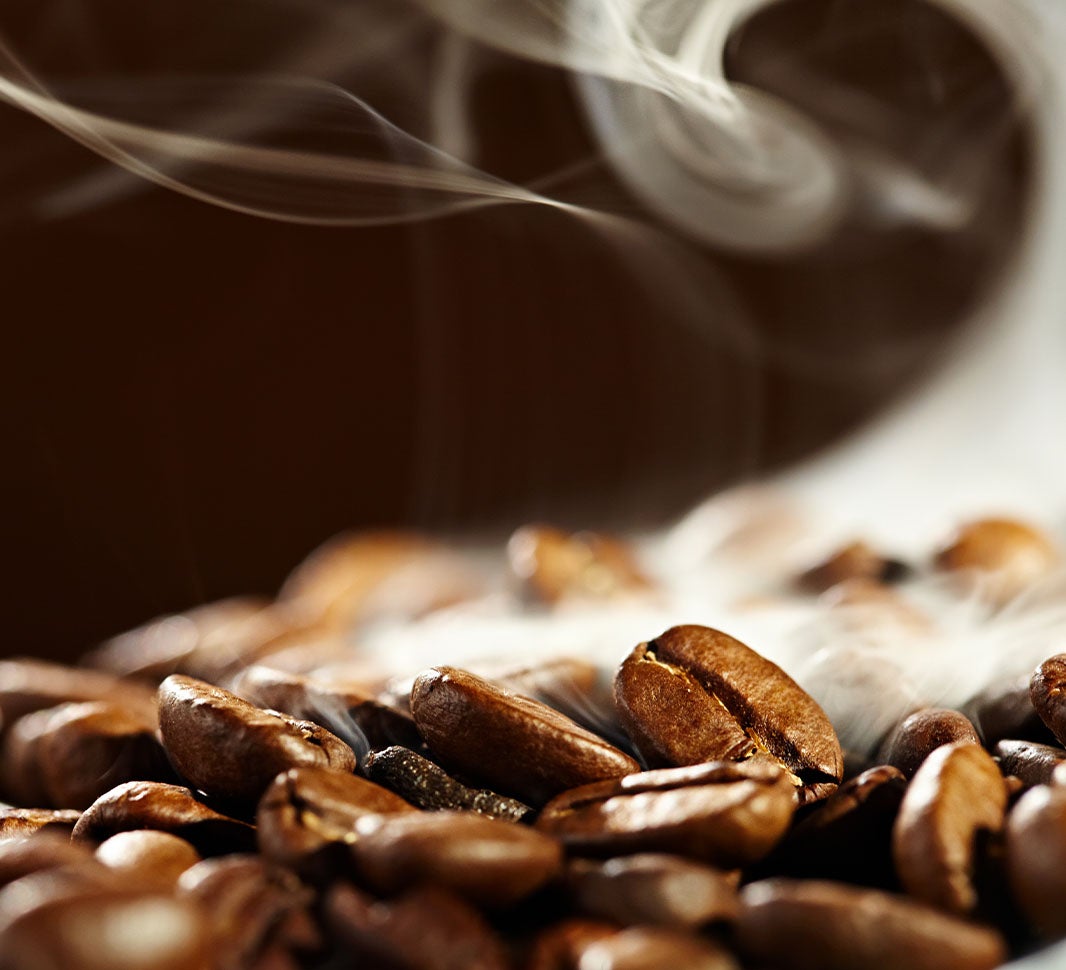
Today’s community favourites

What Is Decaf Coffee?
Simply delicious
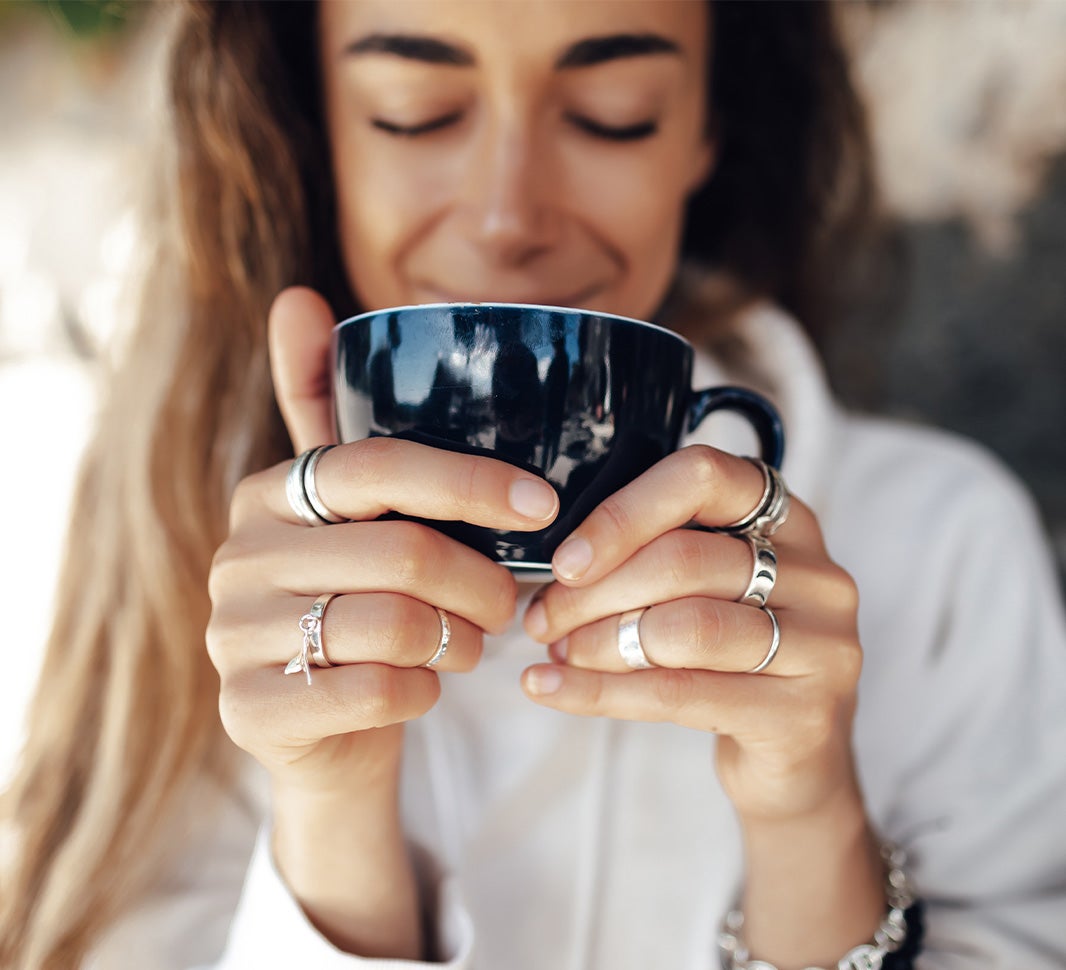
What does decaf mean?

Decaffeinated vs caffeinated coffee - what is difference?
Besides the reduced caffeine content, there is usually only a very slight difference in the taste and the smell. But if you are purchasing quality coffee such as our wonderful NESCAFÉ decaf range, you won’t have to compromise on taste or quality.
Now that you know what decaf coffee is, find out what a flat white is next.
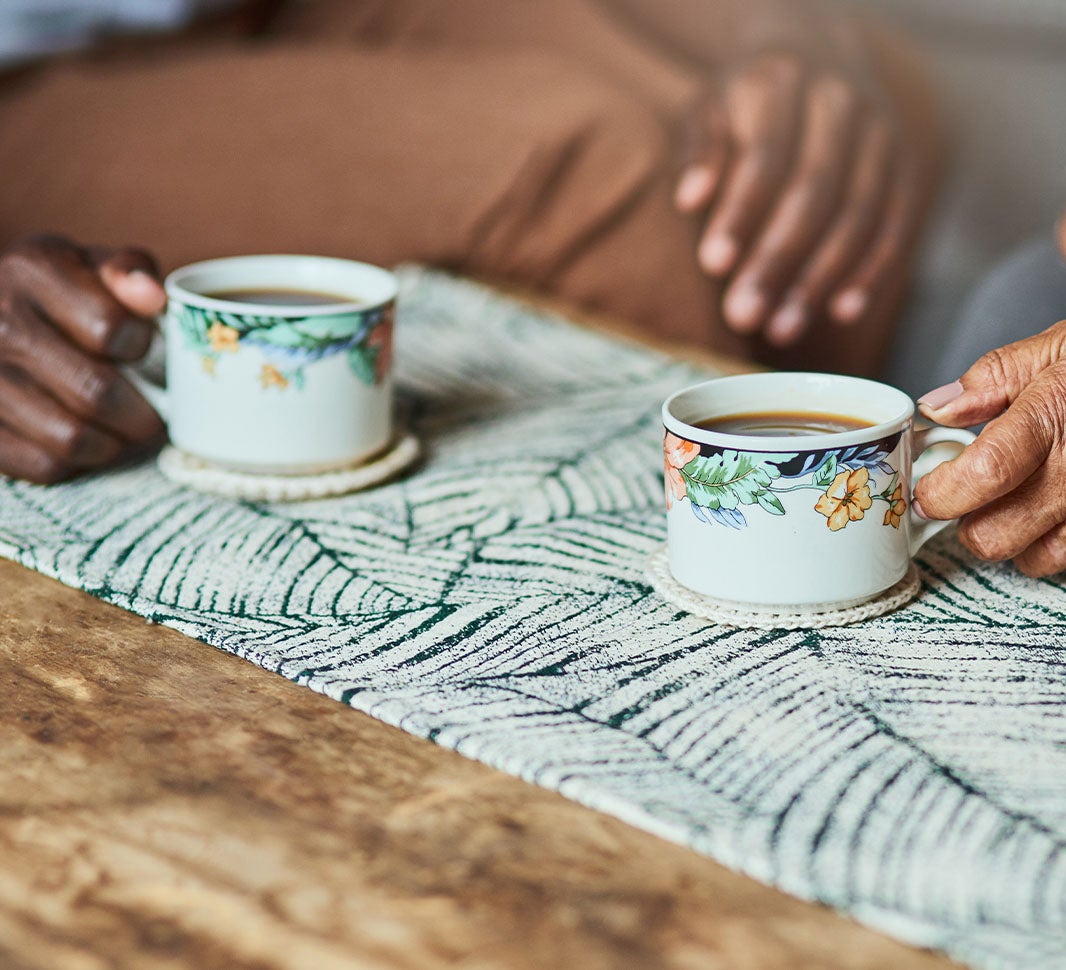
Today’s community favourites

What Is A Long Black Coffee?
Simply delicious

Long black coffee origins
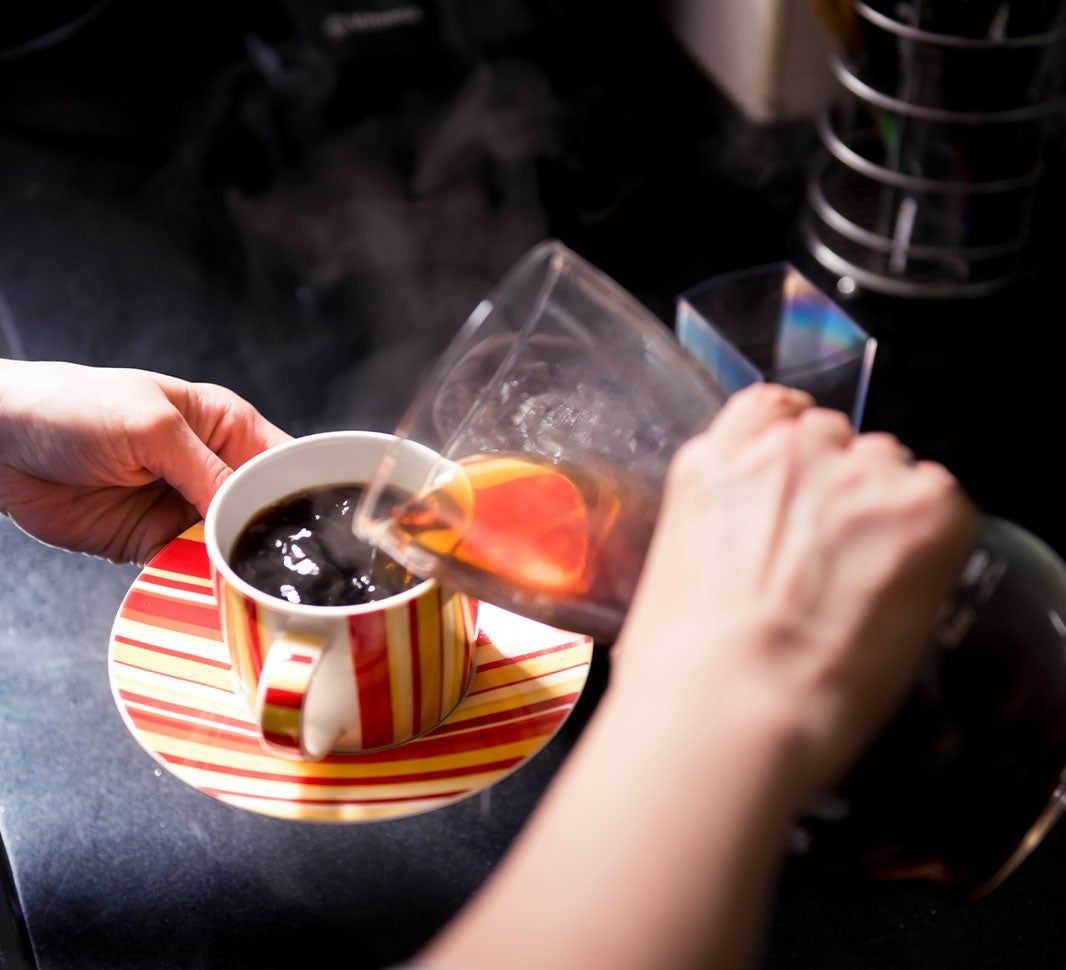
How to make a long black coffee
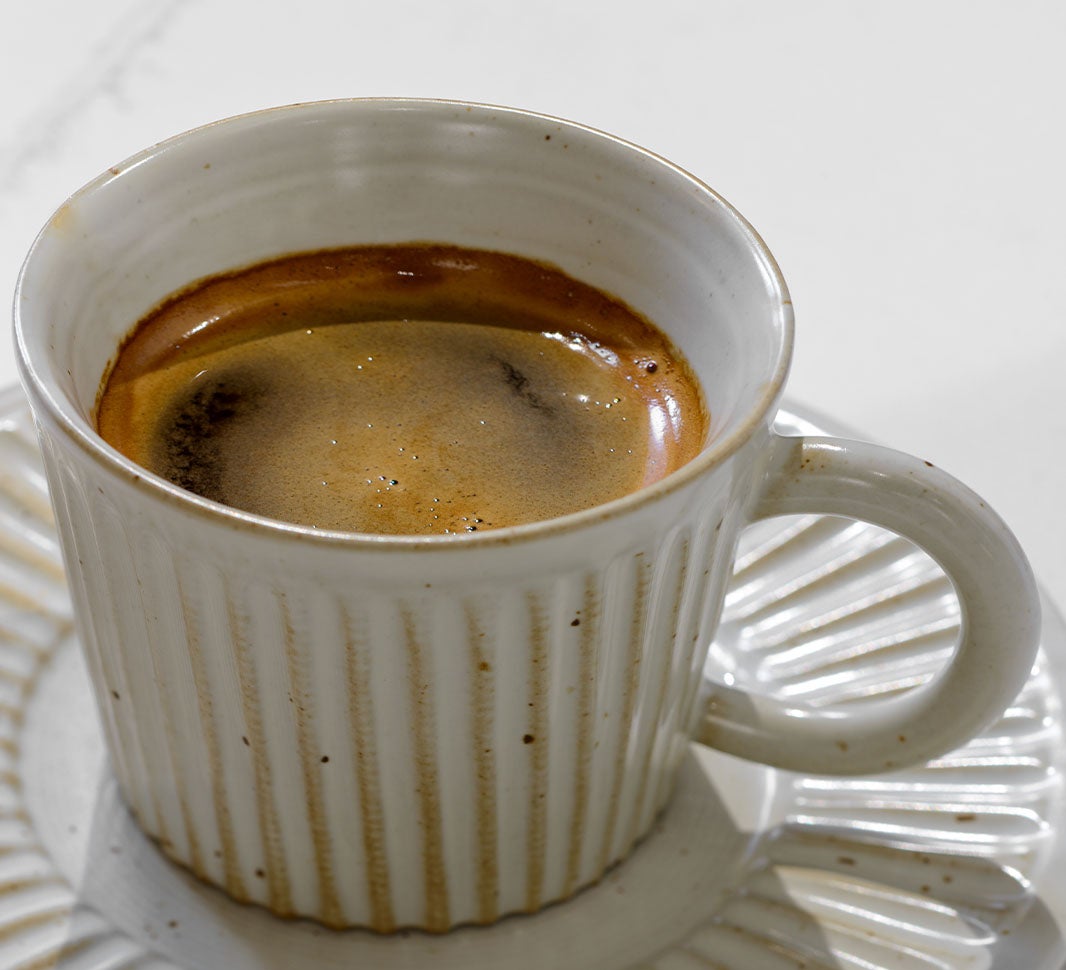
Using an espresso machine
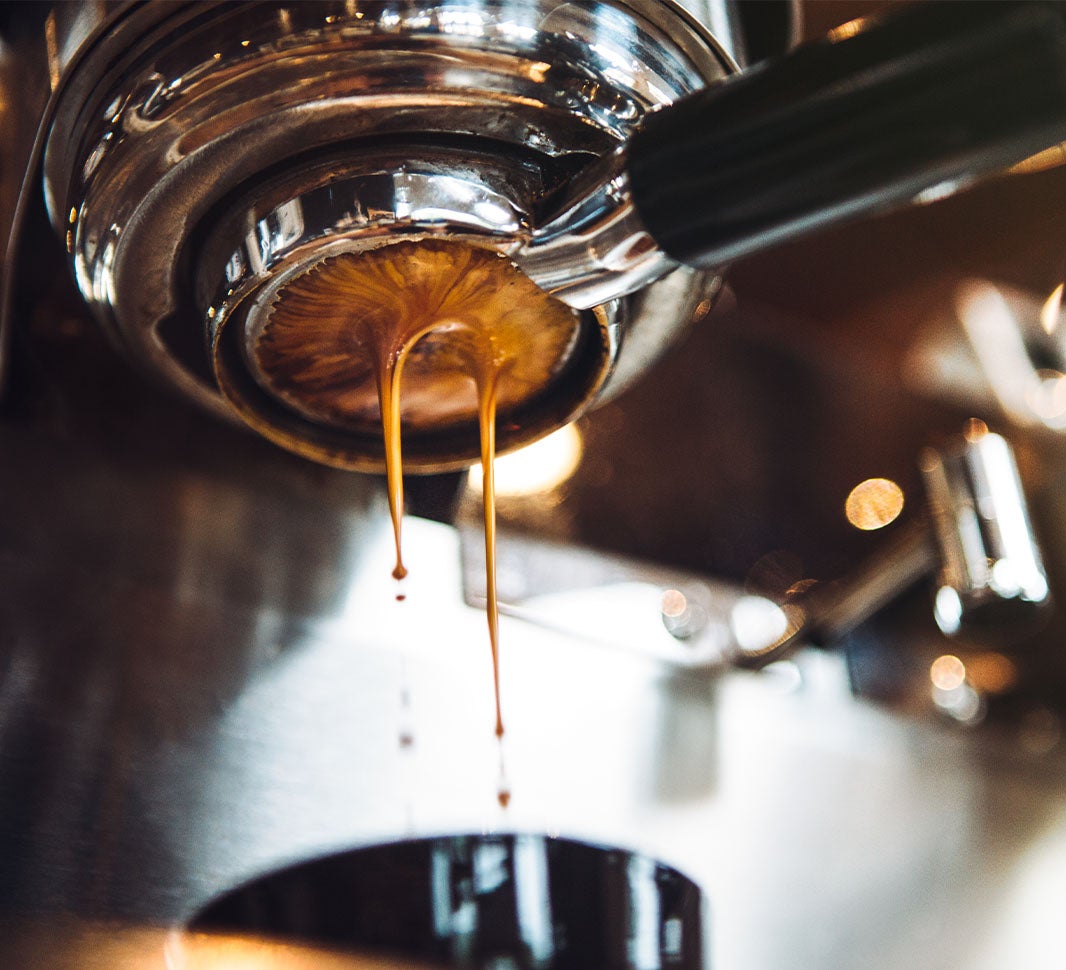
Using a moka pot
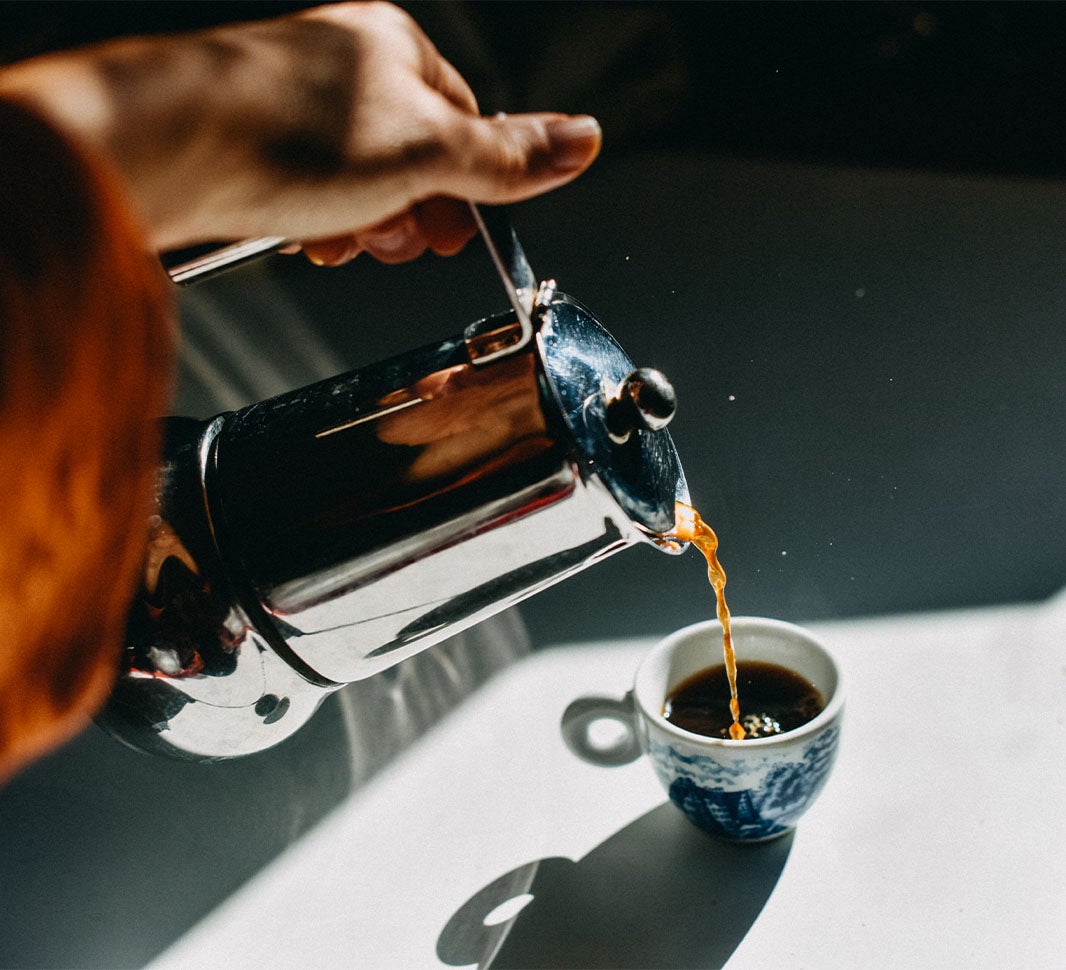
What does long black coffee taste like?
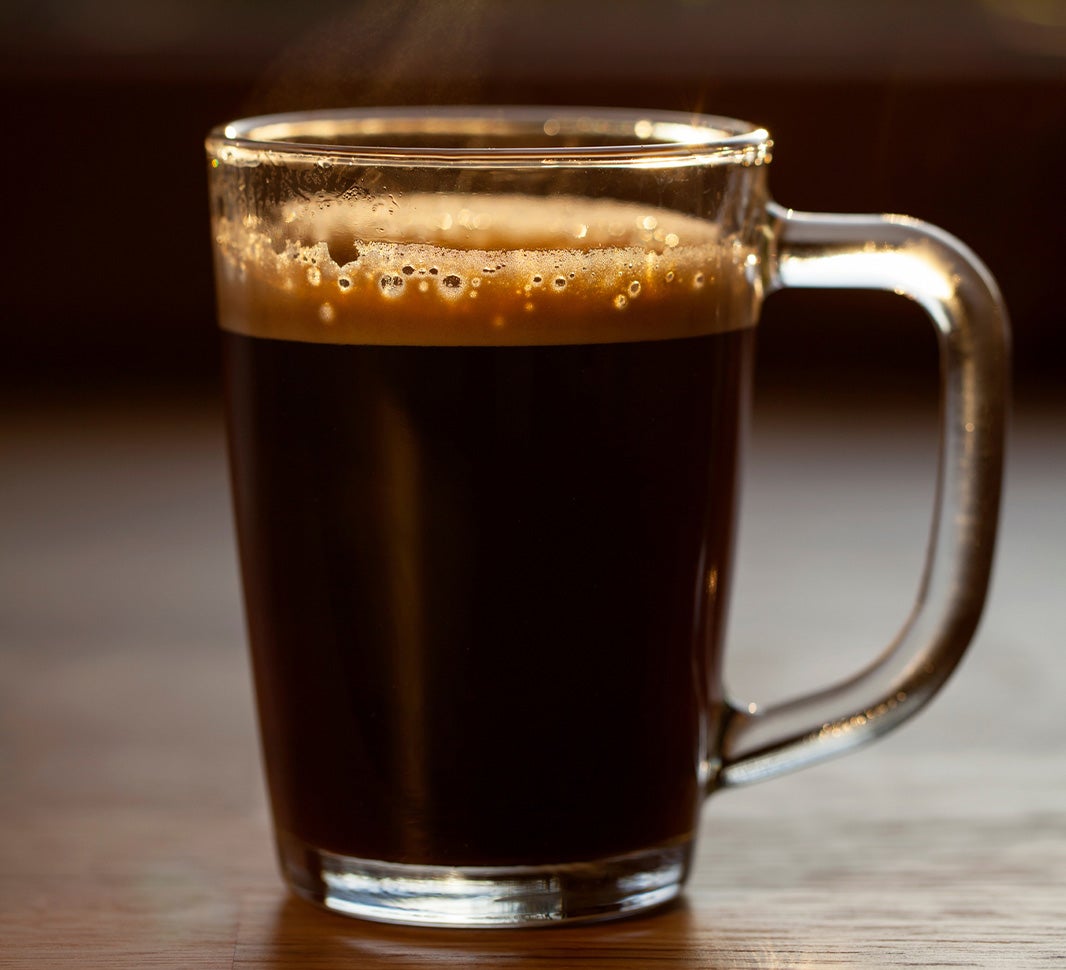
Long black coffee vs americano - what’s the difference?
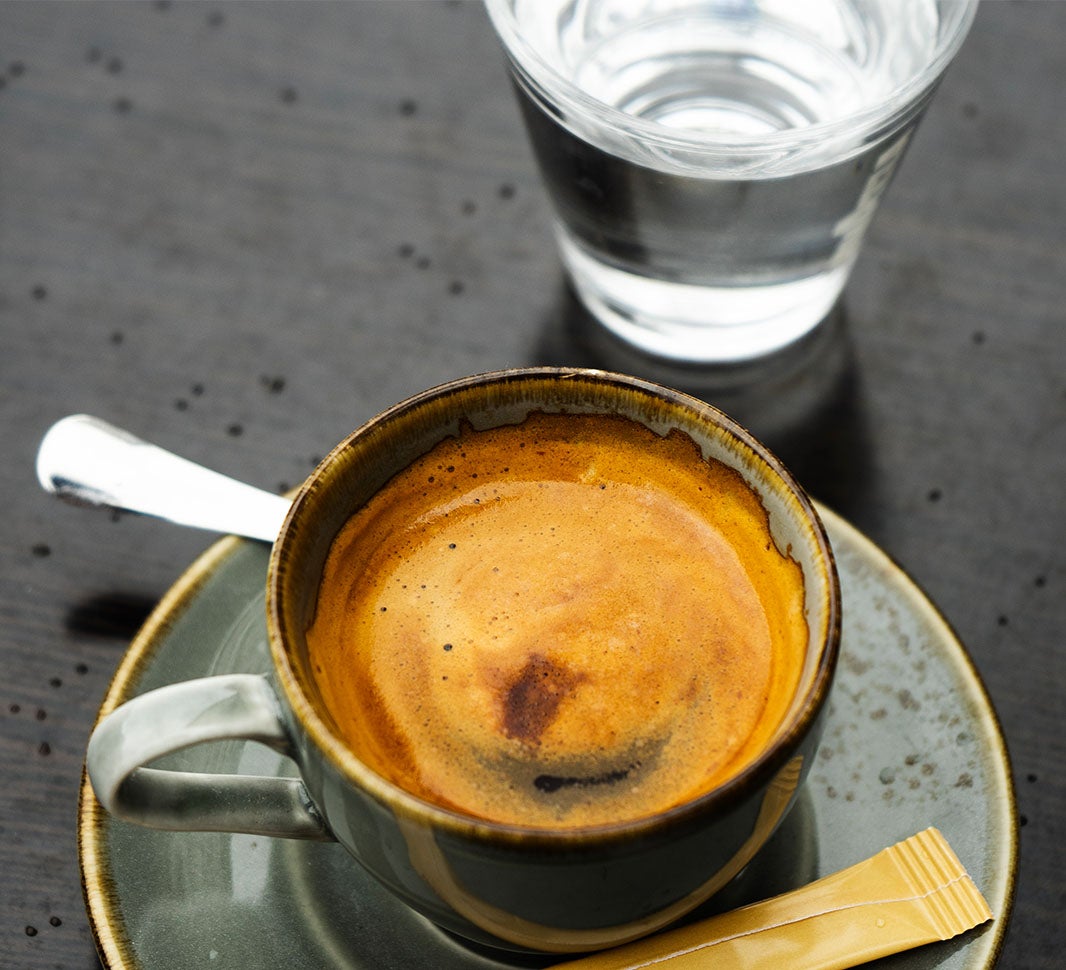

Today’s community favourites

Coffee Table Books To Inspire
For the dog lover

For the fashion fanatic
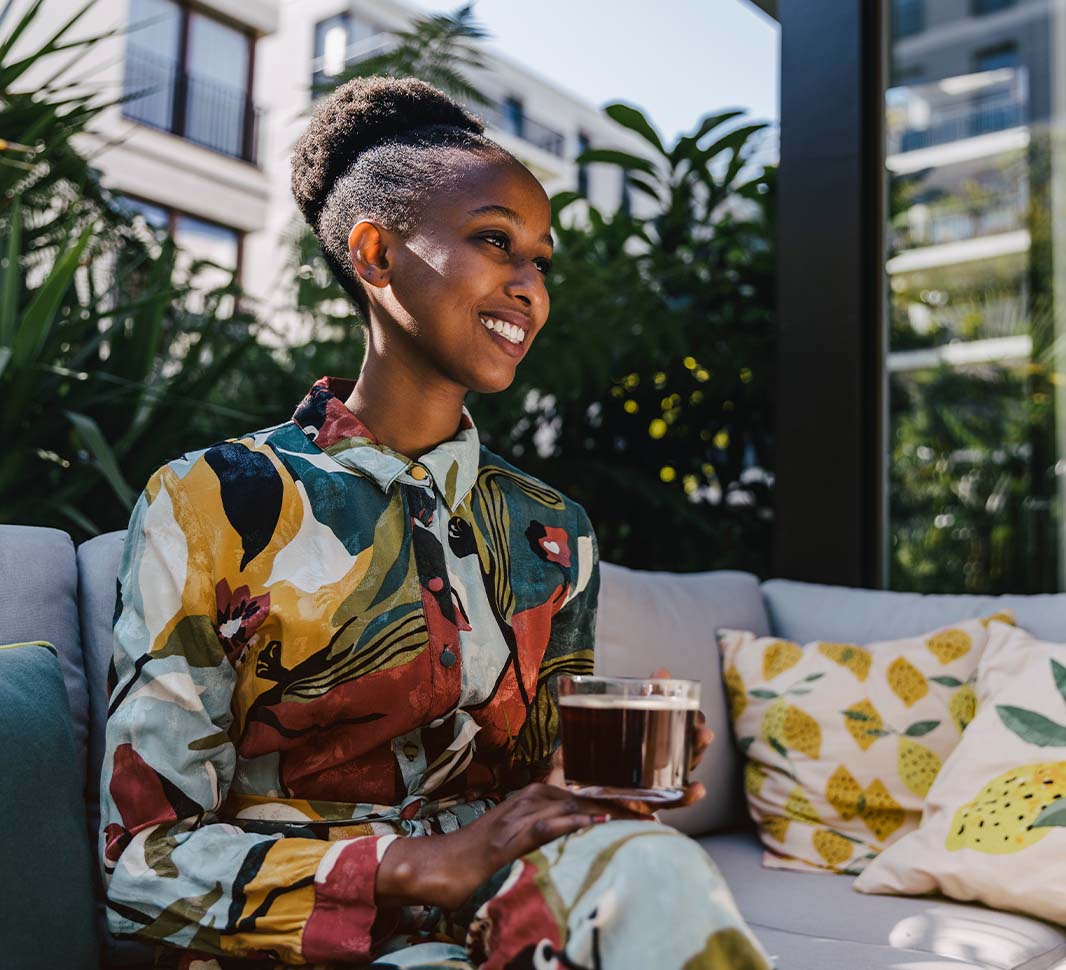
For the tattoo enthusiast
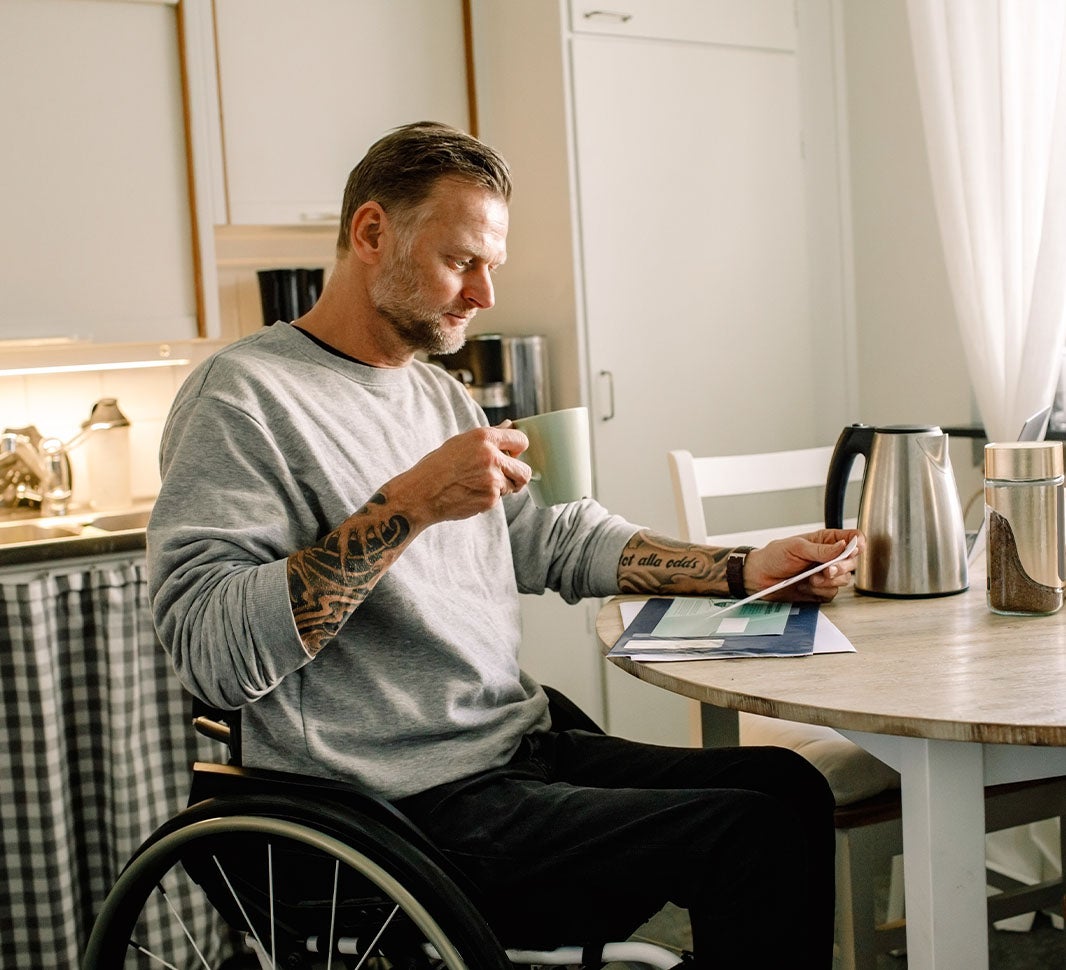
For the travel bug
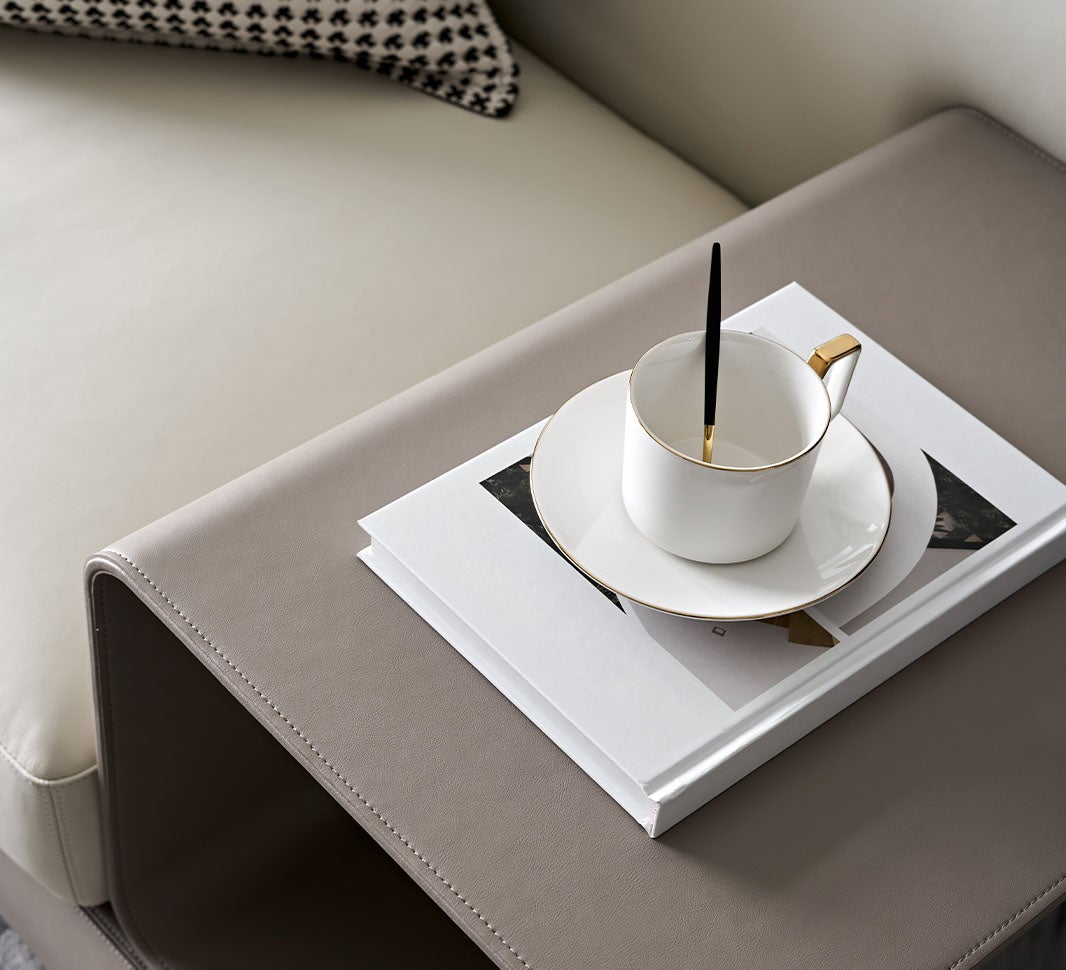
For the trend setter
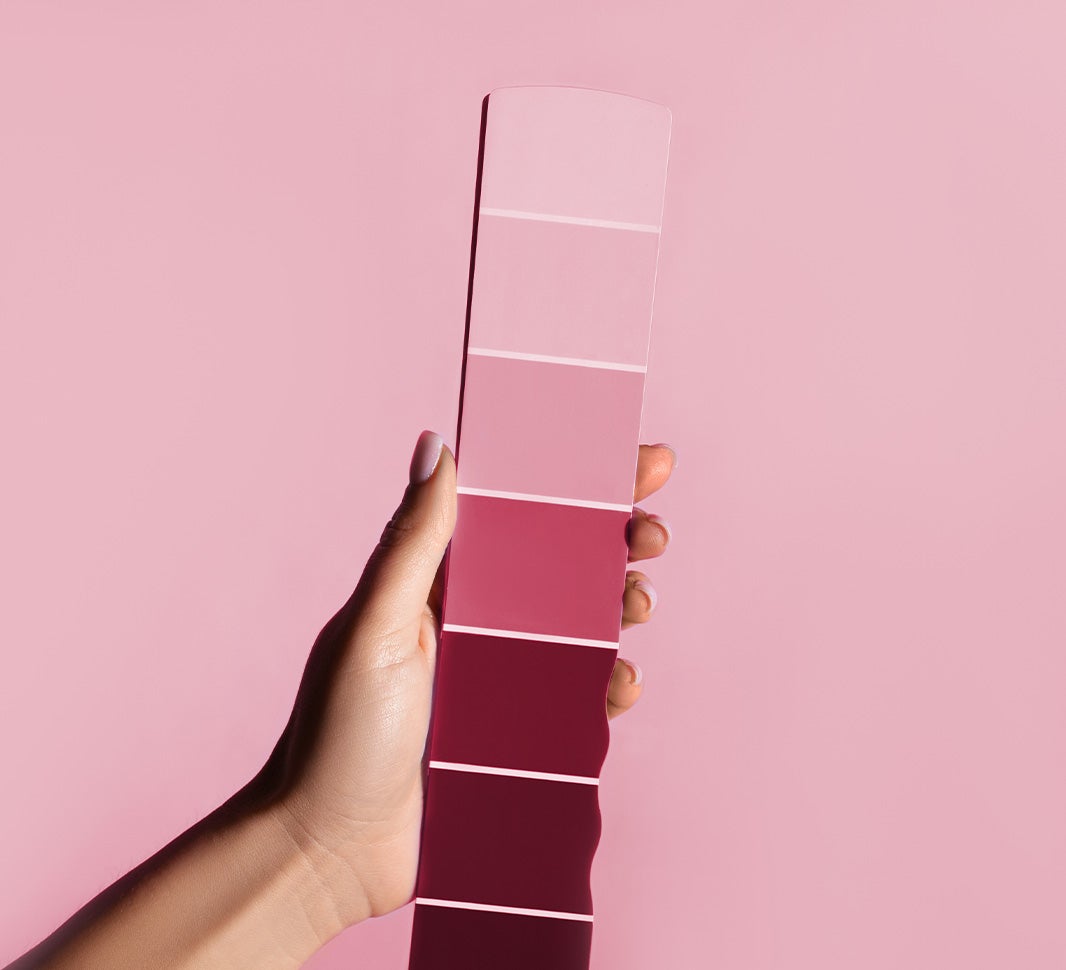
For the budding architect
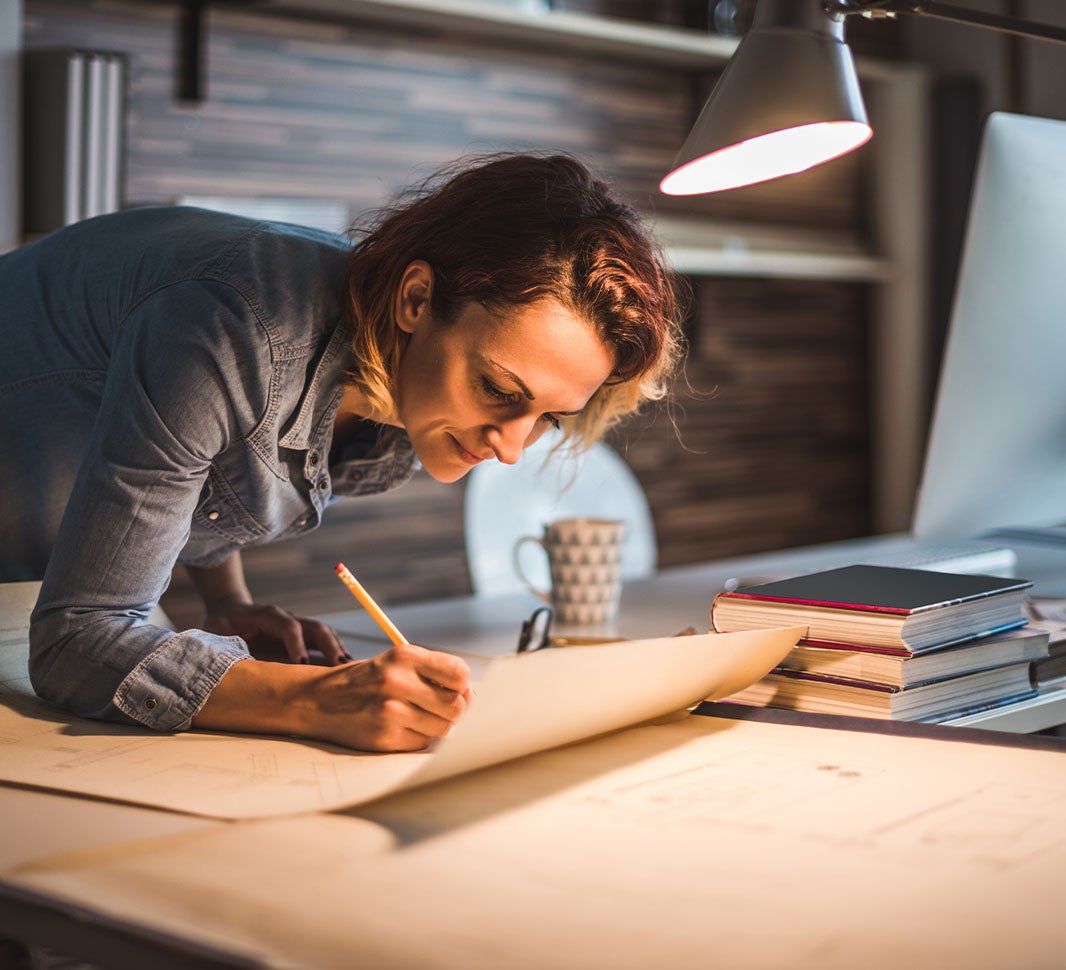
For the proud feminist
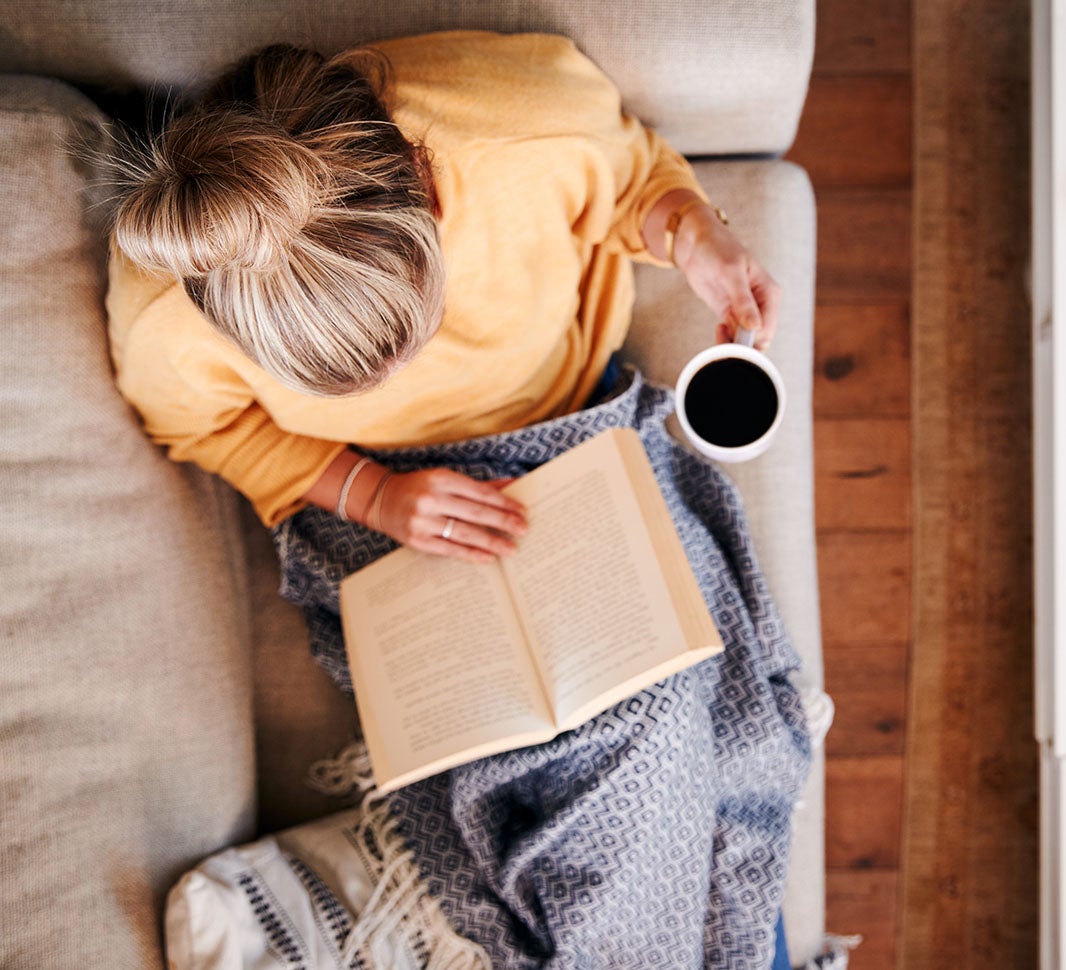
For the interior design admirer

For the host with the most

For the conscious adventurer
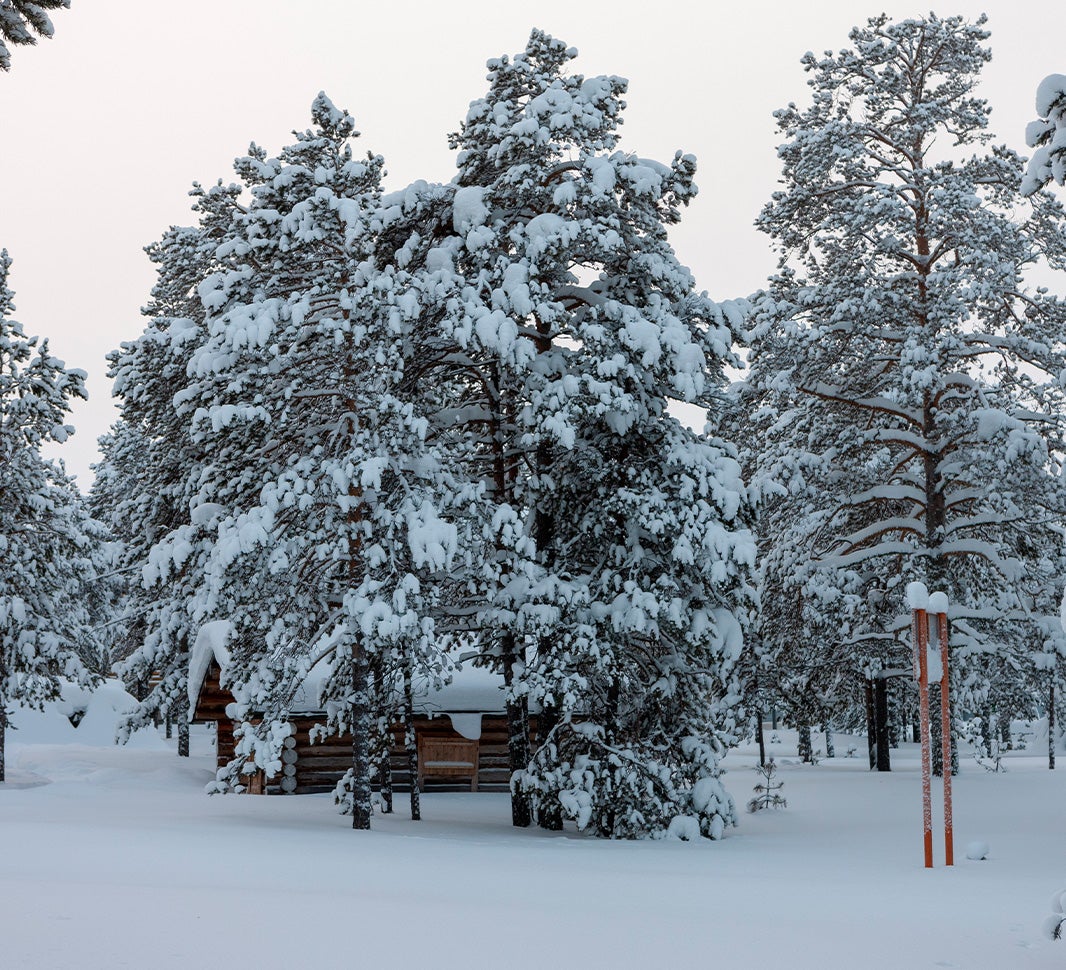
For the beauty expert
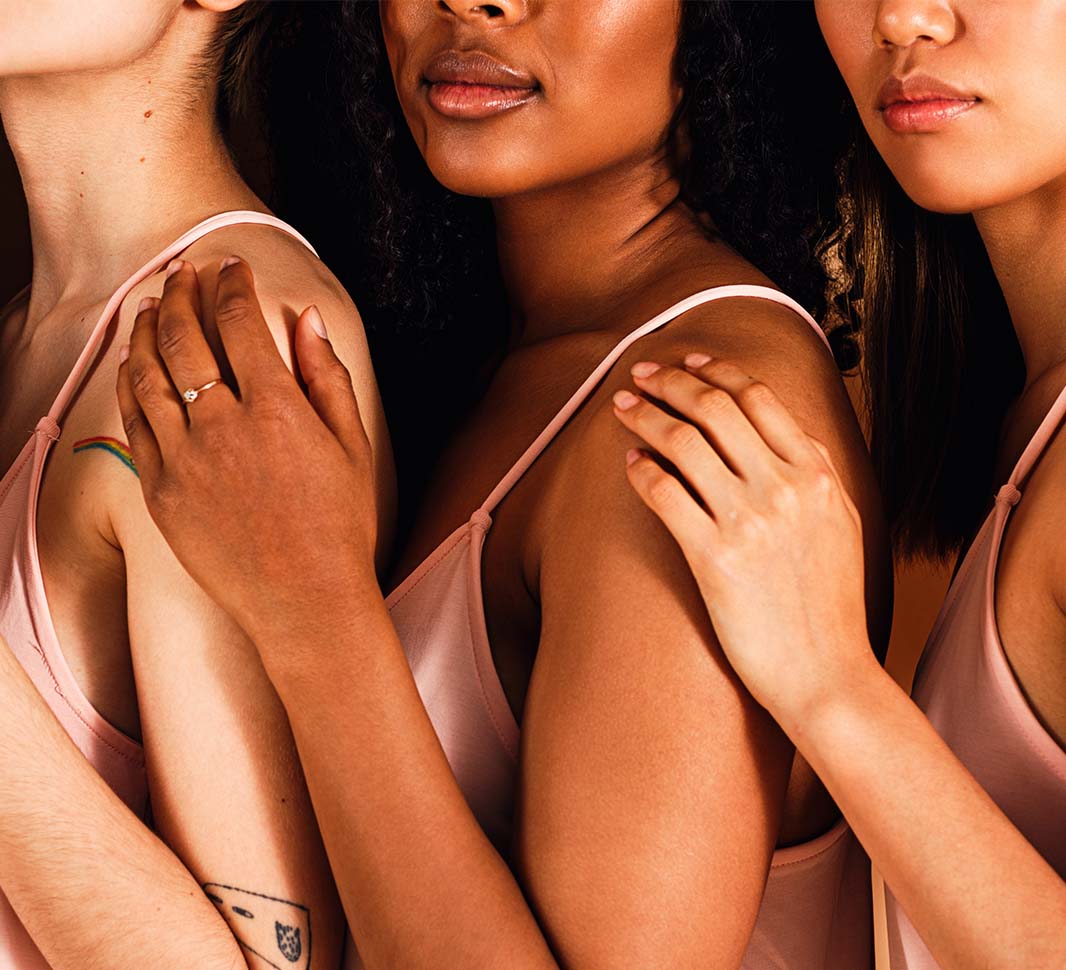

What Is Drip Coffee?
Indulge yourself
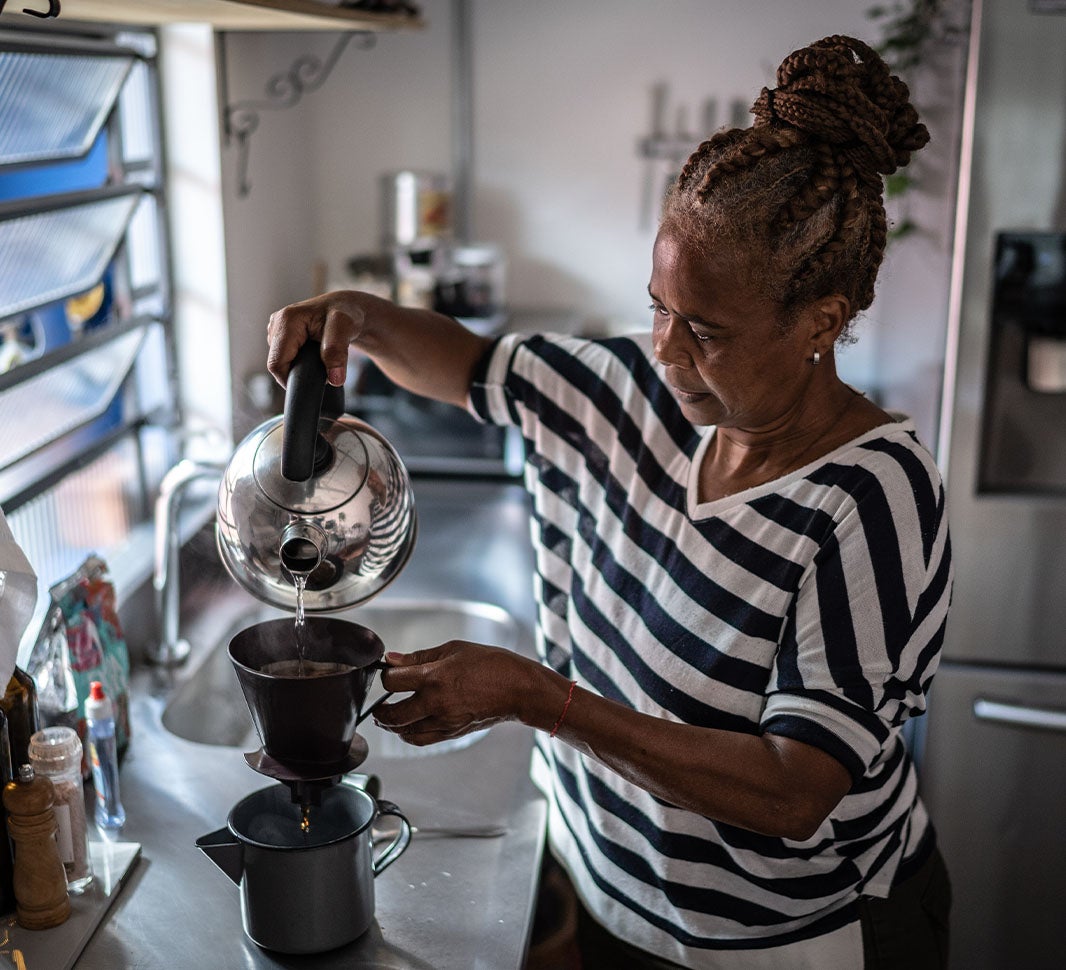
What does drip coffee taste like?
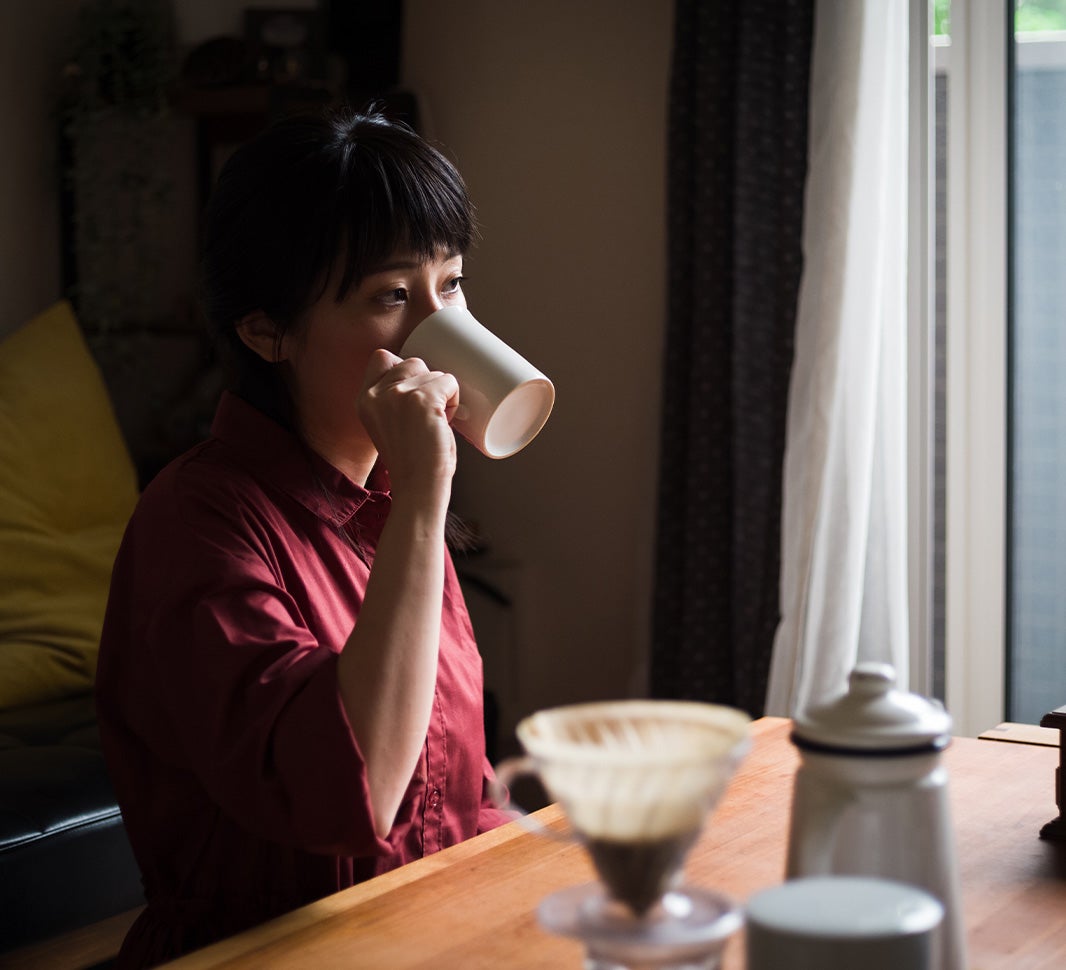
What is cold drip coffee?
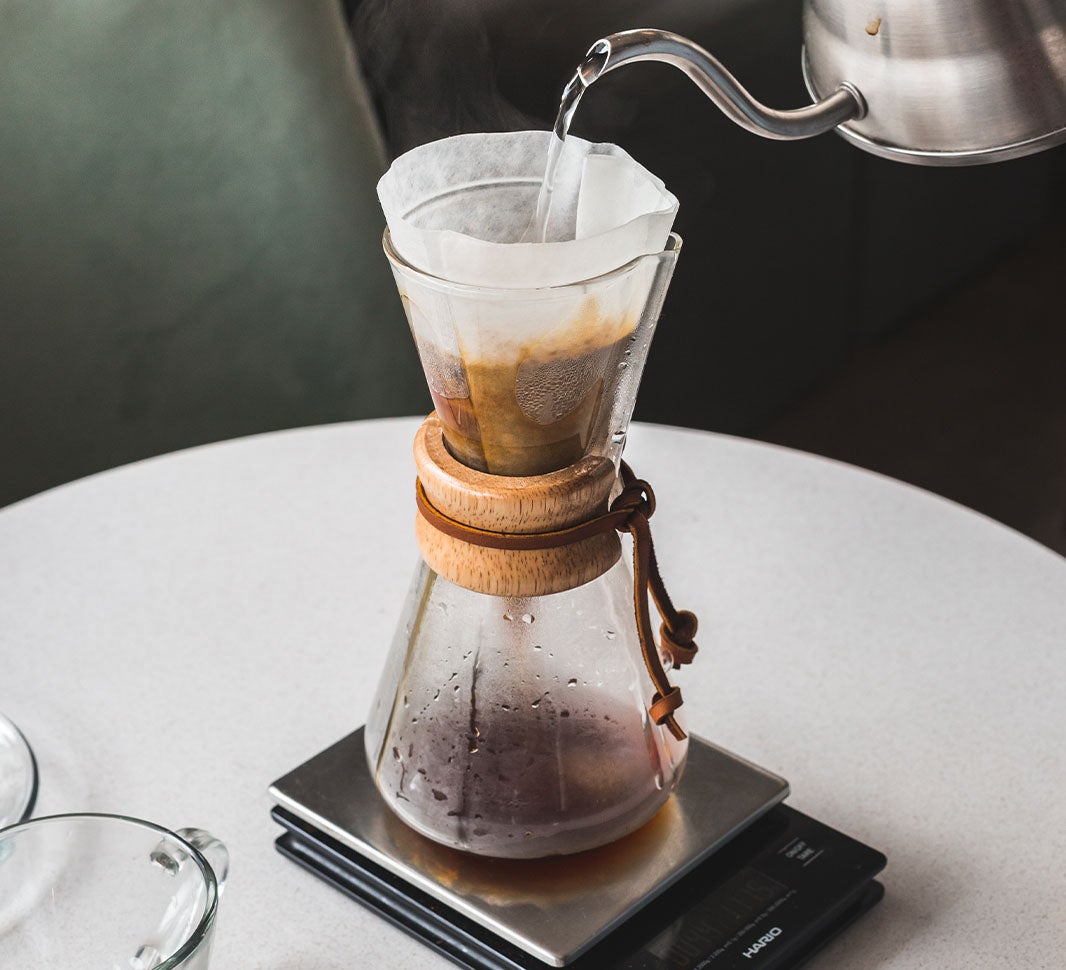
Origin of drip coffee
This brewing method was first developed in 19th century France and quickly become the most popular way to prepare coffee. It involved putting ground coffee into a container between two chambers of a pot, with heated water added to the top chamber. The coffee was then percolated and dripped down through the coffee into the bottom serving receptacle. One of the biggest developments in drip coffee came in 1908 when a German woman called Amalie Auguste Melitta Bentz invented the first coffee filter. She soon patented her paper filter and established the Melitta company, eventually creating the cone-shaped filter you’re familiar with today.
Now that you know what drip coffee is and where it came from, find out what a cappuccino is next.
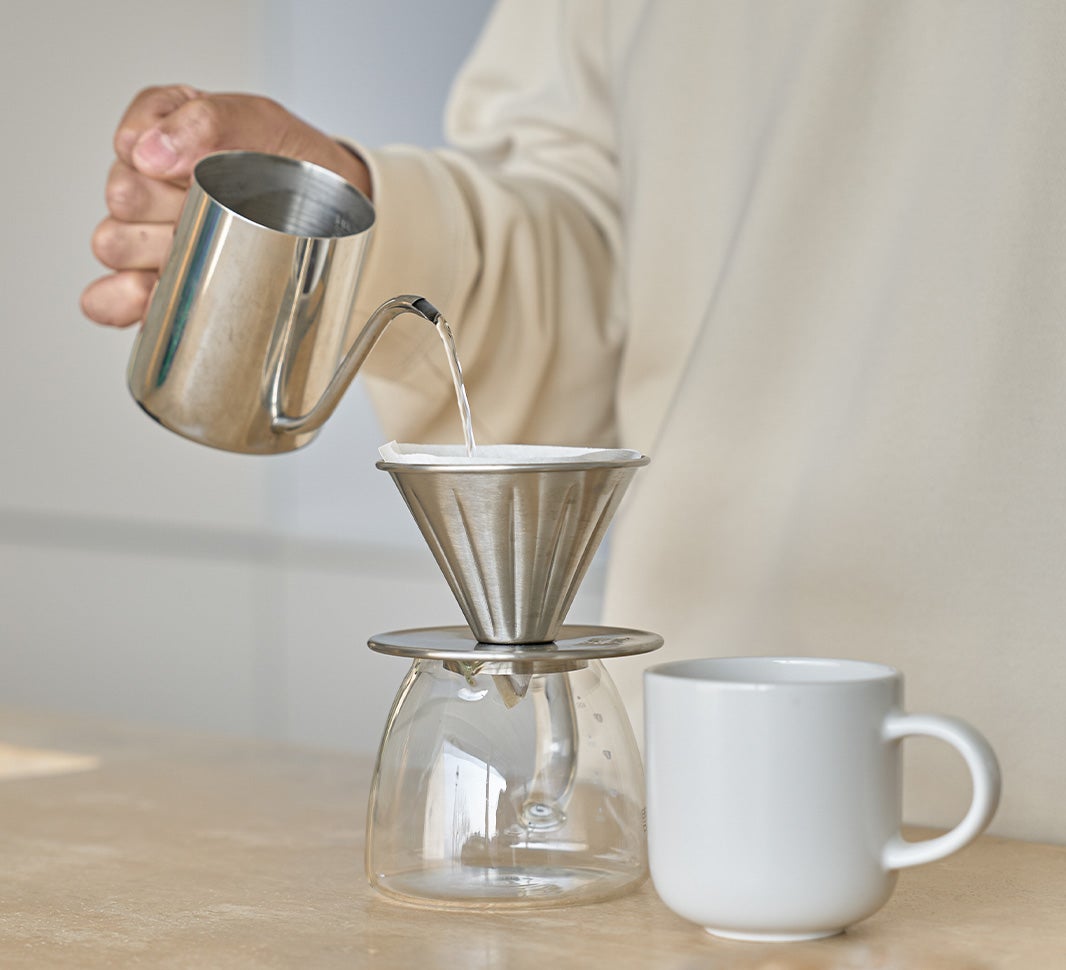
Today’s community favourites

What Is Instant Coffee?
Instant coffee is made from real coffee beans.
The soluble and volatile contents of the beans are extracted, then the water is removed, leaving the powder or concentrated soluble coffee powder. It’s essentially dehydrated for your convenience – just add water and enjoy! You might also see instant coffee referred to as soluble coffee, powdered coffee or granulated coffee.
Like other coffees, instant coffee also comes in a variety of roasts: dark, medium and light, so you’re still able to choose the strength that you love. You might also be looking for the same rich flavour, but less caffeine. Luckily, decaf instant coffee is available with the same convenience.

Regular vs instant coffee - what’s the difference?

How to make instant coffee
Instant coffee is so easy to make, simply follow these 4 steps:
1. Pick your favourite mug2. Add 2 teaspoons of instant coffee, boil your kettle
3. Let your boiled water rest for 30 seconds (pouring fresh boiling water onto coffee can lead to a bitter taste) and fill your mug
4. Stir until the instant coffee is completely dissolved, and enjoy!
And there you have it – an indulgent, rich coffee with minimal fuss.
Instant coffee is often enjoyed with milk or your favourite plant-based alternative, but you can easily add flavoured syrup like vanilla or caramel.
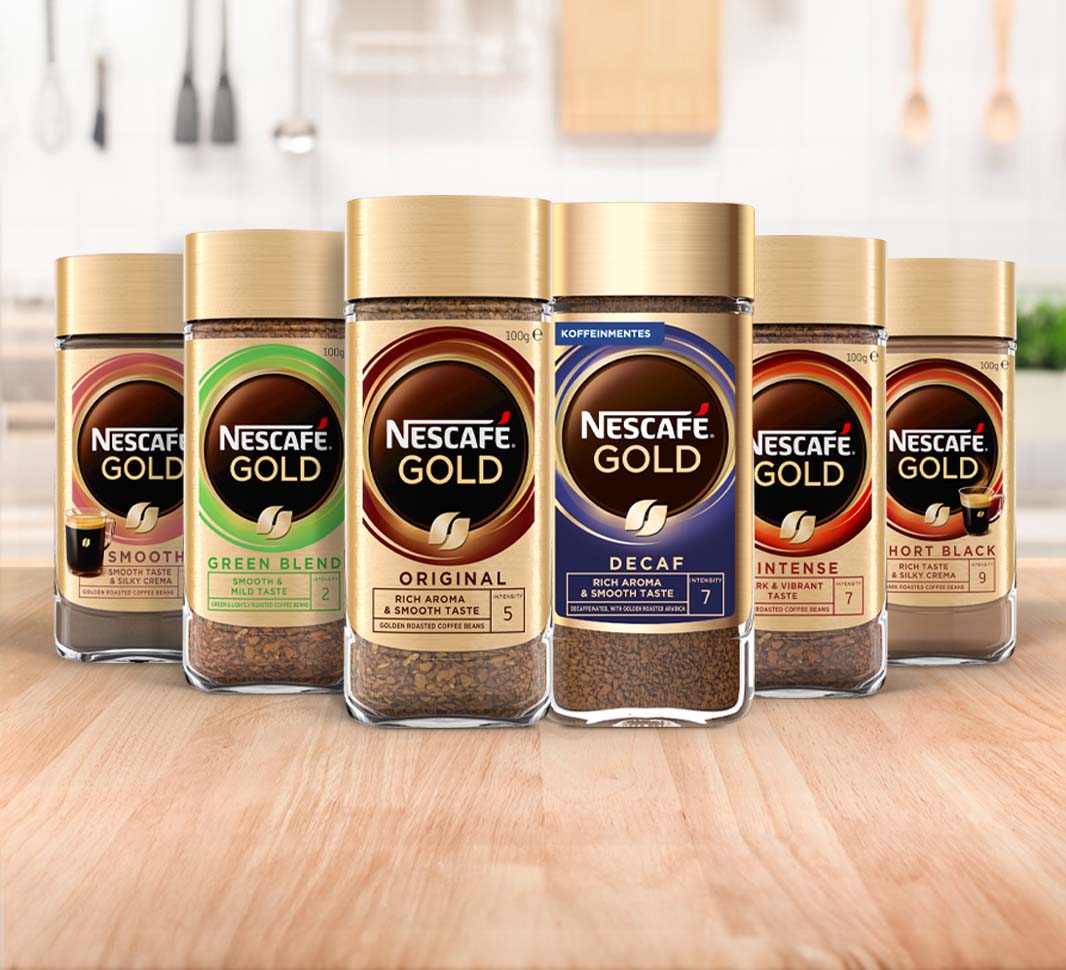
Why choose instant coffee?
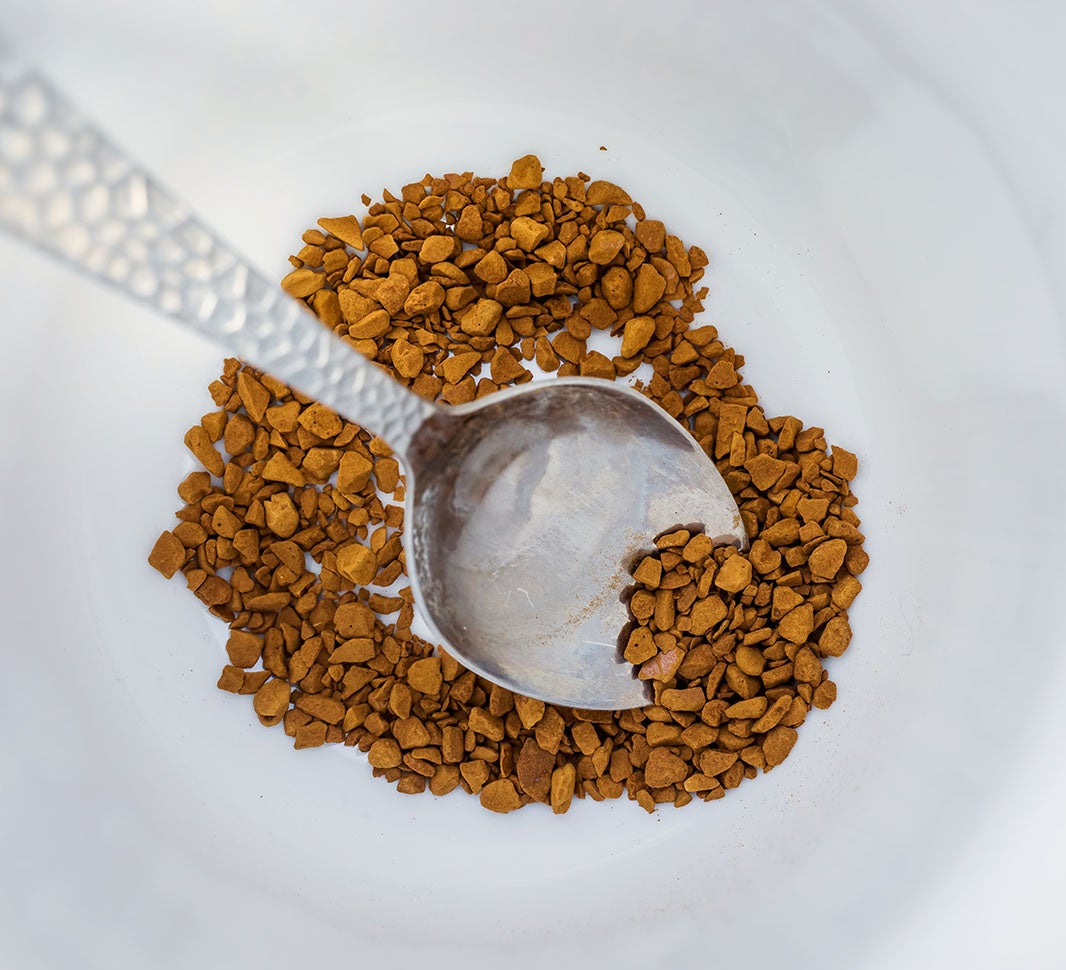
Today’s community favourites




